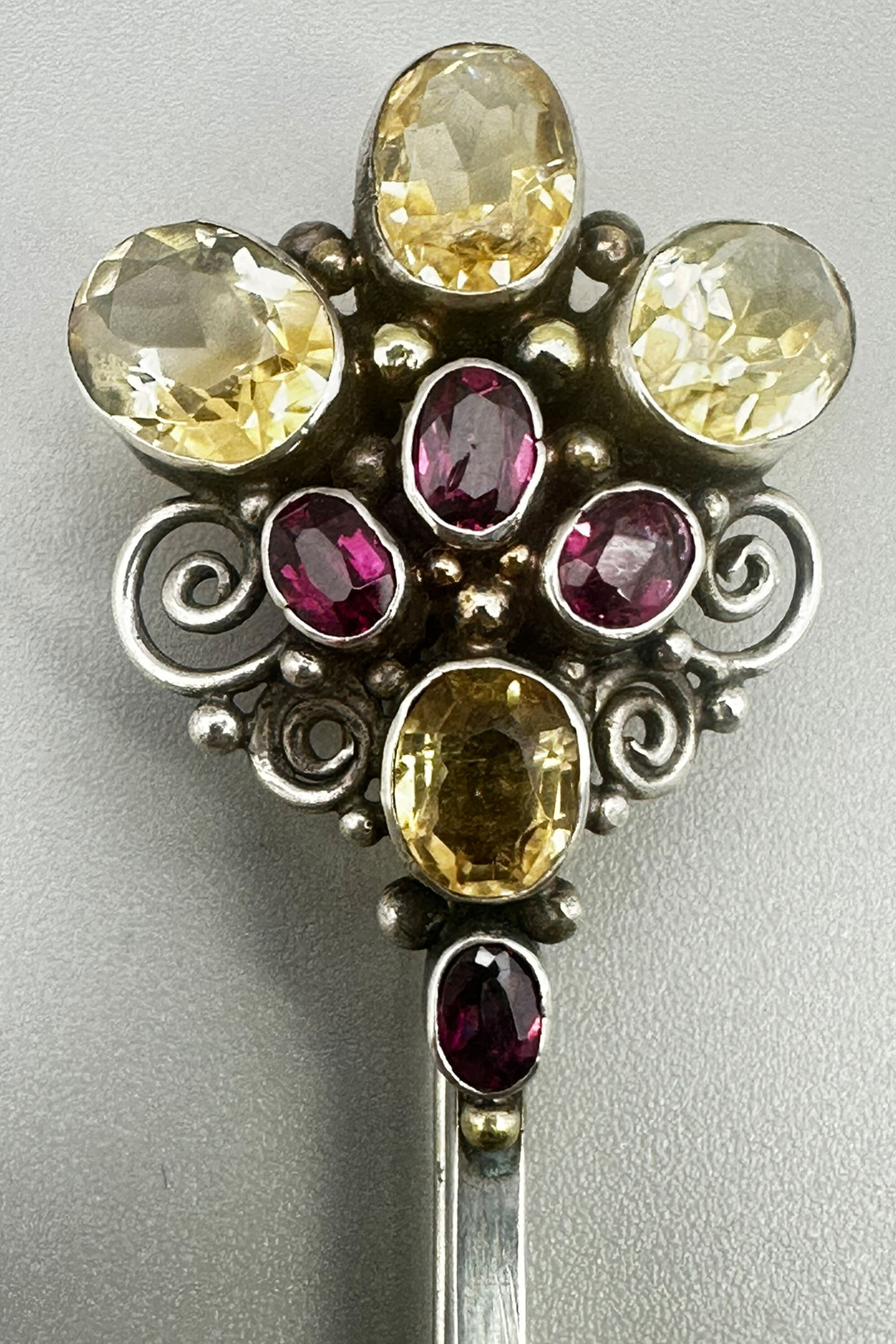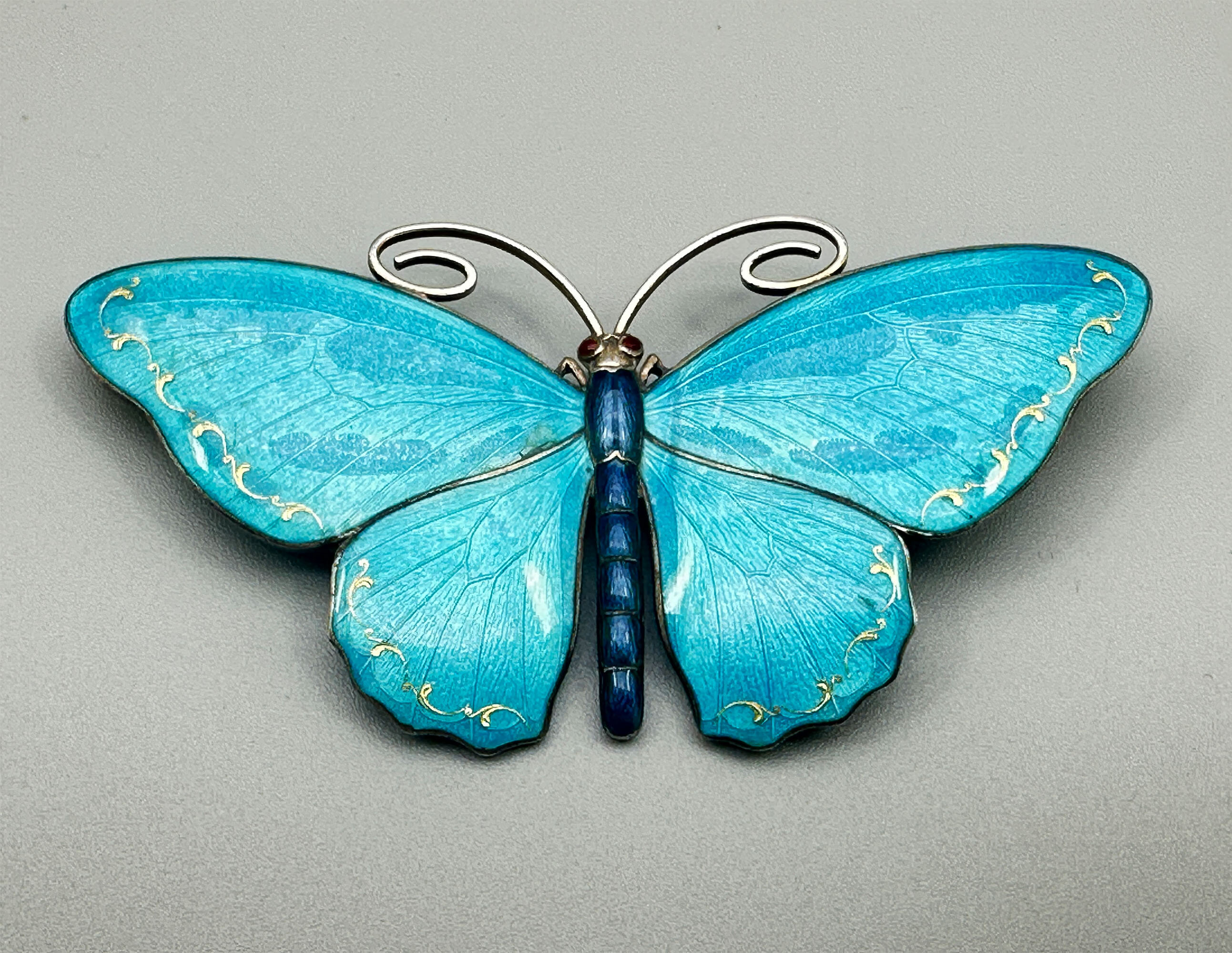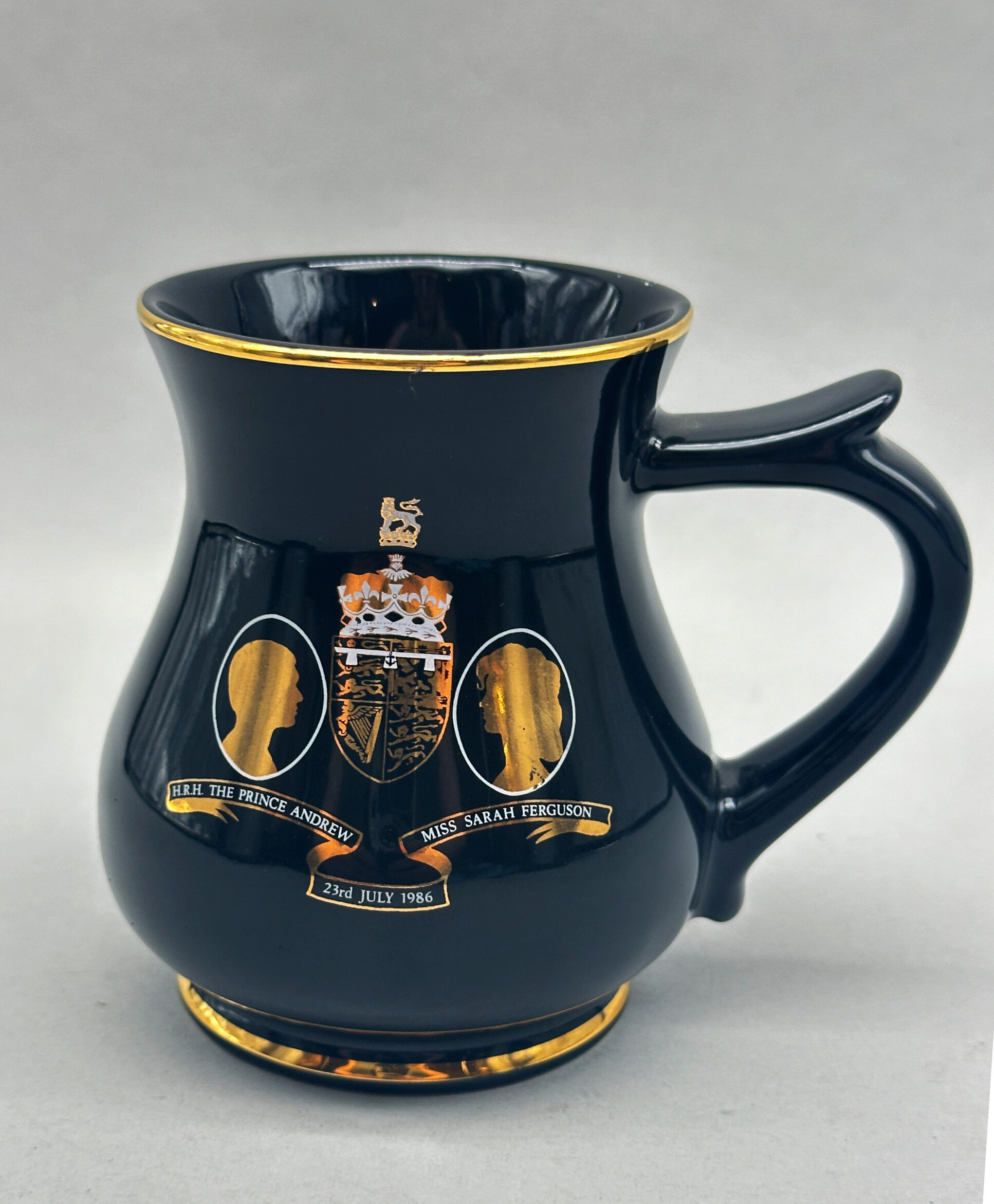
Ceramic Tankard celebrating the Marriage of Prince Andrew and Sarah Ferguson in 1986
Price: £10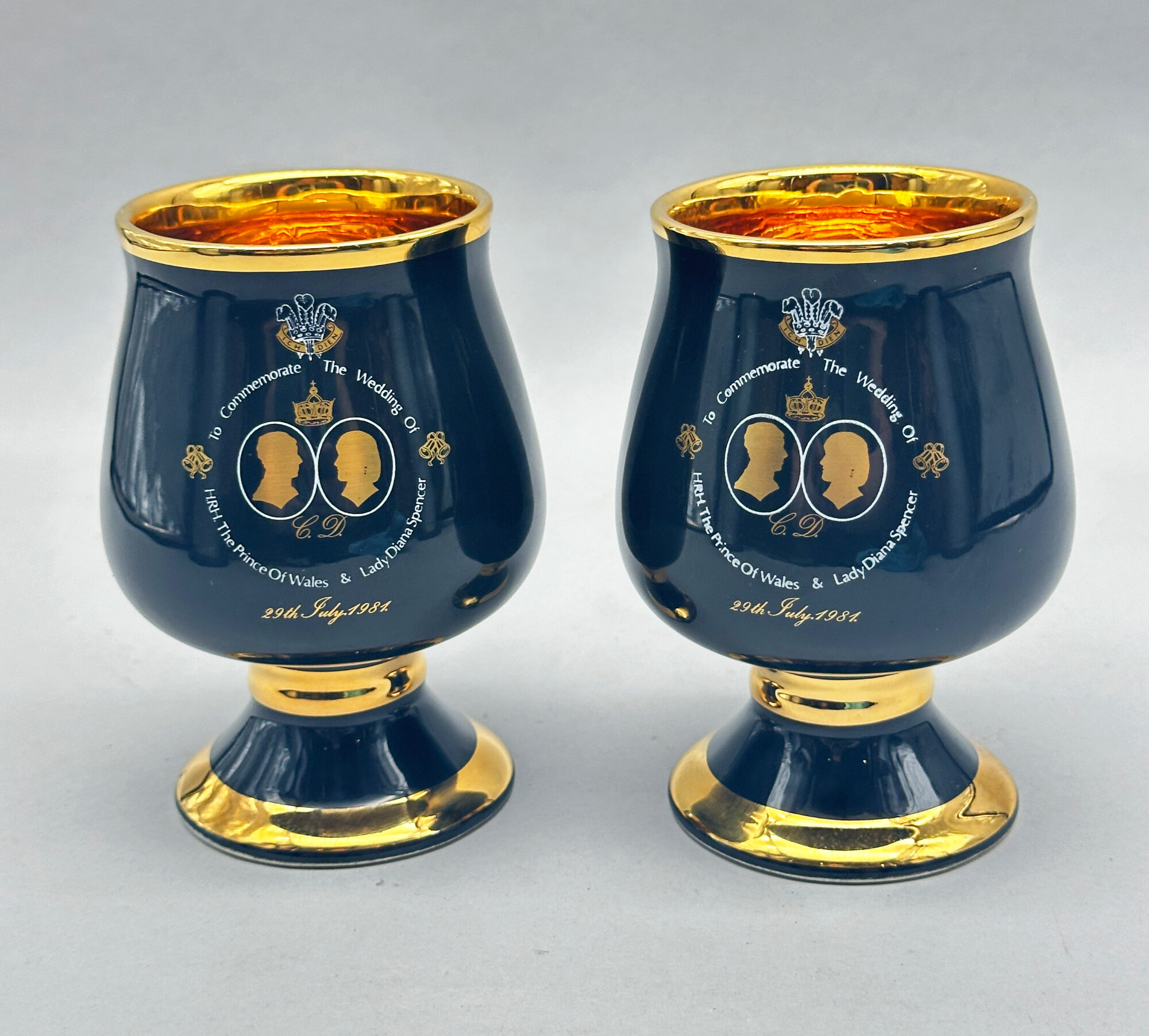
Pair of Ceramic Goblets : the Wedding of Prince Charles and Lady Diana Spencer in 1981
Price: £20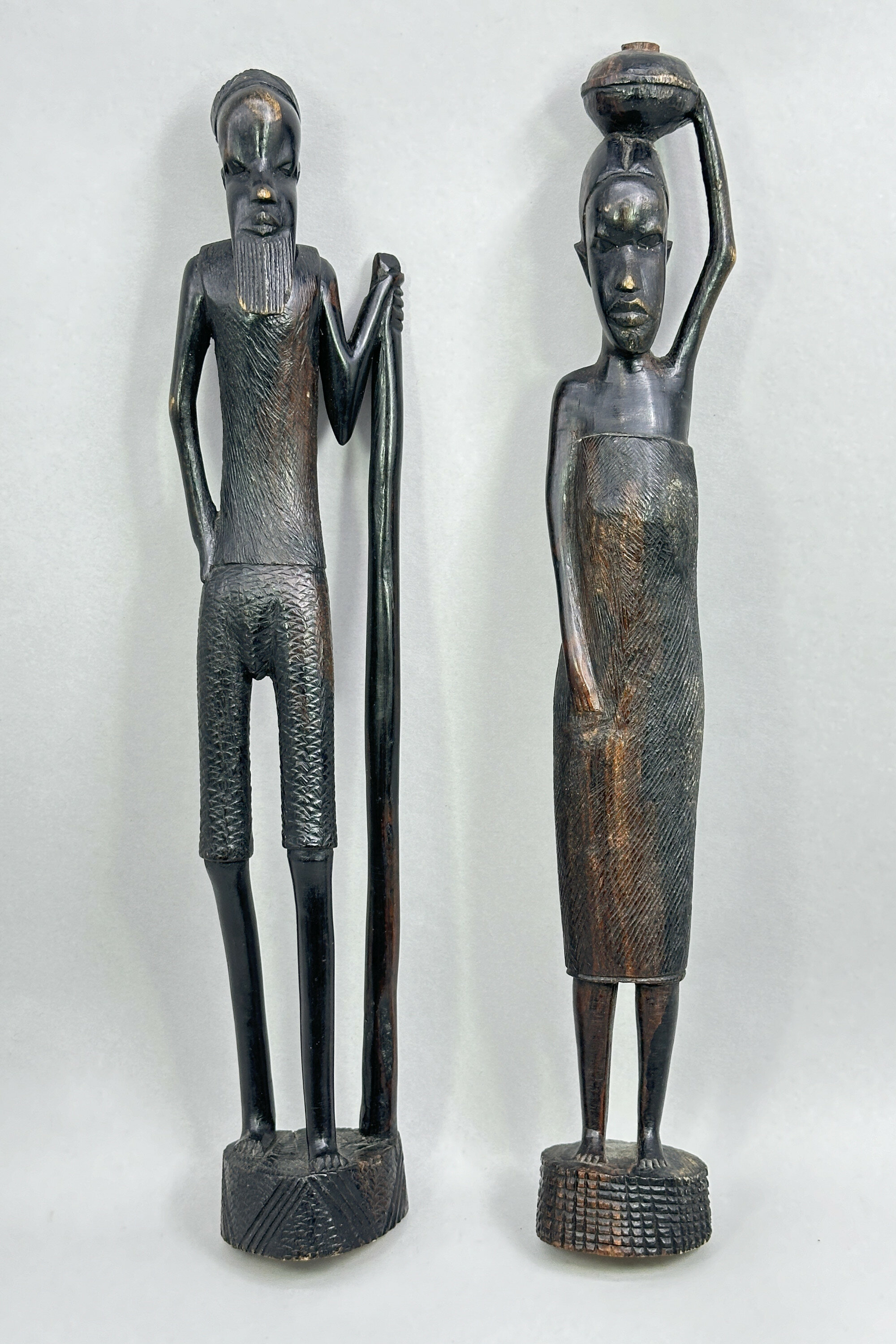
Pair of African Wood Figures of a Man and a Woman, probably mid C20th
Price: £25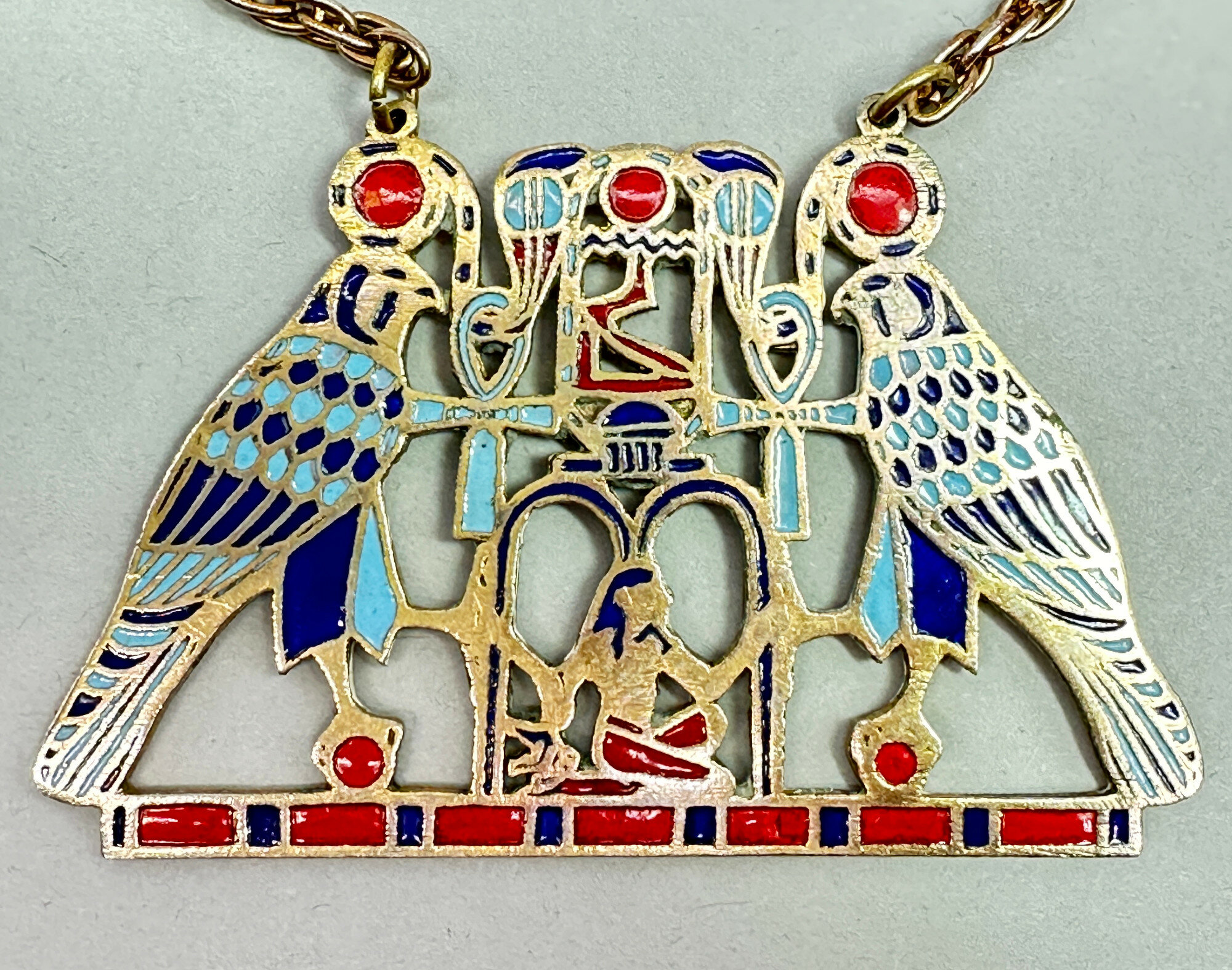
Outstanding Egyptian Revival necklace c1960
Price: £125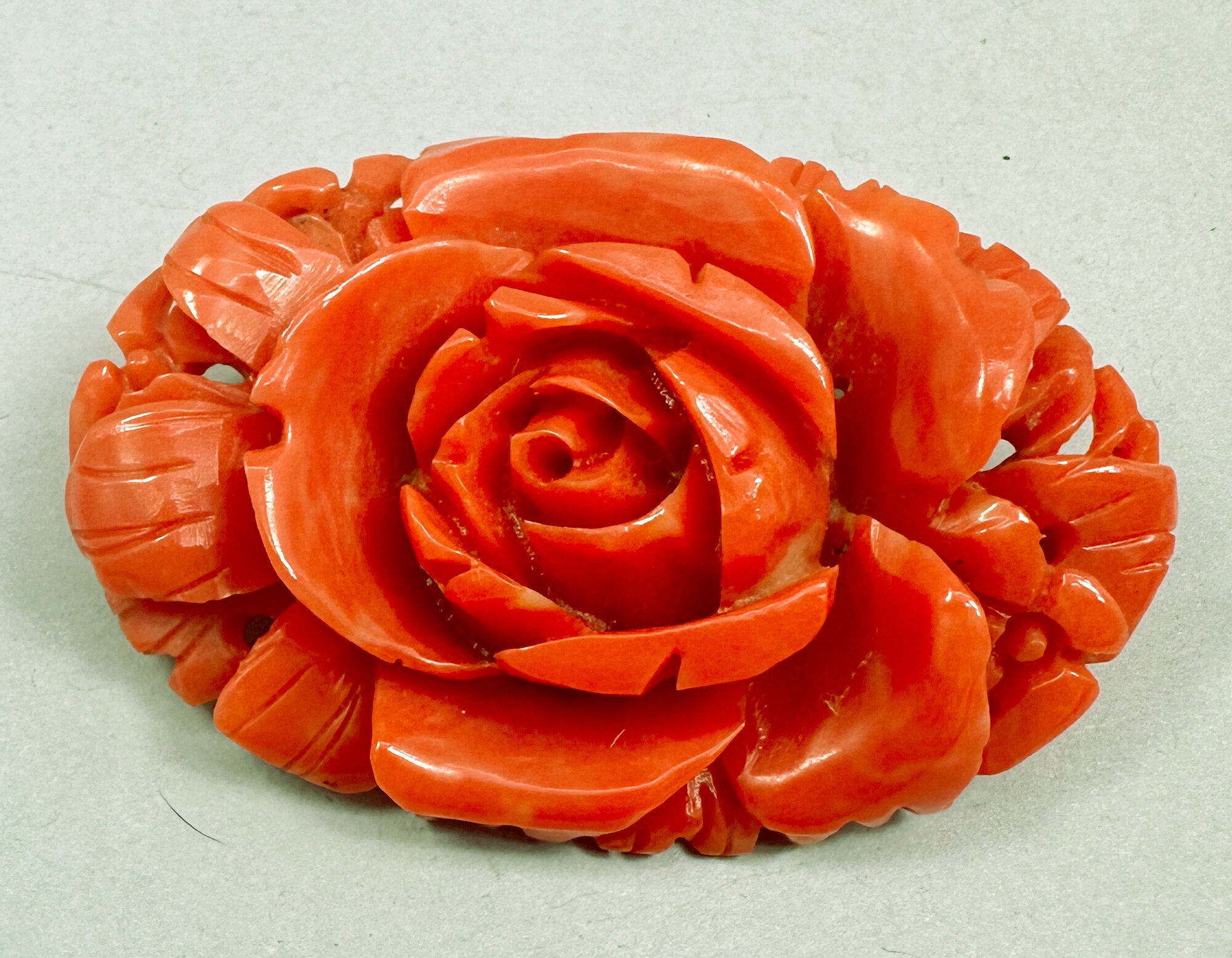
Large faux coral Bakelite brooch, British c1940
Price: £45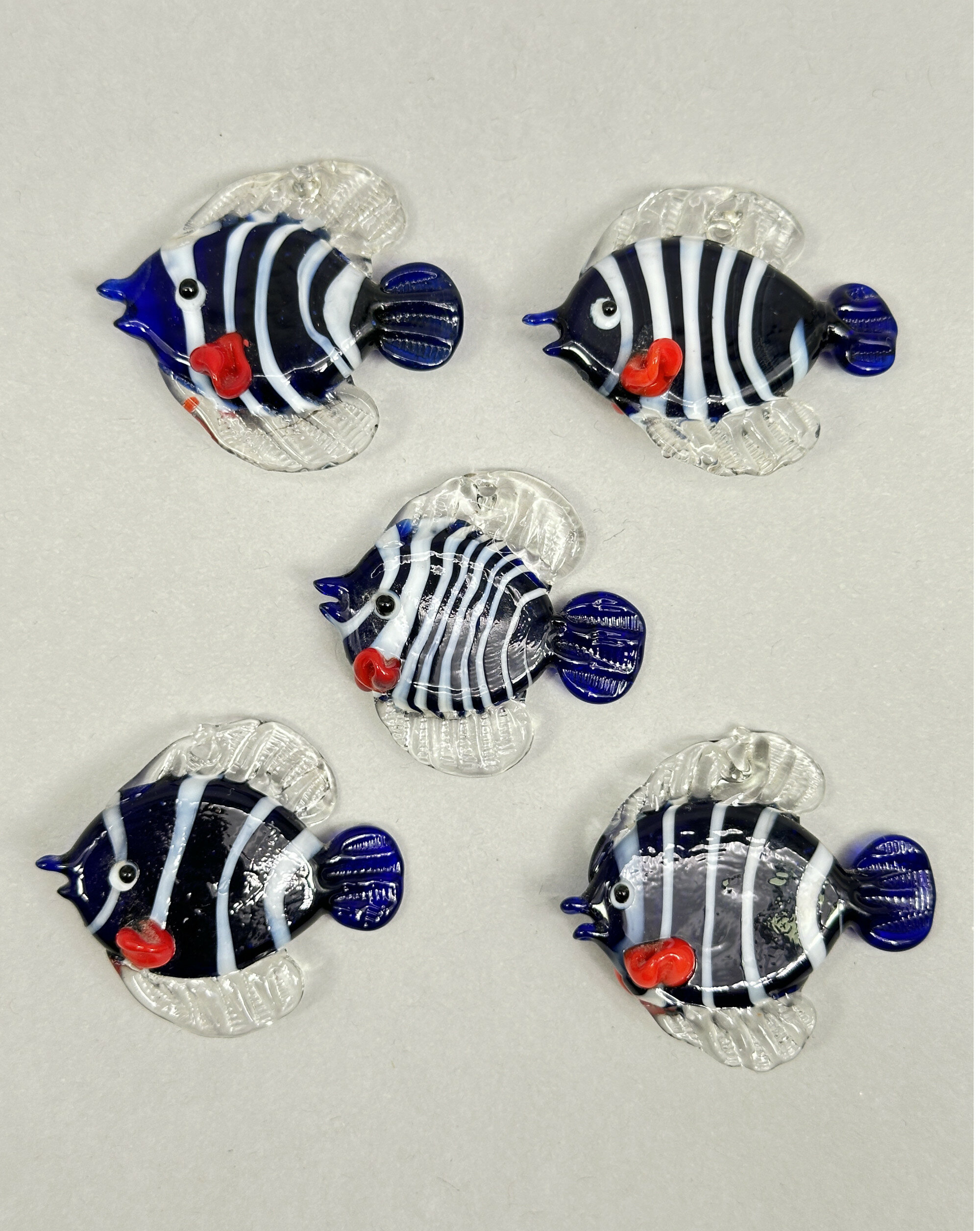
Five Murano glass fish pendants
Price: £25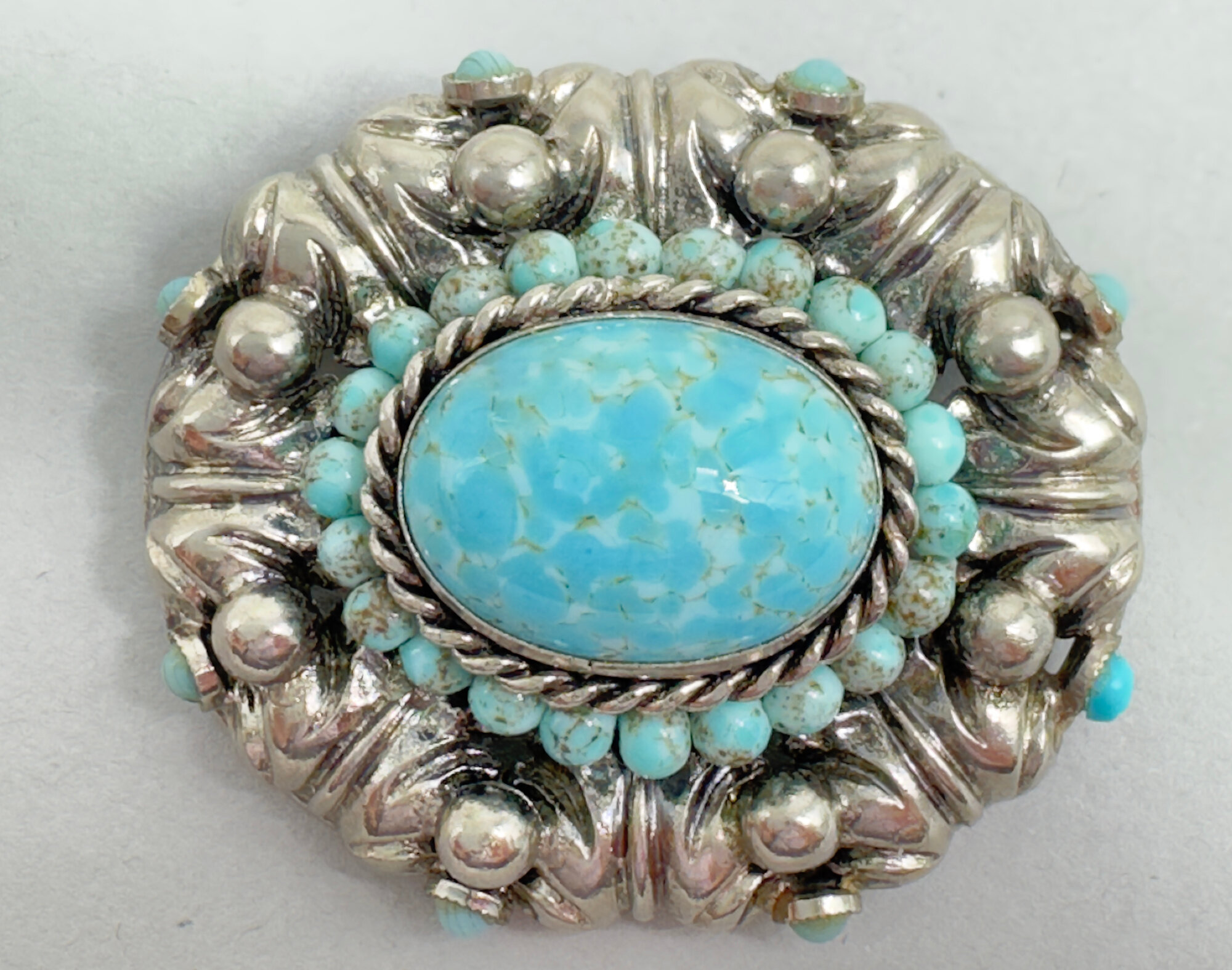
Czech glass faux turquoise brooch c1930
Price: £65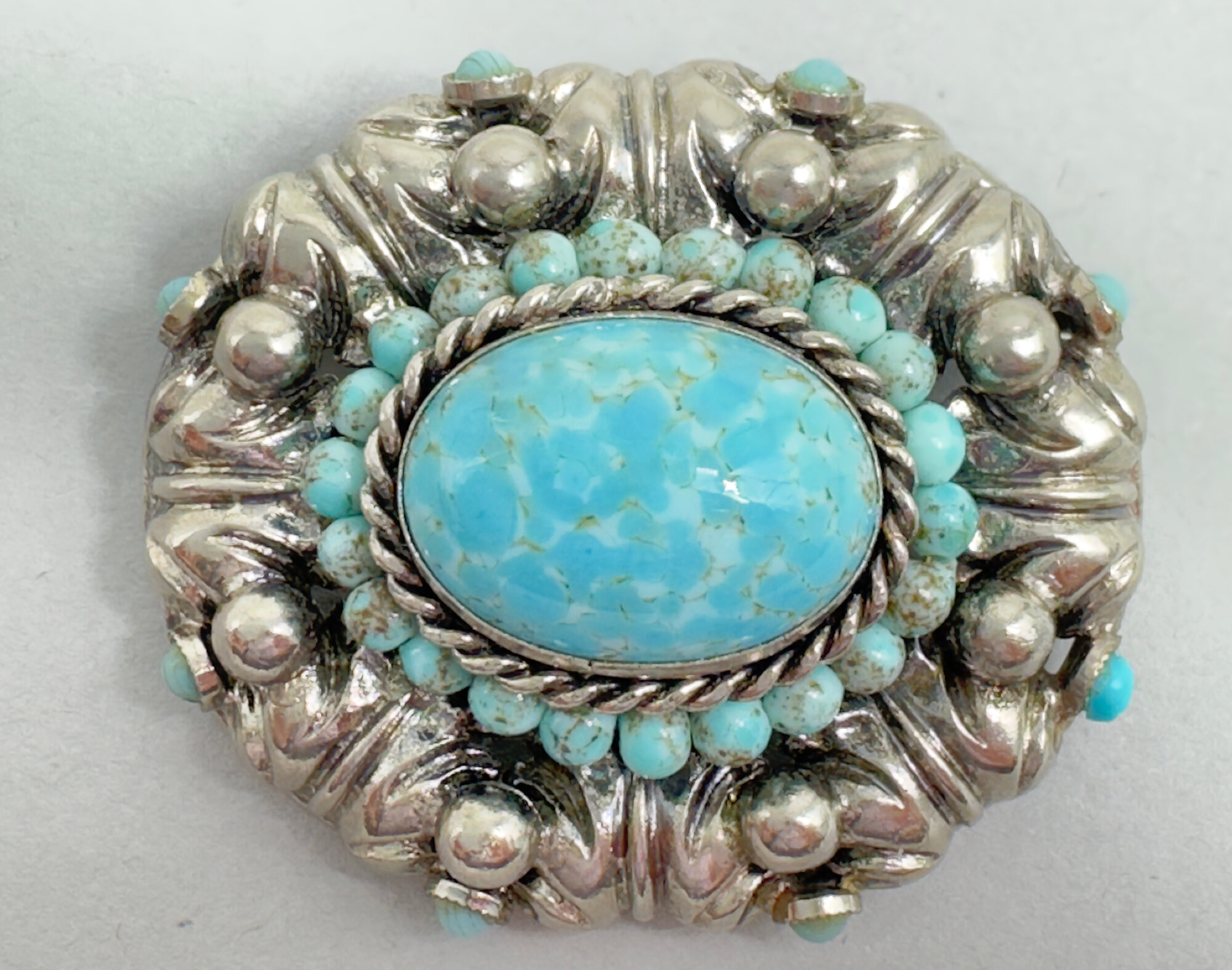
Czech glass faux turquoise brooch c1930
Price: £65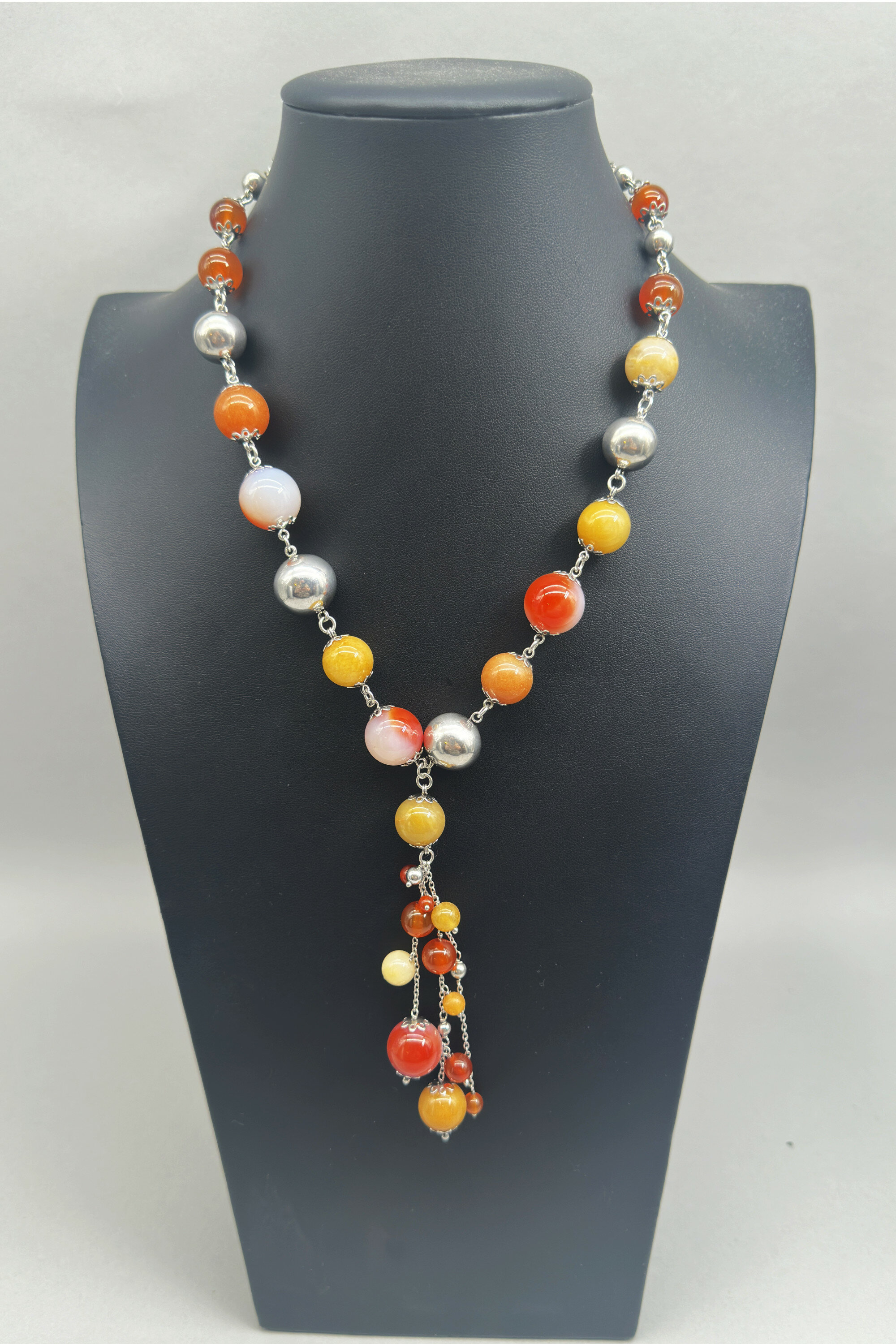
Bead necklace with jade carnelian and silver beads c1990
Price: £50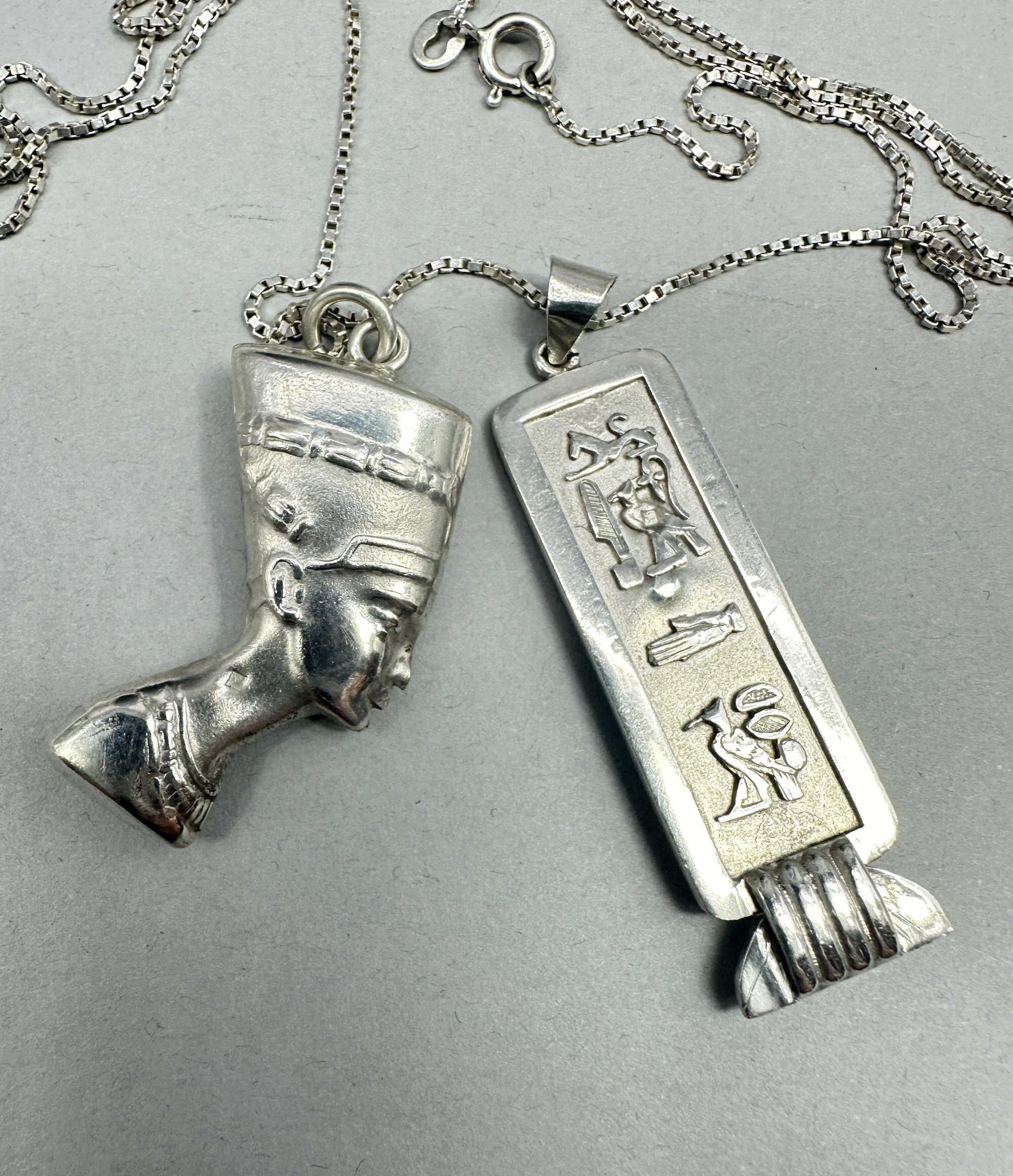
Egyptian Nefertiti and Talisman necklace on long chain c1970
Price: £95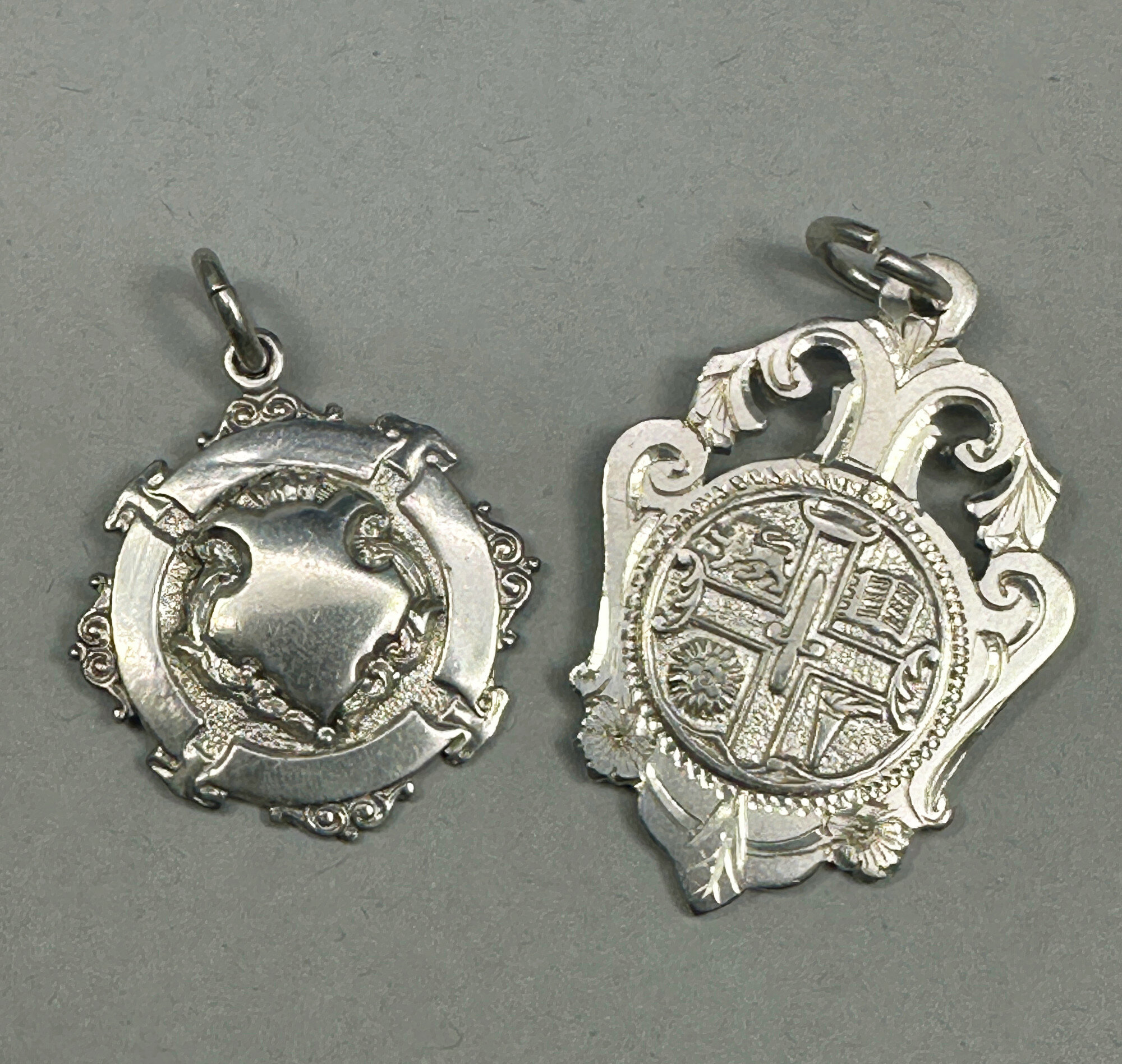
Two watch fobs 1912 and 1923
Price: £35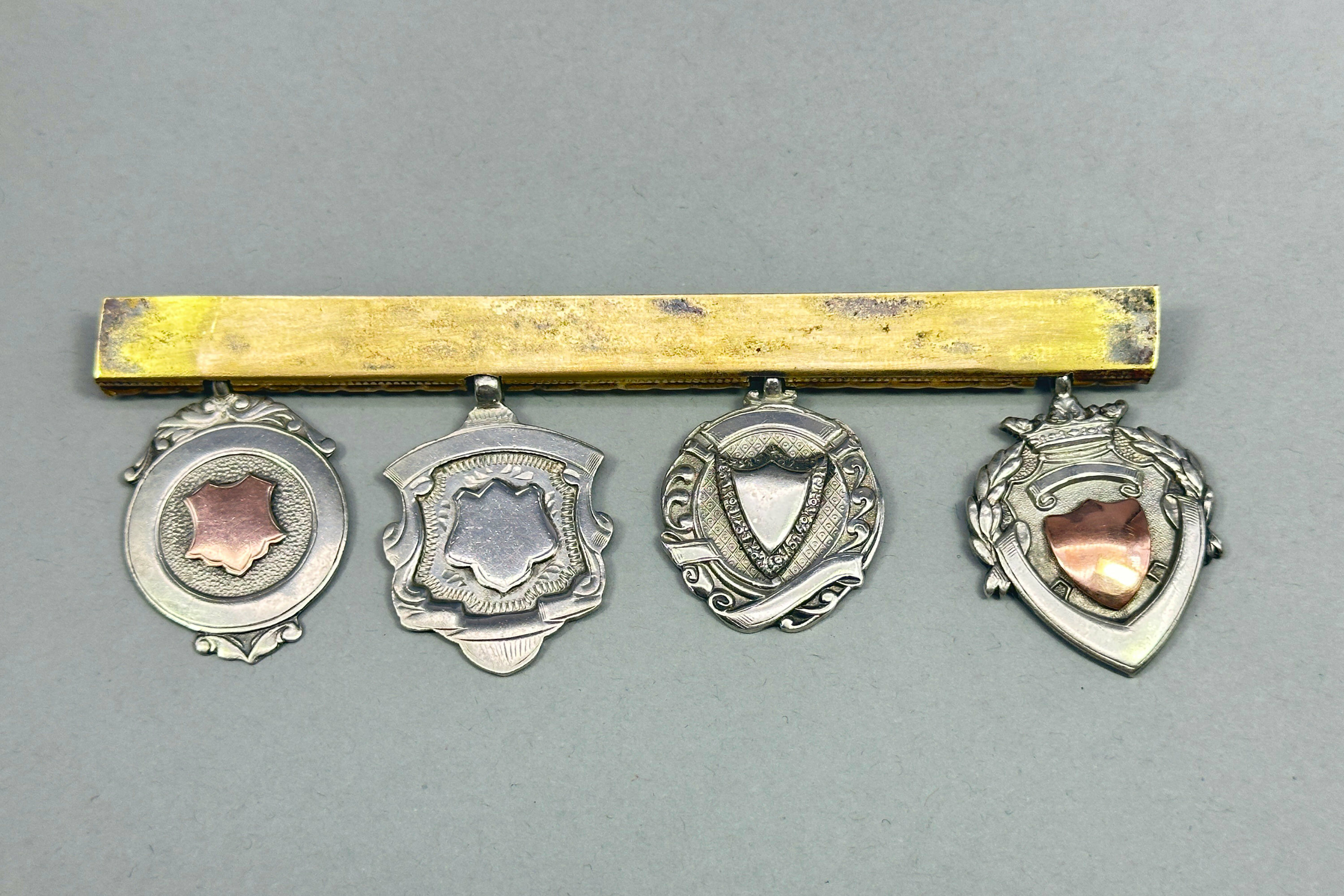
Gentlemans waistcoat pin set with four watch fobs 1930s
Price: £150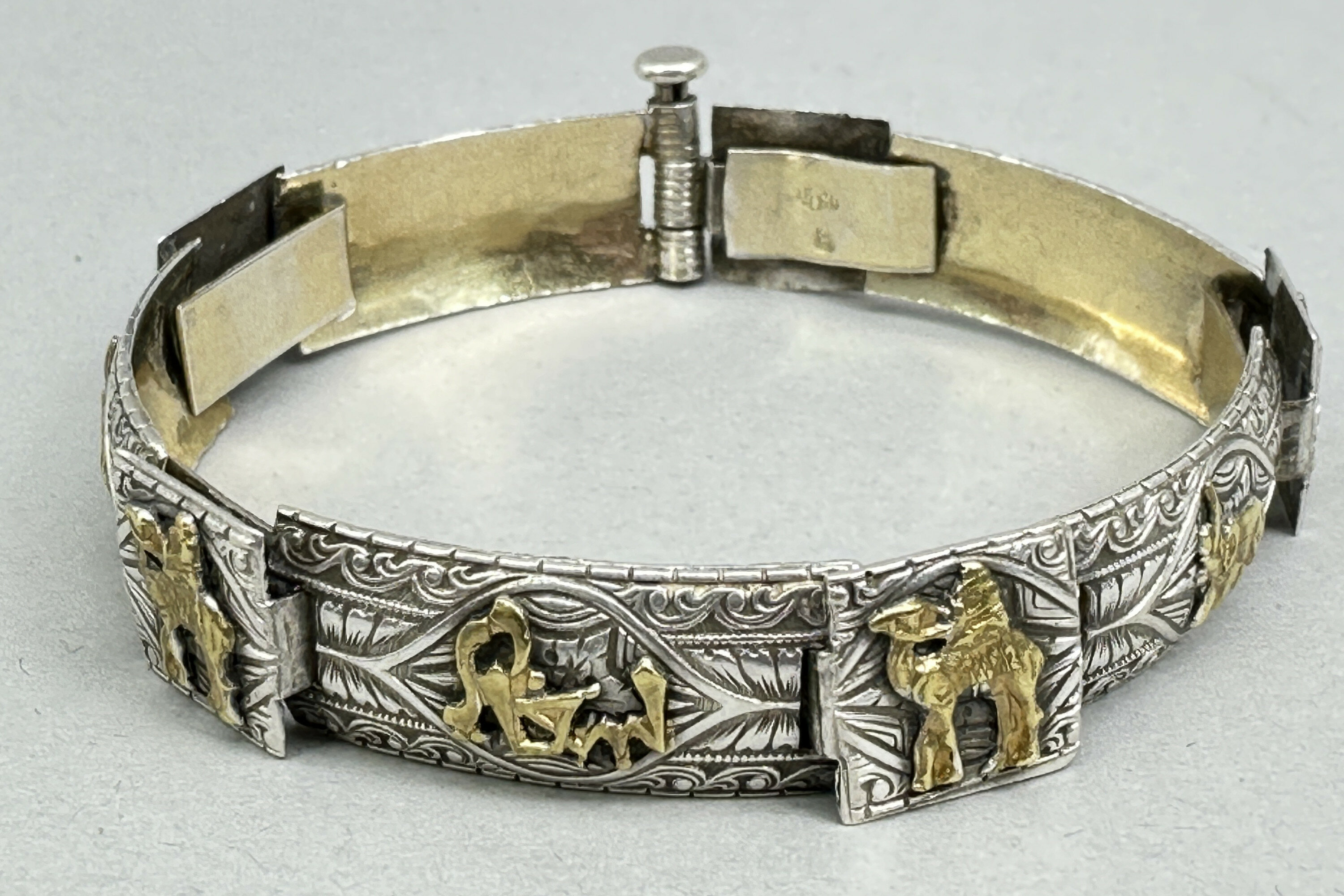
Very fine Moroccan engraved silver bracelet c1930
Price: £95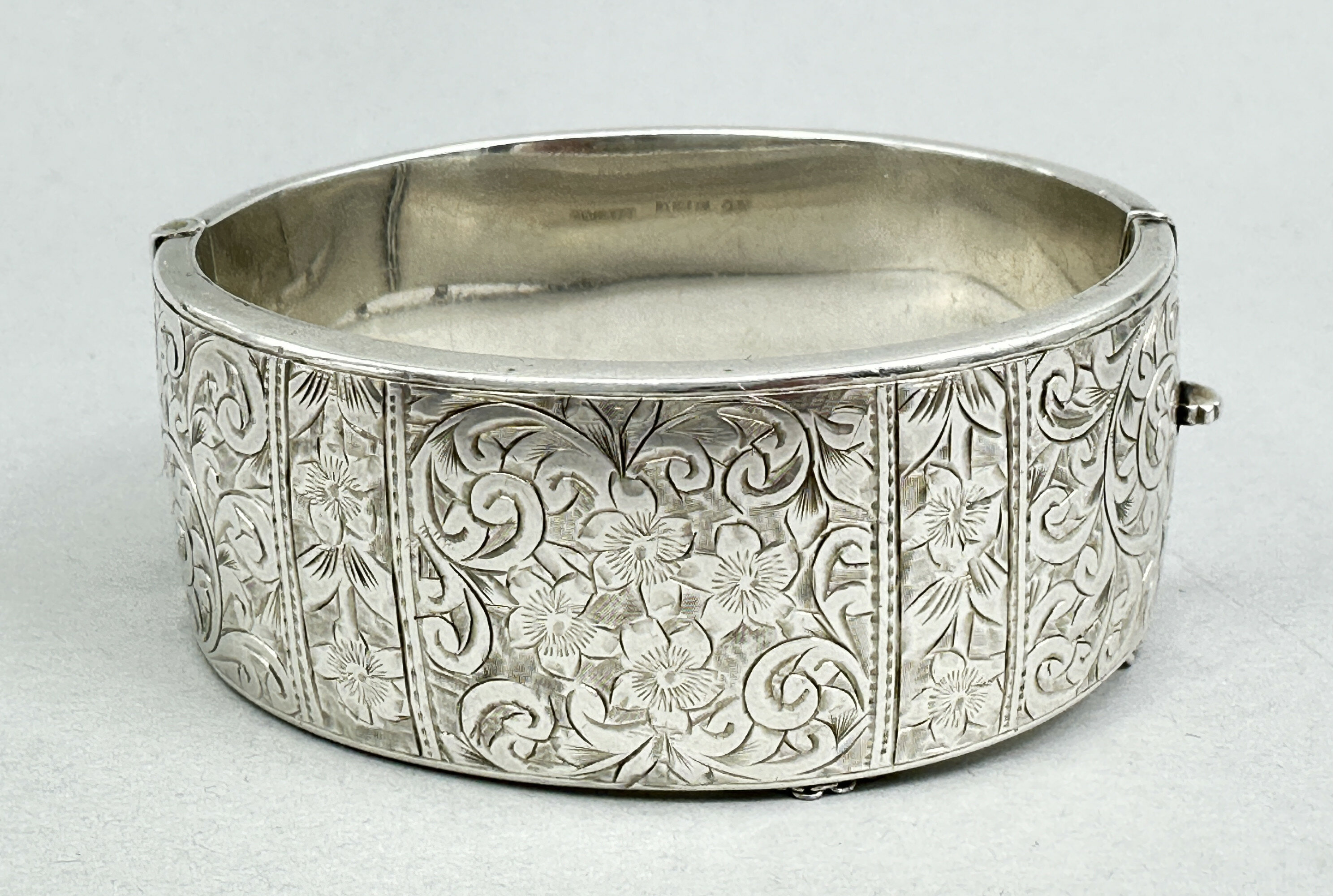
Deaking & Francis silver bangle, Birmingham 1955
Price: £125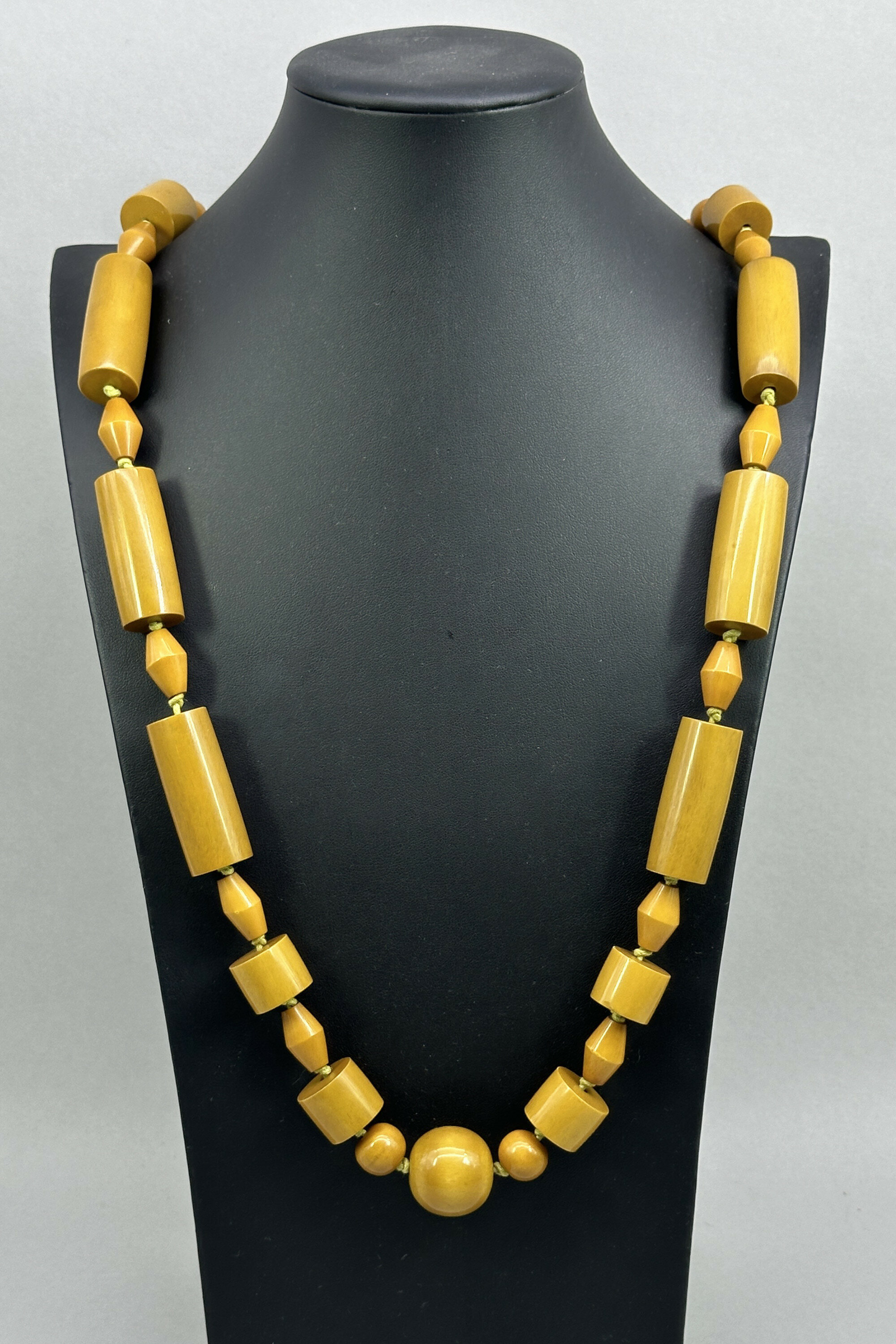
Art Deco Catalin Bakelite necklace, American c1930
Price: £125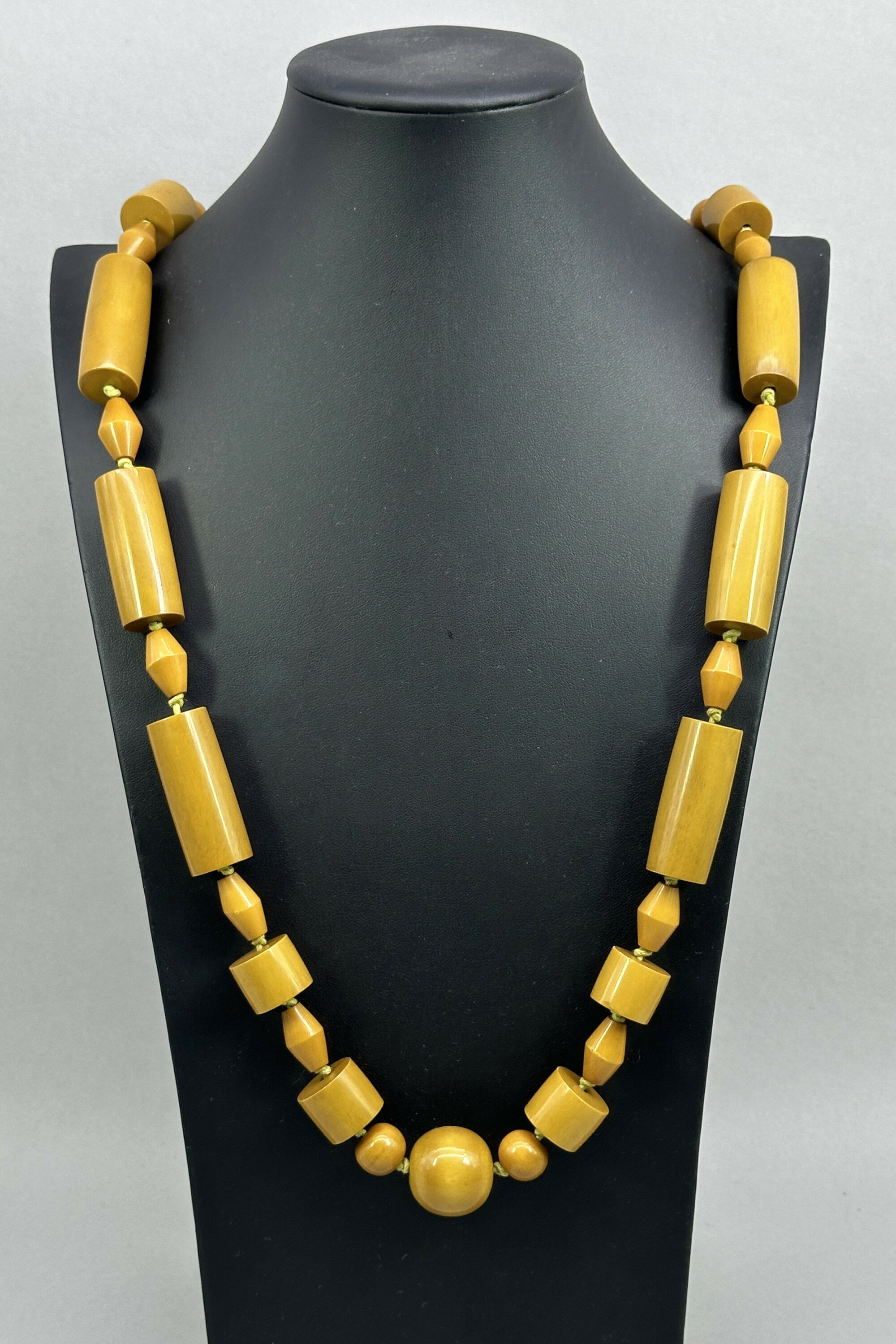
Art Deco Catalin Bakelite necklace, American c1930
Price: £125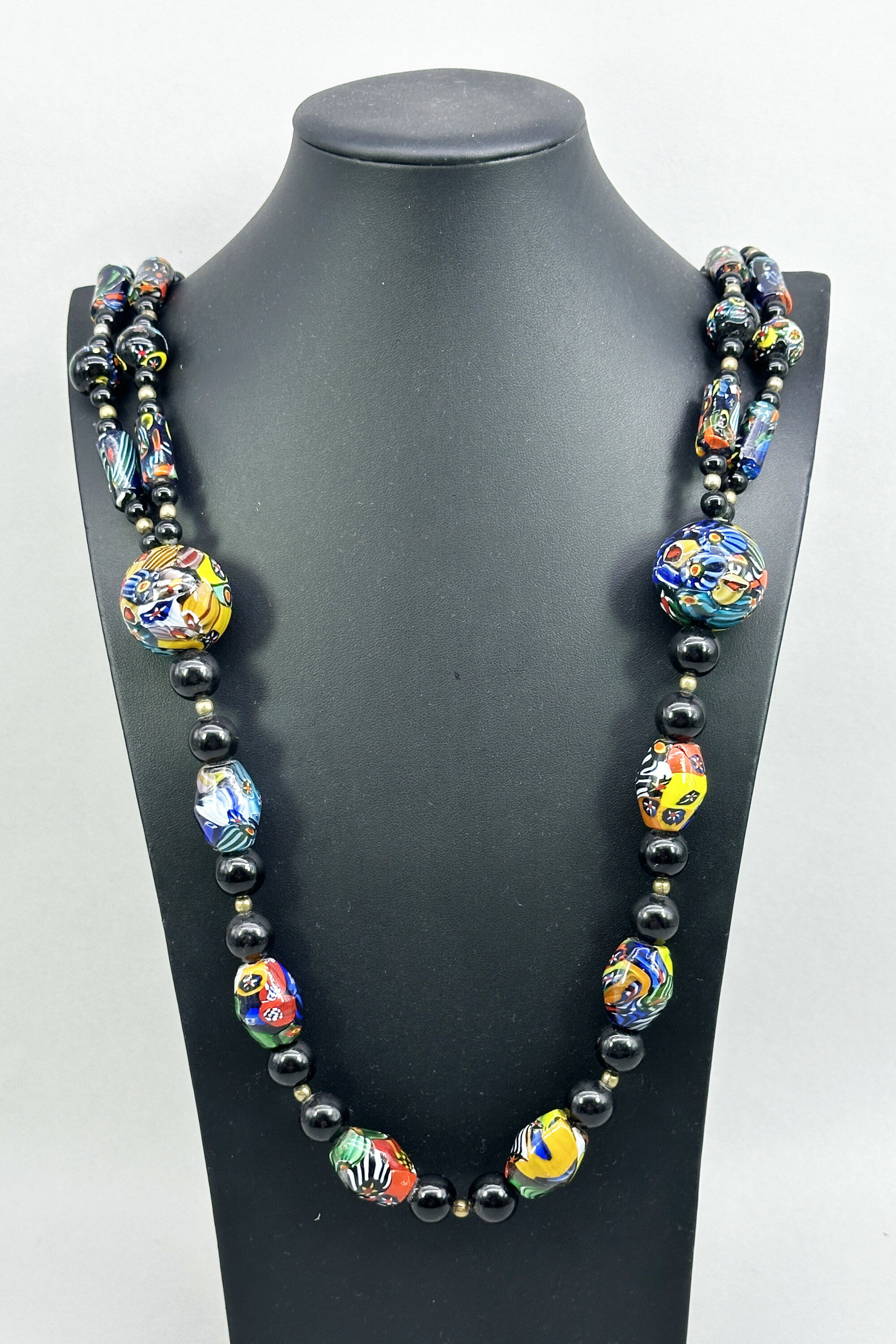
Monumental Mille Fiore glass bead necklace c1970
Price: £175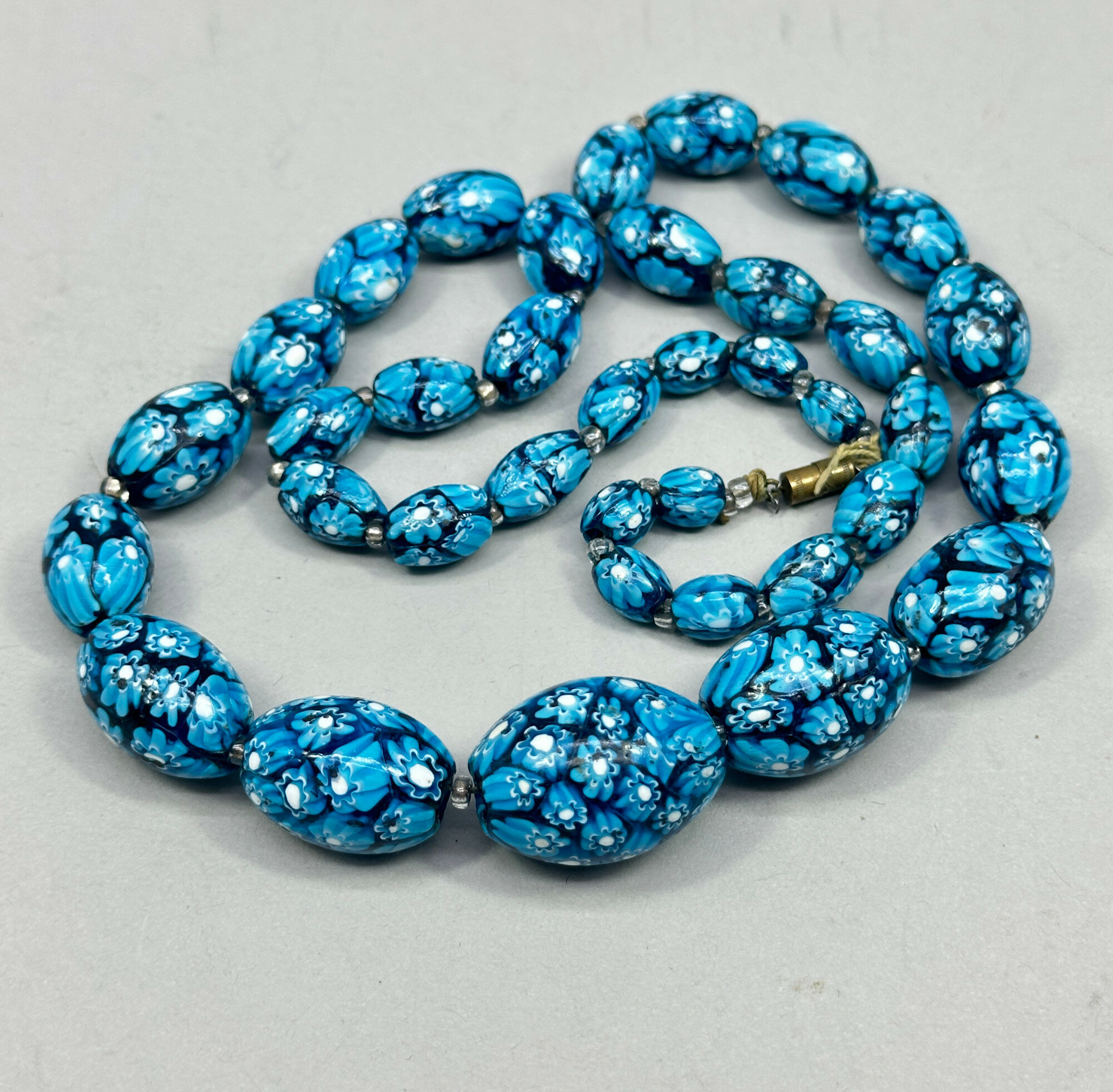
Blue Millefiore beads c1950
Price: £65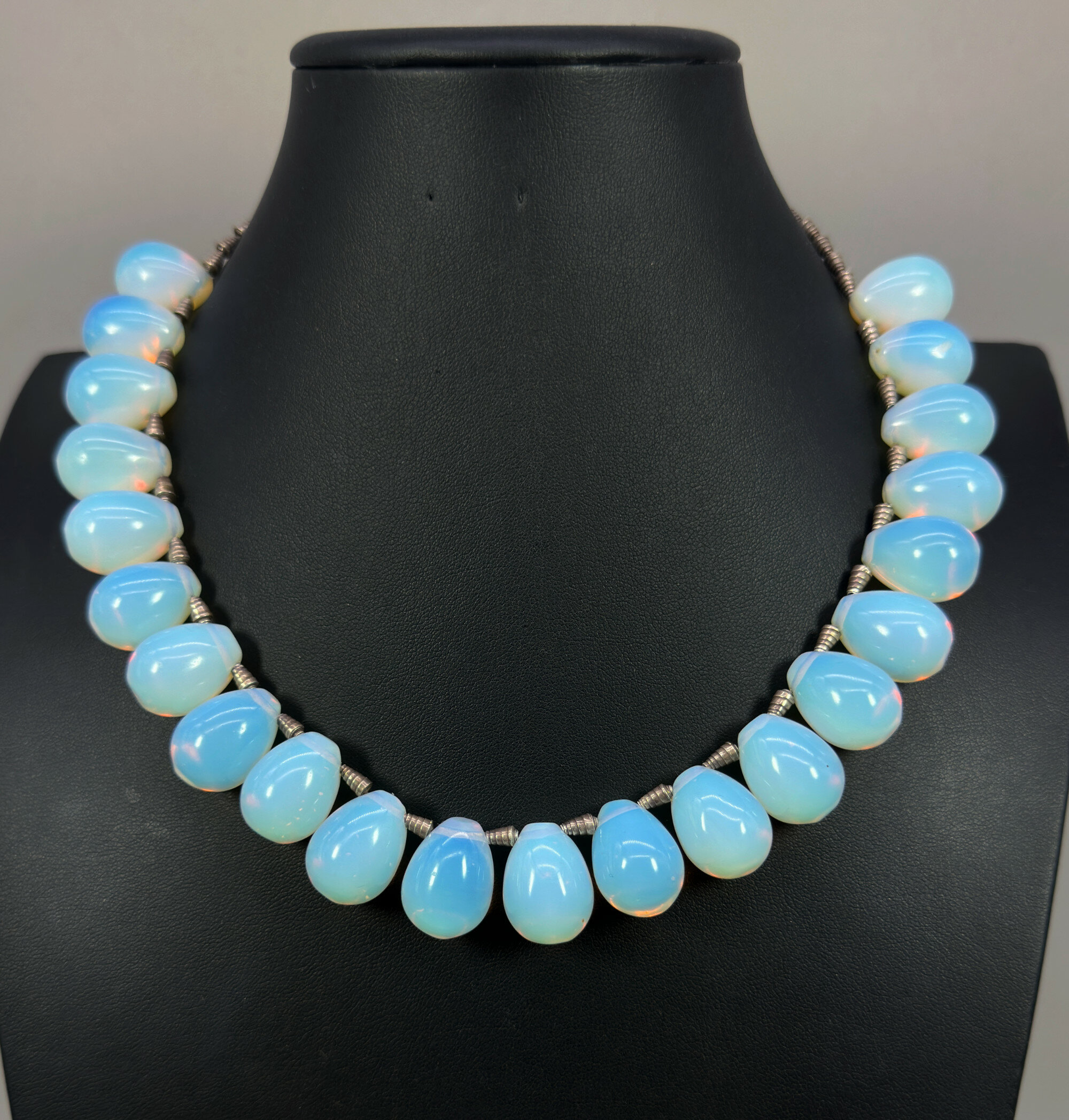
Art Deco opaline glass necklace 1930s
Price: £125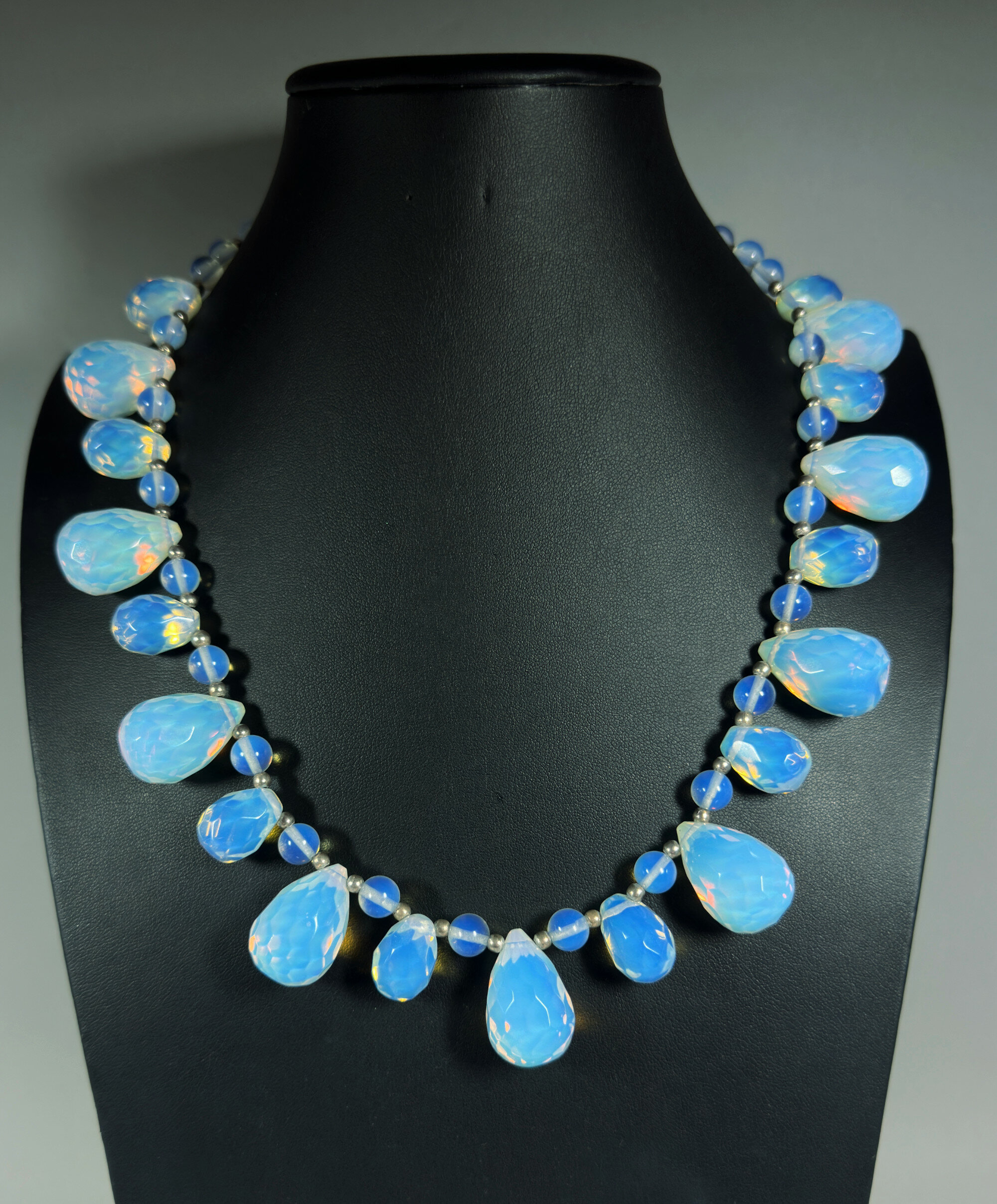
Faceted Opalite statement necklace c1970
Price: £95Opalite is a type of synthetic glass often mistaken for a gemstone due to its alluring translucence and the play of colors similar to those seen in opals. Unlike natural gemstones, opalite is man-made, primarily from dolomite and metal to create its distinctive shimmering and milky appearance. It typically exhibits a soft, opalescent sheen with a blue or orange glow when light passes through it, making it popular in jewelry and decorative objects.(geologyscience.com)
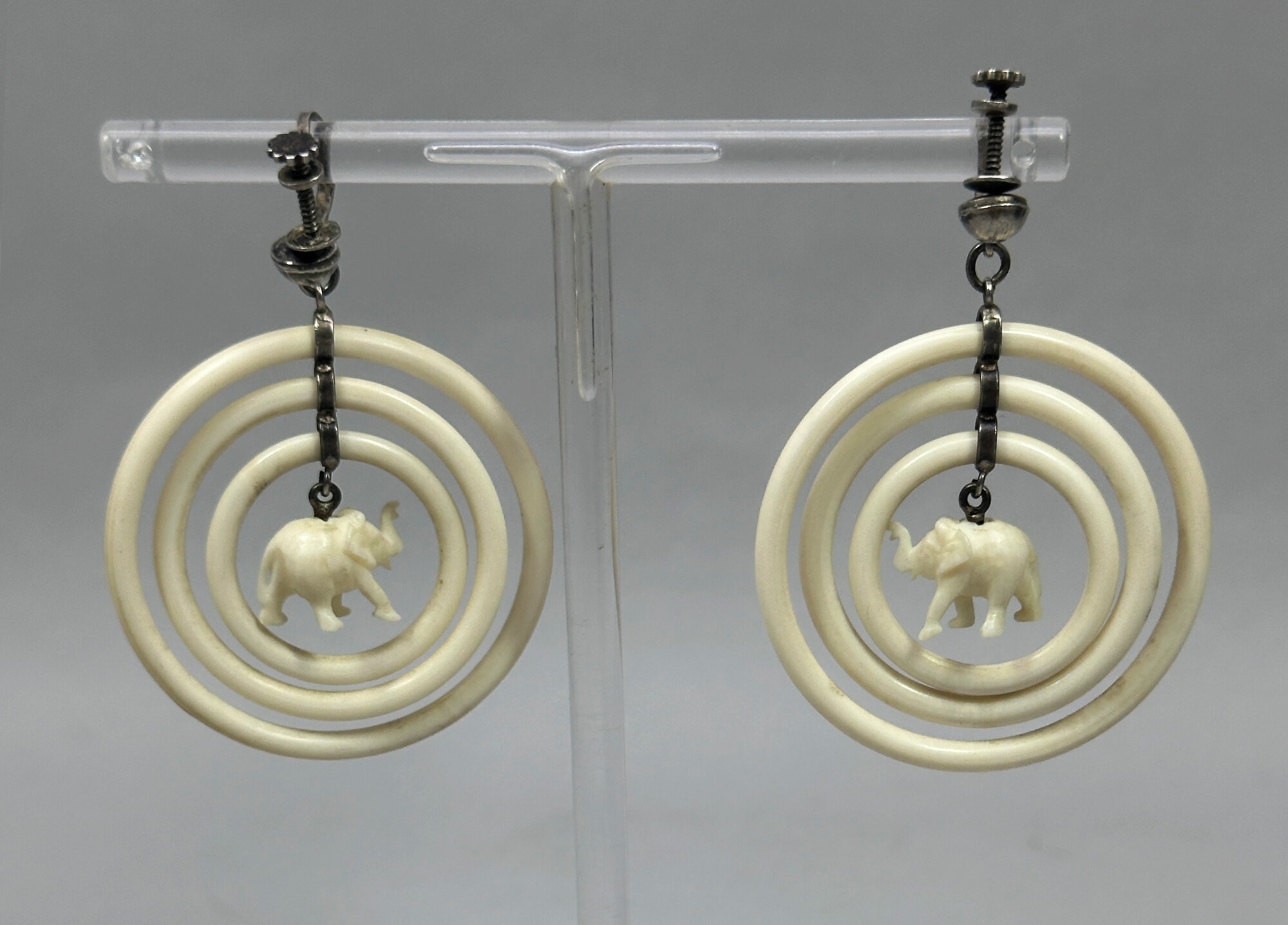
Fun celluloid elephant motif earrings 1960s
Price: £25
Cornucopia design suite of necklace and earrings 1990s
Price: £45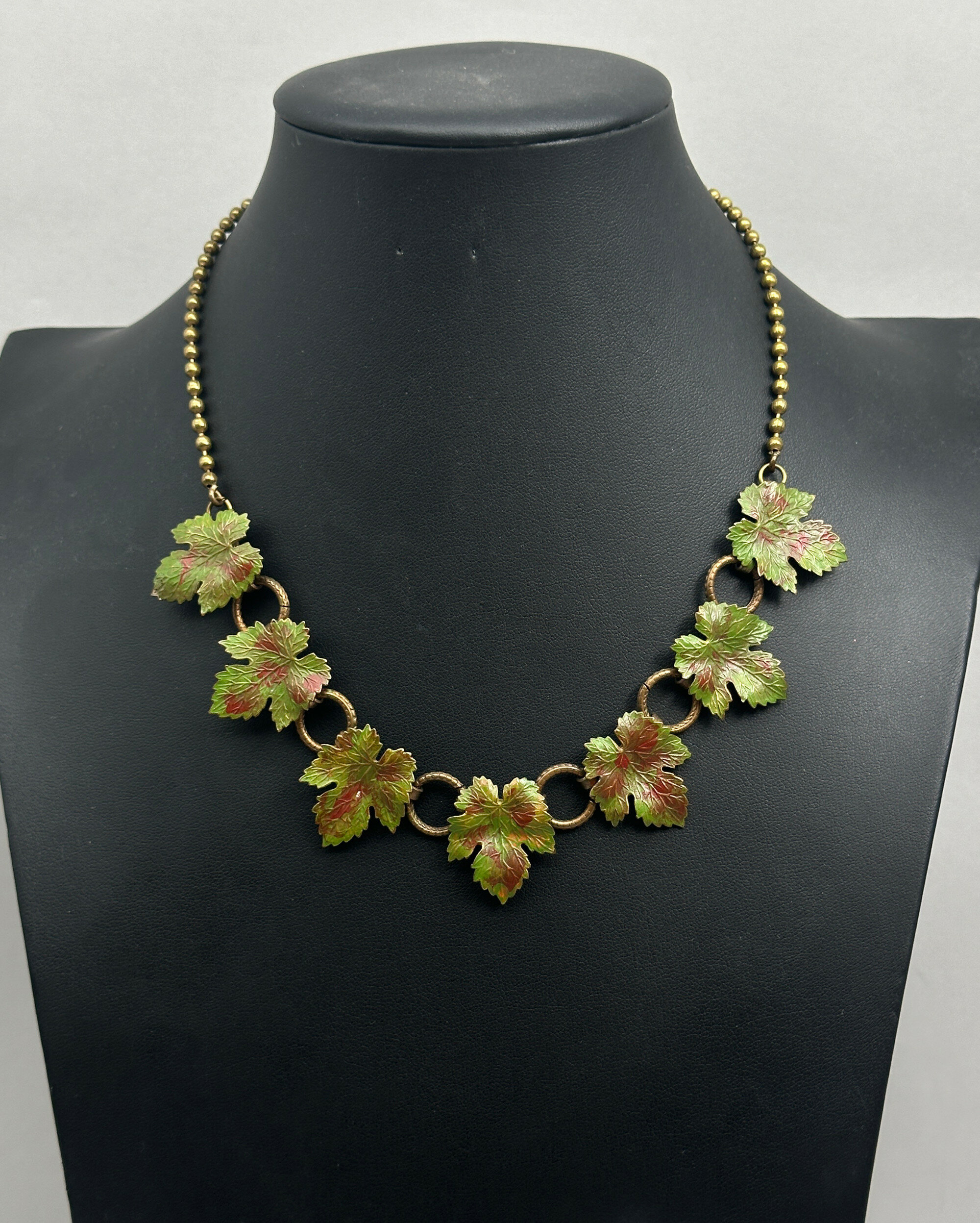
Cold painted brass necklace 1920s
Price: £50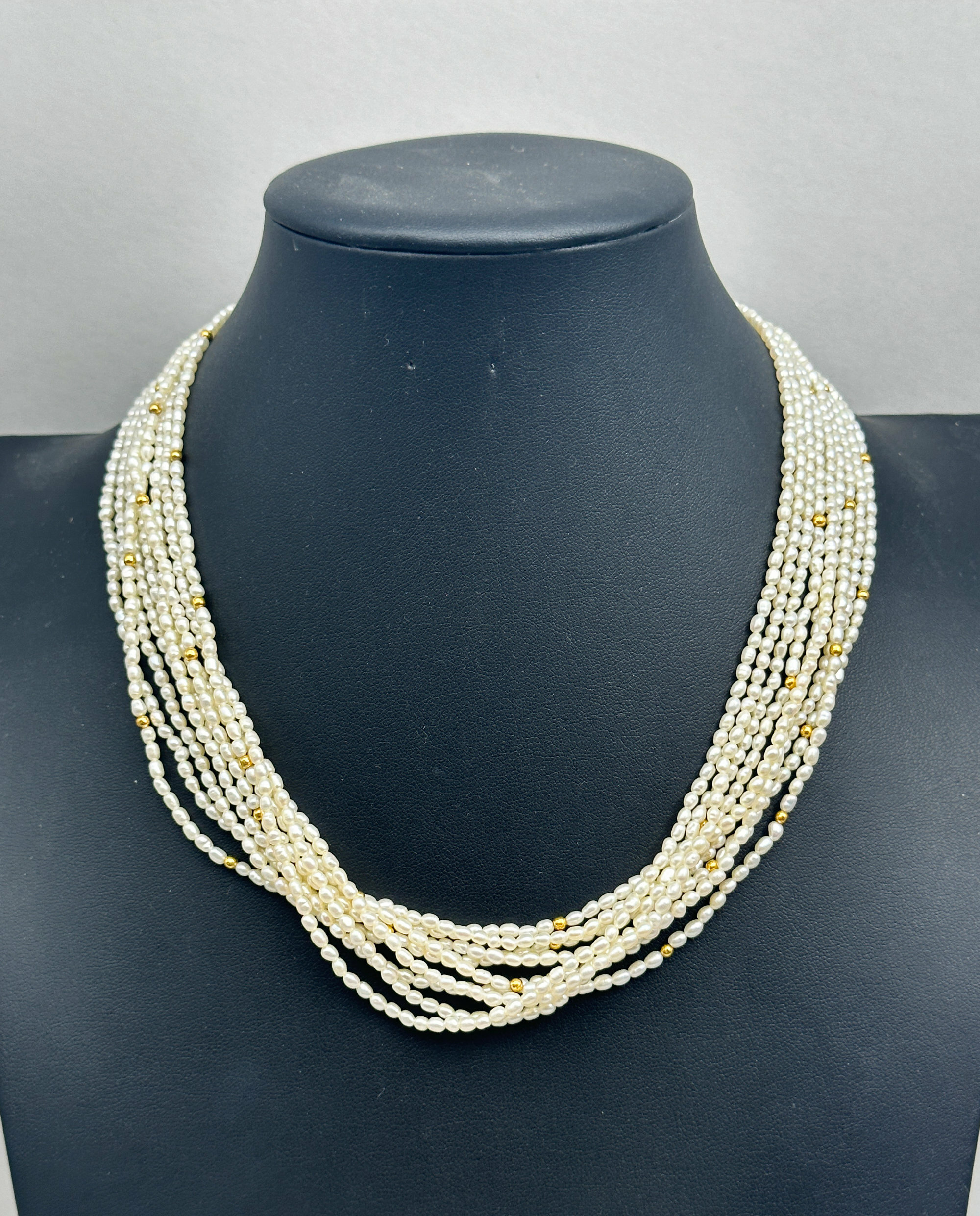
Nine strand authentic seed pearl necklace 1980s
Price: £45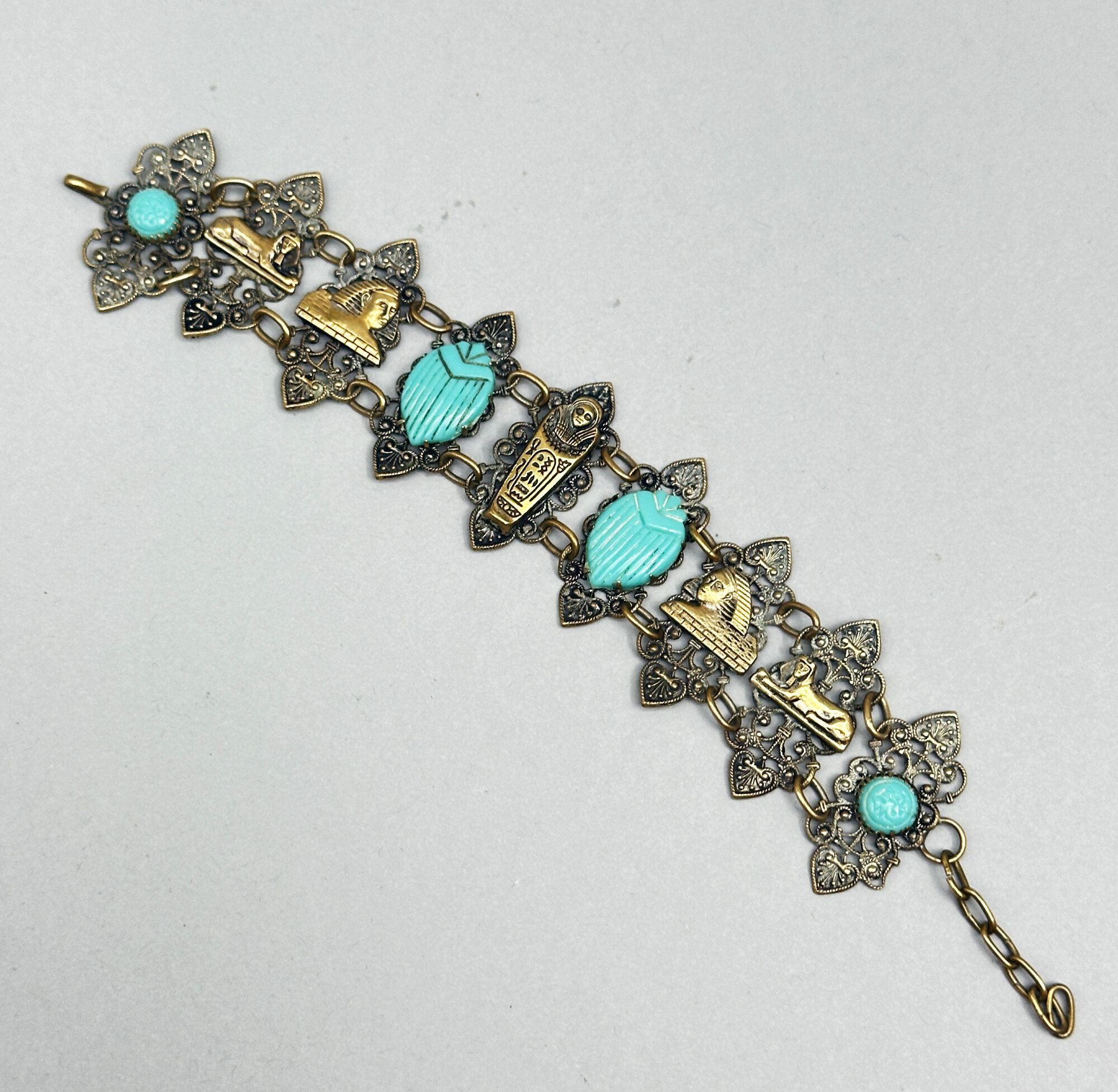
Czech Egyptian Revival bracelet 1930s
Price: £30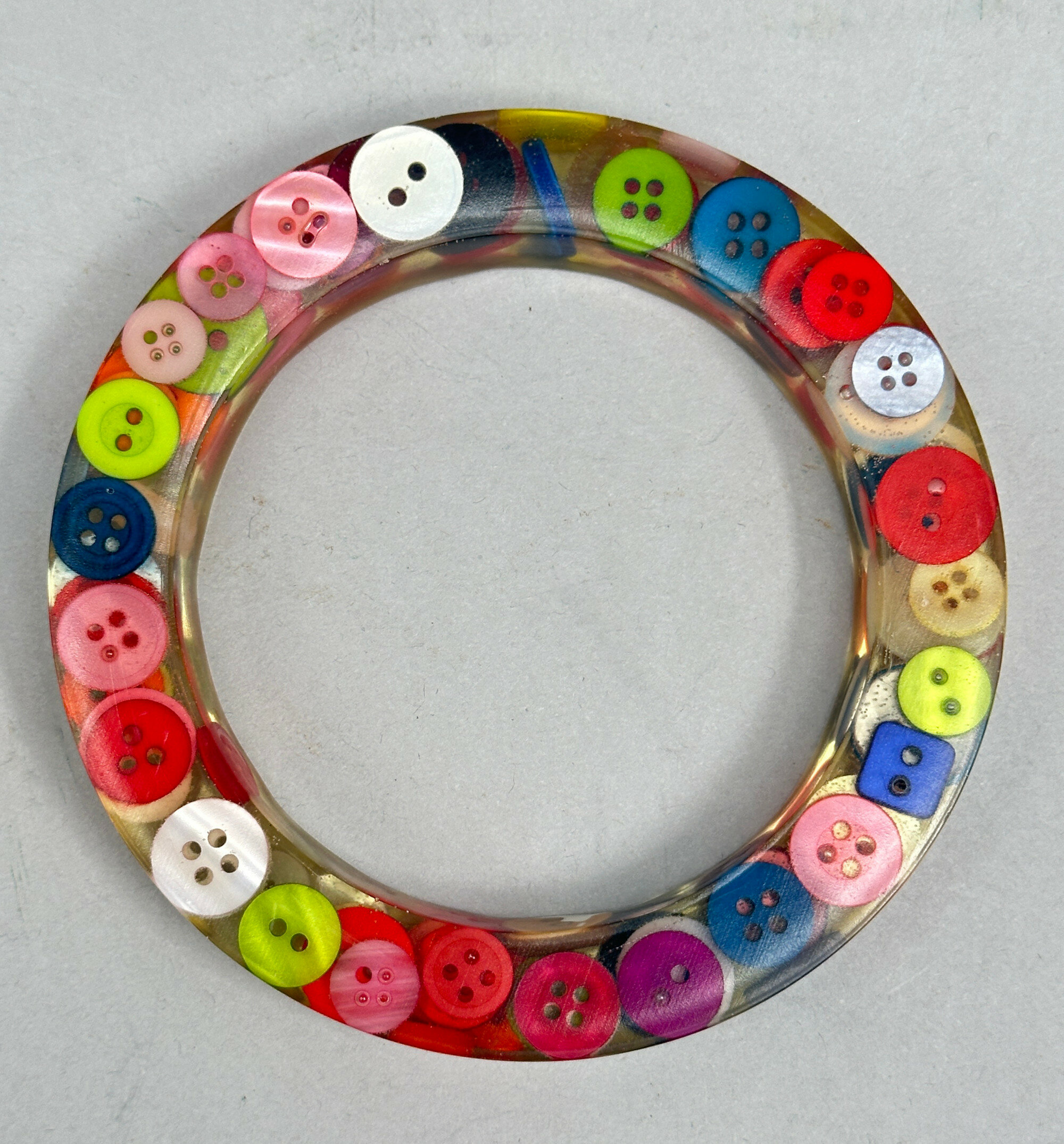
Fun 1970s button bangle
Price: £25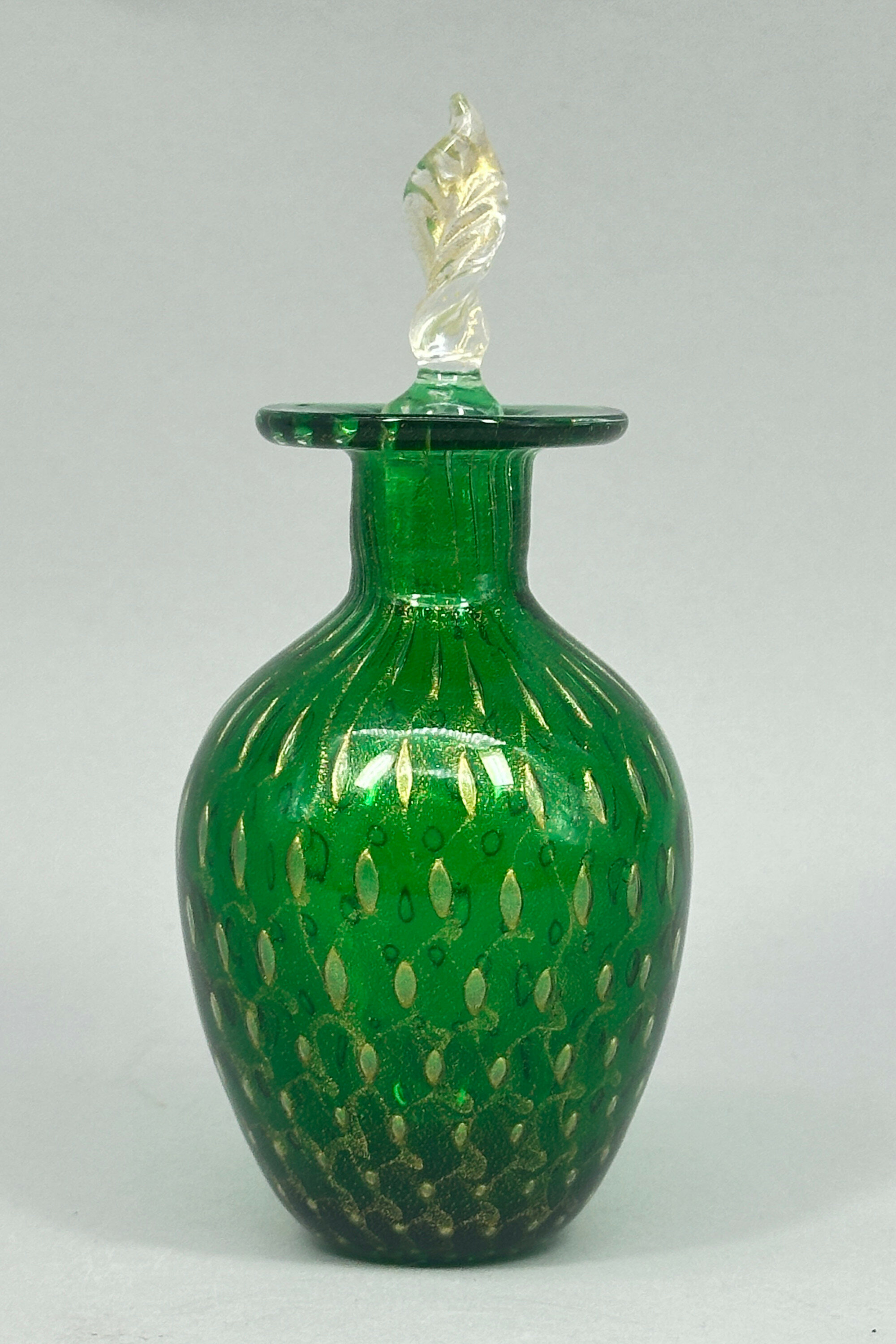
Murano green bullicante glass Perfume Bottle and Stopper with label, second half C20th
Price: £55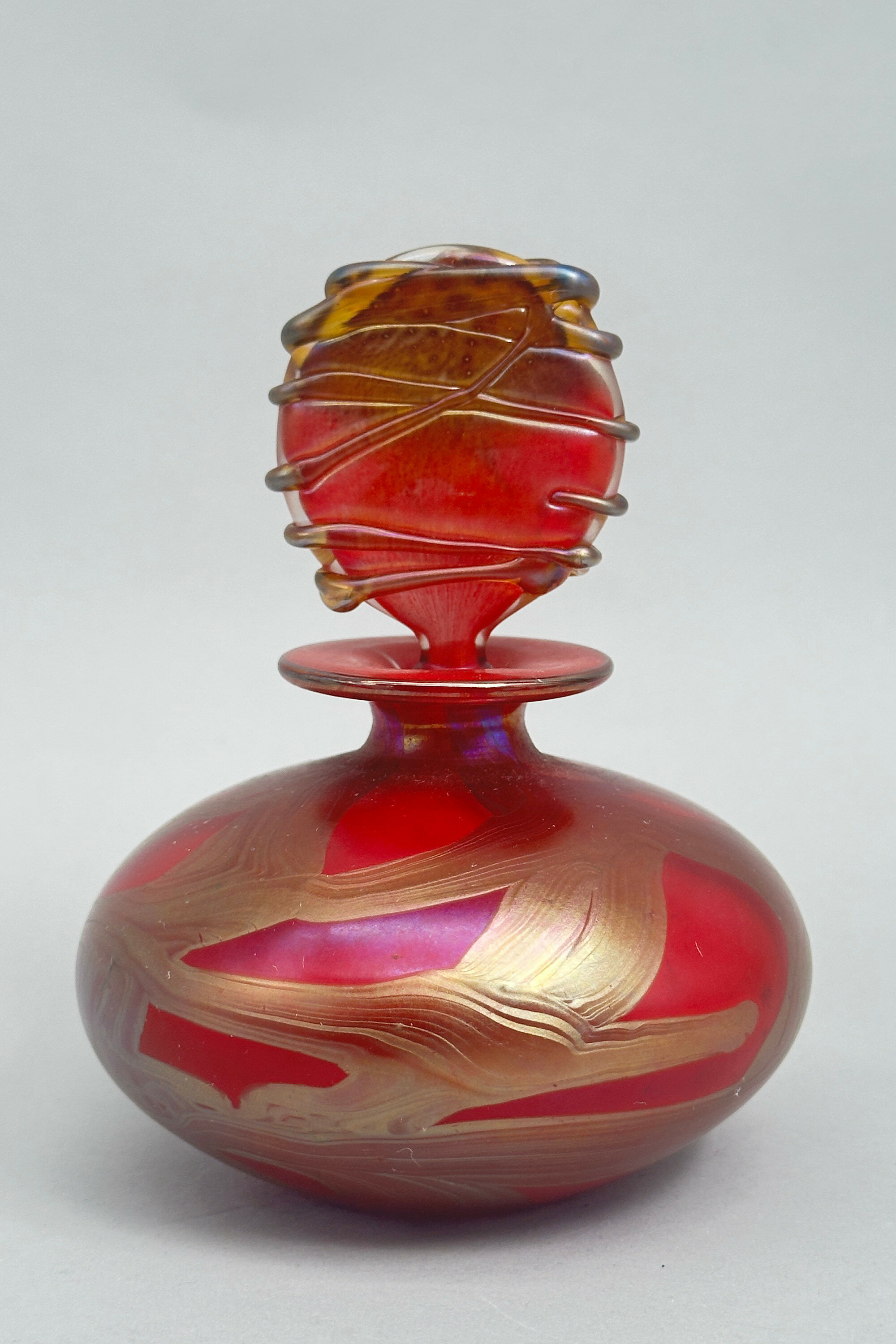
Isle of Wight golden peacock Perfume Bottle and Stopper with box, late C20th
Price: £55The Isle of White Glass studio was established by the celebrated glass maker Michael Harris in 1972 after he left his first glassworks based in Malta, the well known Mdina Glass. Some of the Mdina designs continued to be made in his new location but new ranges were introduced as well, among them the ‘Golden Peacock’ design which was made from 1982 to 2003. The particular variation we have here is ‘Royale’ which was made from 1987 to 1998 allowing a fairly precise dating for this piece. Michael Harris died in 1994 and the business was continued by one of his sons, Timothy (see image 12), and his wife, Elizabeth, until it unfortunately went into liquidation in 2012. But Timothy’s younger brother, Richard, came to the rescue and business resumed in 2014, continuing until the present day in new premises at the Arreton Barnes Craft Village.
The pieces made by Isle of Wight Glass are a continuation of the innovative designs and skiful craftsmanship seen in Mdina pieces and this bottle is a fine example of their work. It also comes with a matching box but this may not be the original one (other examples are taller) since the stopper has to be loose packed separately. This hardly detracts, though, from a striking and individual piece in an attractive and rarely found colour wave.
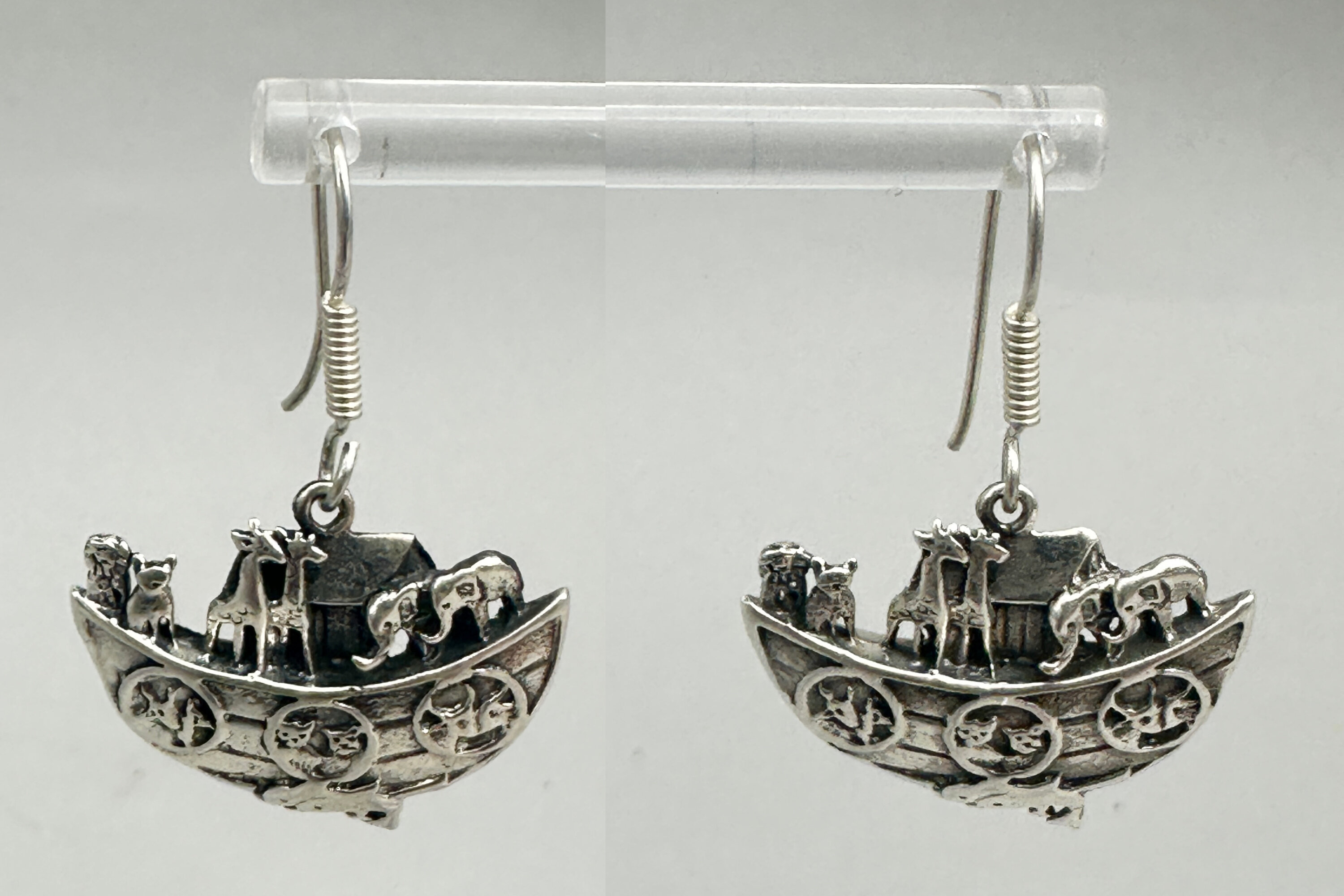
Taxco Noahs Ark Earrings c1980
Price: £45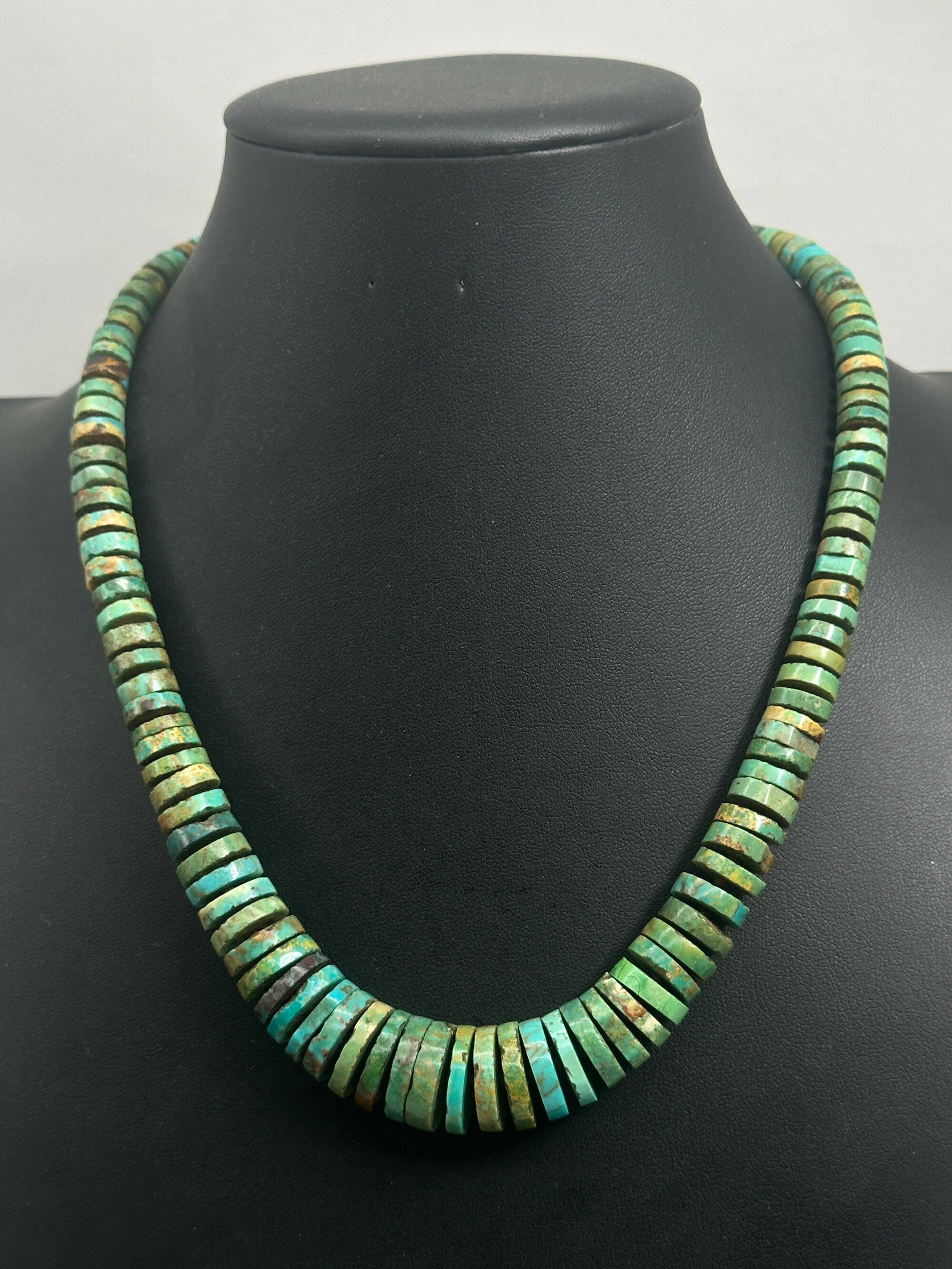
Native American turquoise bead necklace with original clasp c1960
Price: £350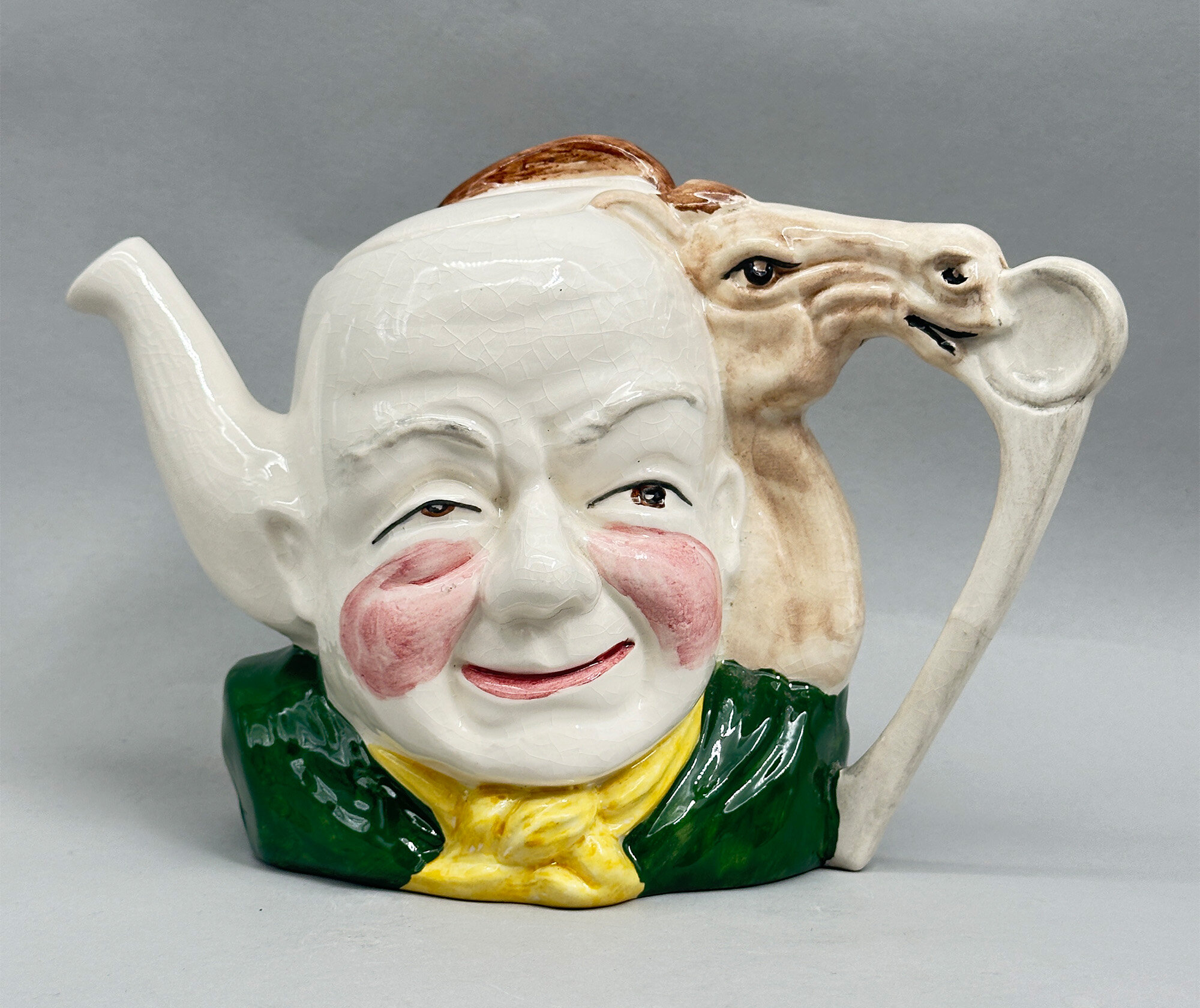
Crown Winsor Jockey Teapot, 1980s
Price: £35Crown Winsor was a short lived earthenware manufacturer at the Sylvan Works, Longton, Stoke-on-Trent, England, previously the premises of the firm Shaw and Copestake, who traded under the well known name ‘SylvaC’ and went into voluntary liquidation in 1982. A workers co-operative trading under the name of Longton Ceramics attempted to take the business over but with little success and eighteen months later the enterprise was fully taken over by United Co-operative Society and run under the name of Crown Winsor. The Co-operative society already owned the Windsor Pottery works and the Crown Clarence Pottery works which was the source of the ‘Crown Winsor’ name. Production centred on whimsical and novelty items, sometimes made from the old SylvaC moulds but demand proved weak and the business ceased trading in 1989. This teapot is typical of their range and the elaborate cipher underneath seems to read ‘CW’ grandly announcing a trade name which unfortunately had a very short life
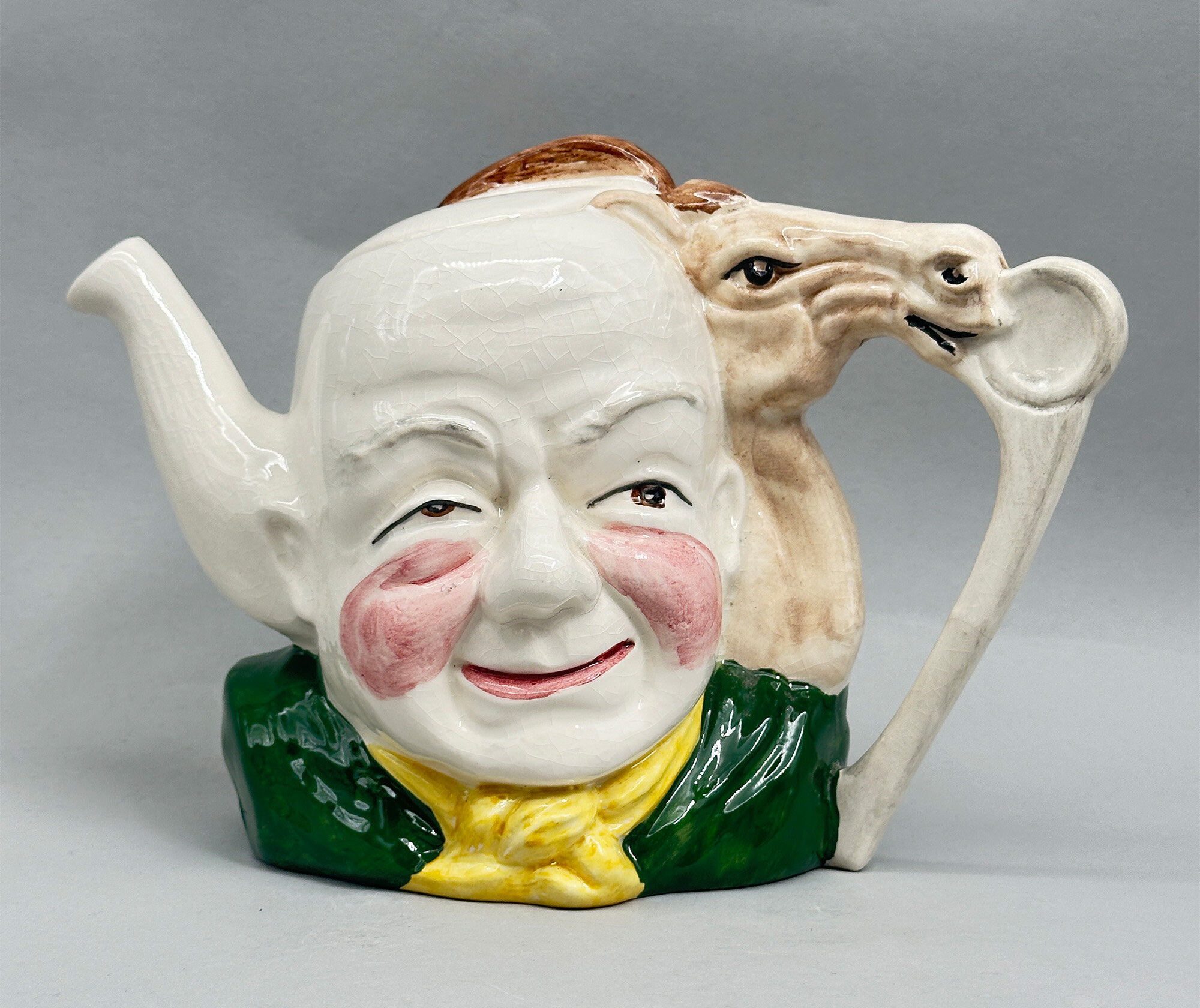
Crown Winsor Jockey Teapot, 1980s
Price: £35Crown Winsor was a short lived earthenware manufacturer at the Sylvan Works, Longton, Stoke-on-Trent, England, previously the premises of the firm Shaw and Copestake, who traded under the well known name ‘SylvaC’ and went into voluntary liquidation in 1982. A workers co-operative trading under the name of Longton Ceramics attempted to take the business over but with little success and eighteen months later the enterprise was fully taken over by United Co-operative Society and run under the name of Crown Winsor. The Co-operative society already owned the Windsor Pottery works and the Crown Clarence Pottery works which was the source of the ‘Crown Winsor’ name. Production centred on whimsical and novelty items, sometimes made from the old SylvaC moulds but demand proved weak and the business ceased trading in 1989. This teapot is typical of their range and the elaborate cipher underneath seems to read ‘CW’ grandly announcing a trade name which unfortunately had a very short life
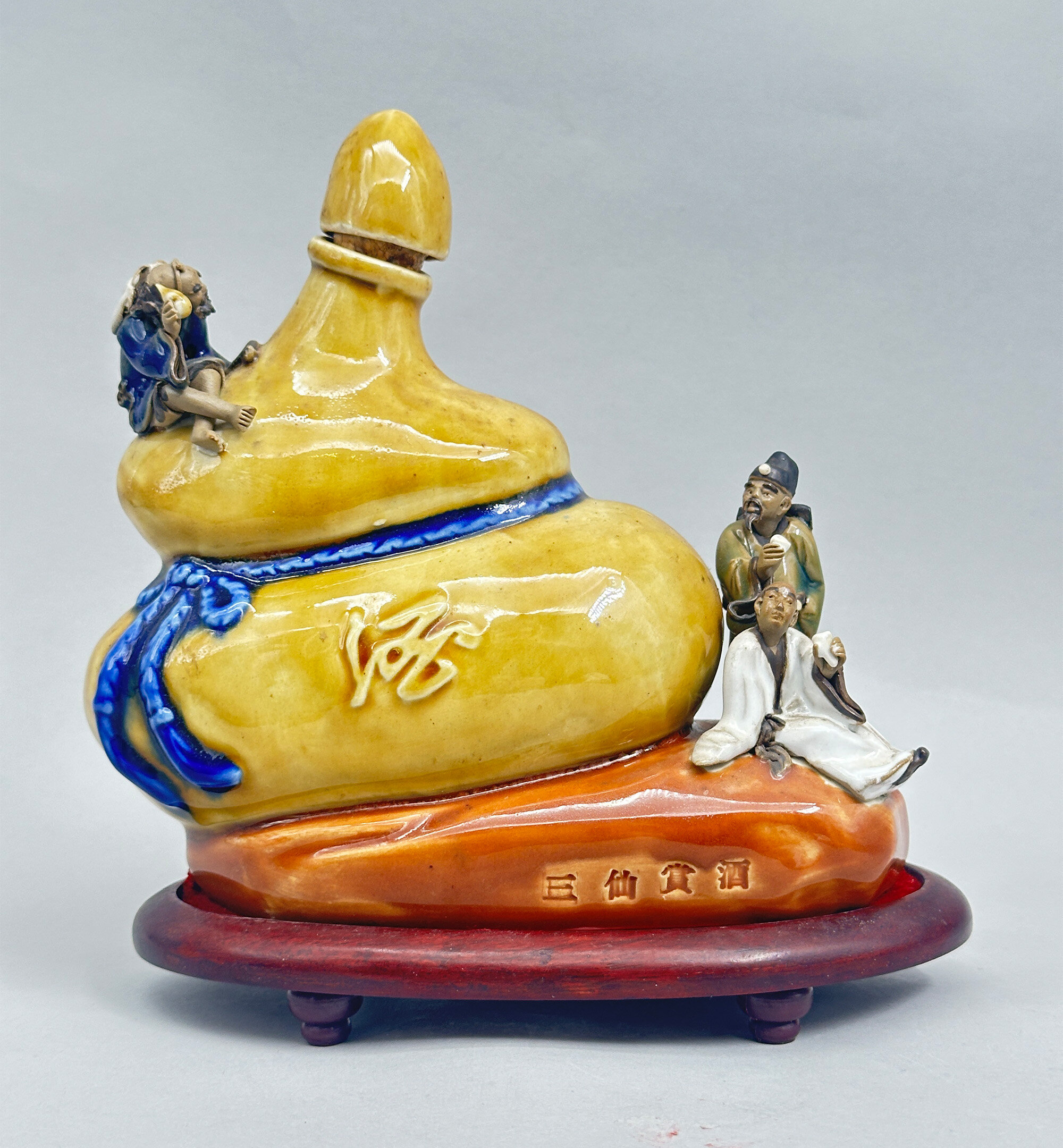
Chinese Qu Wine Decanter, Sam Seng Wine Co, late C20th
Price: £35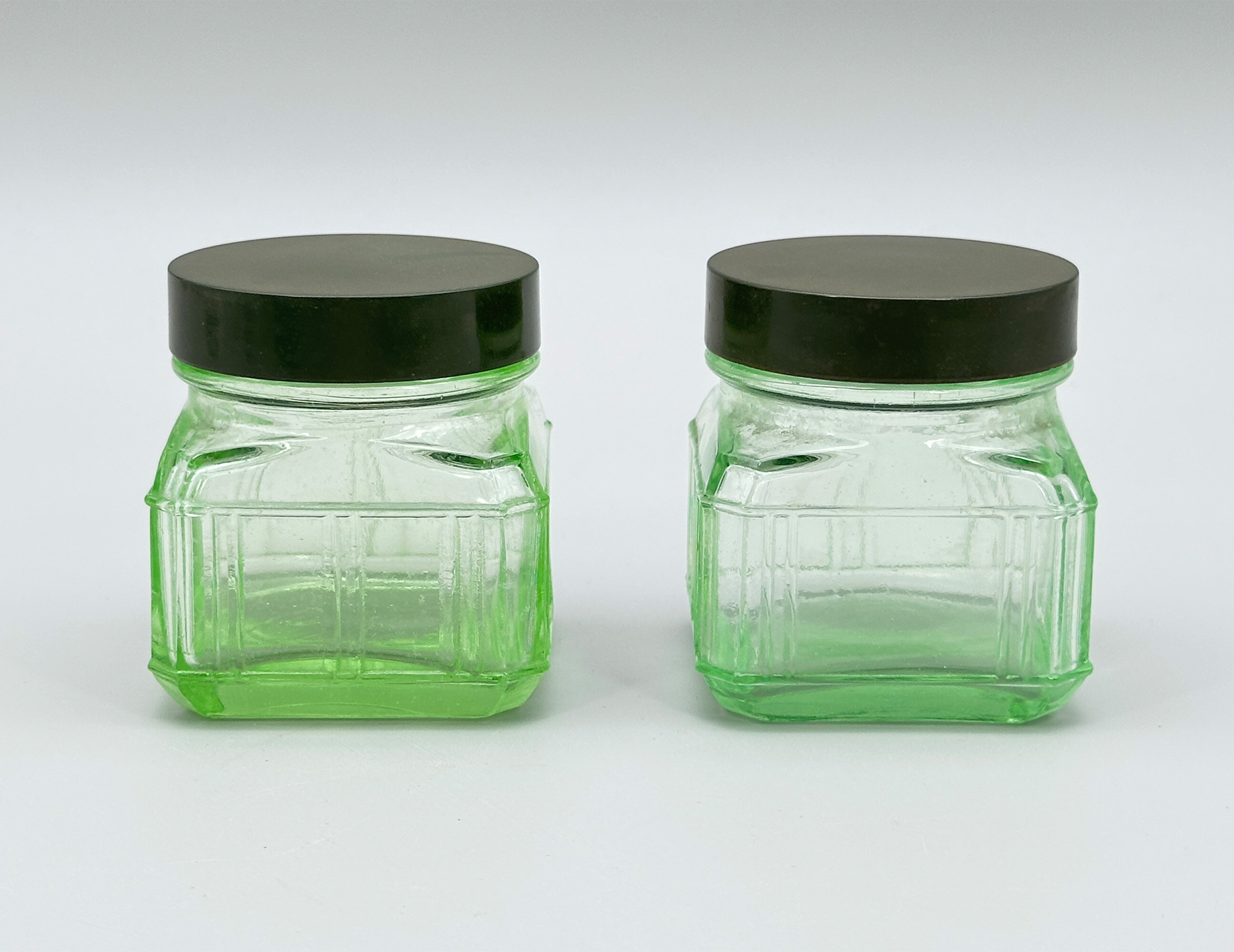
Pair of small green depression glass Jars with bakelite Covers, 1930s
Price: £45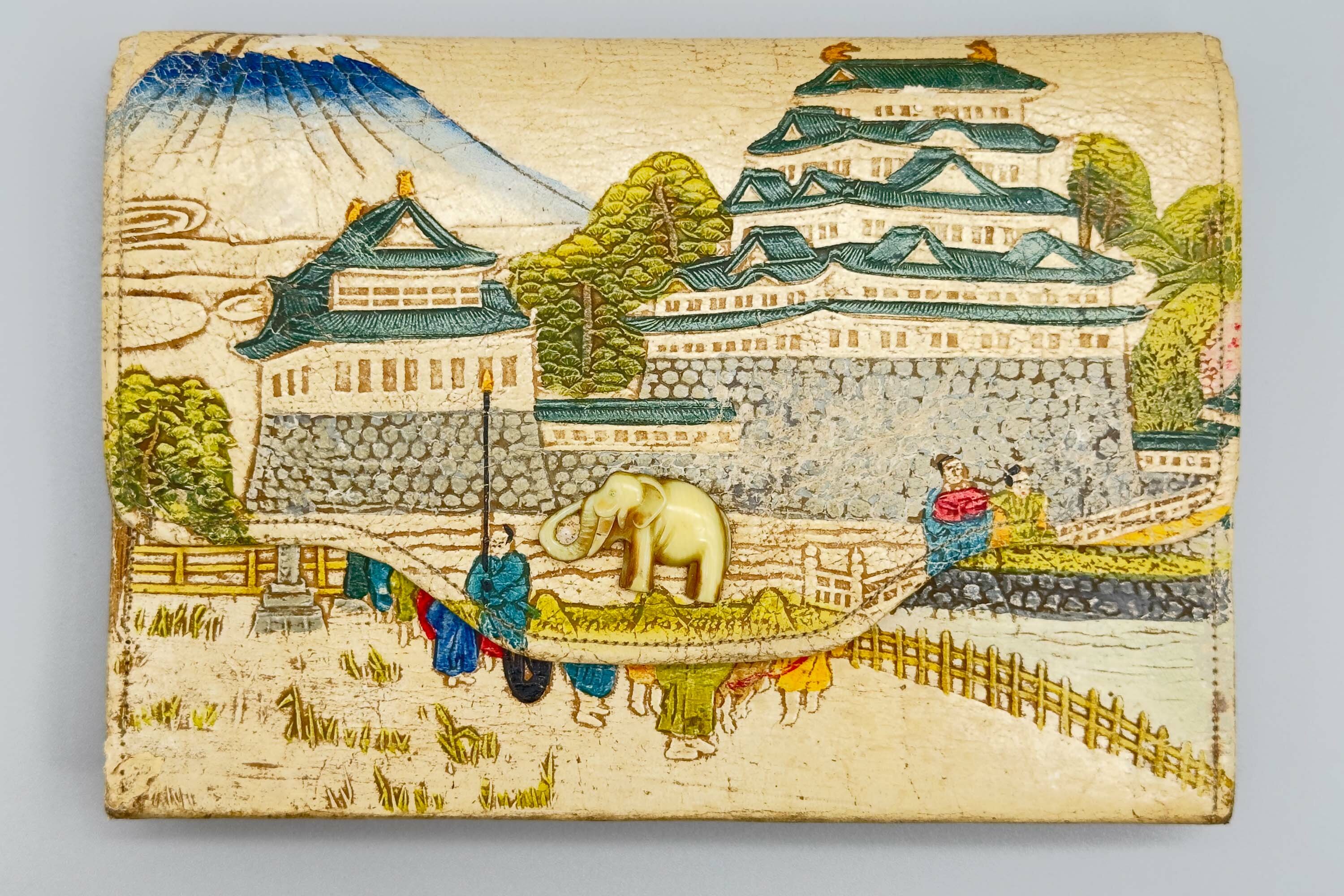
Japanese tooled and painted leather Clutch Bag, 1930s
Price: £45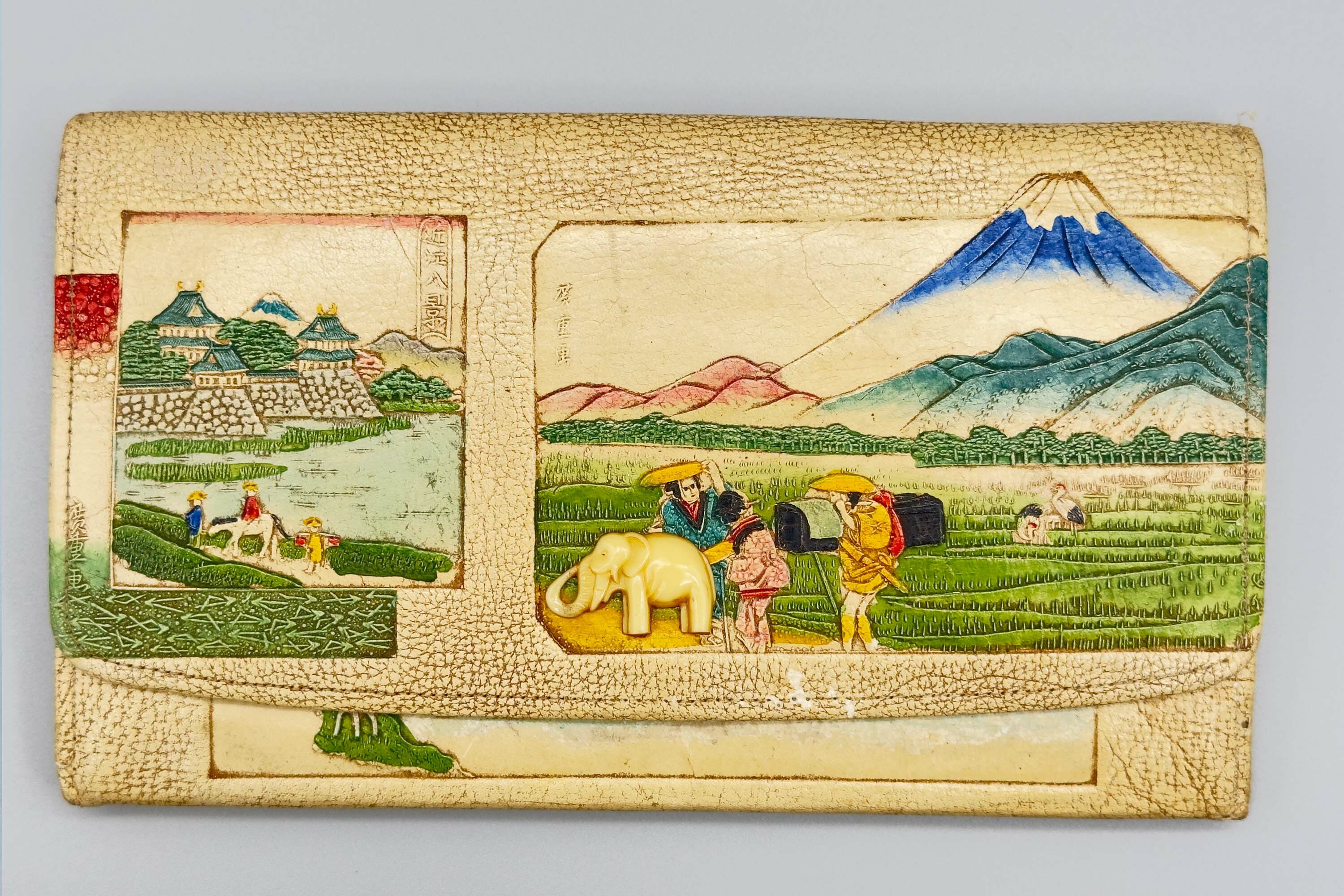
Japanese tooled and painted Leather Clutch Bag, 1930s
Price: £85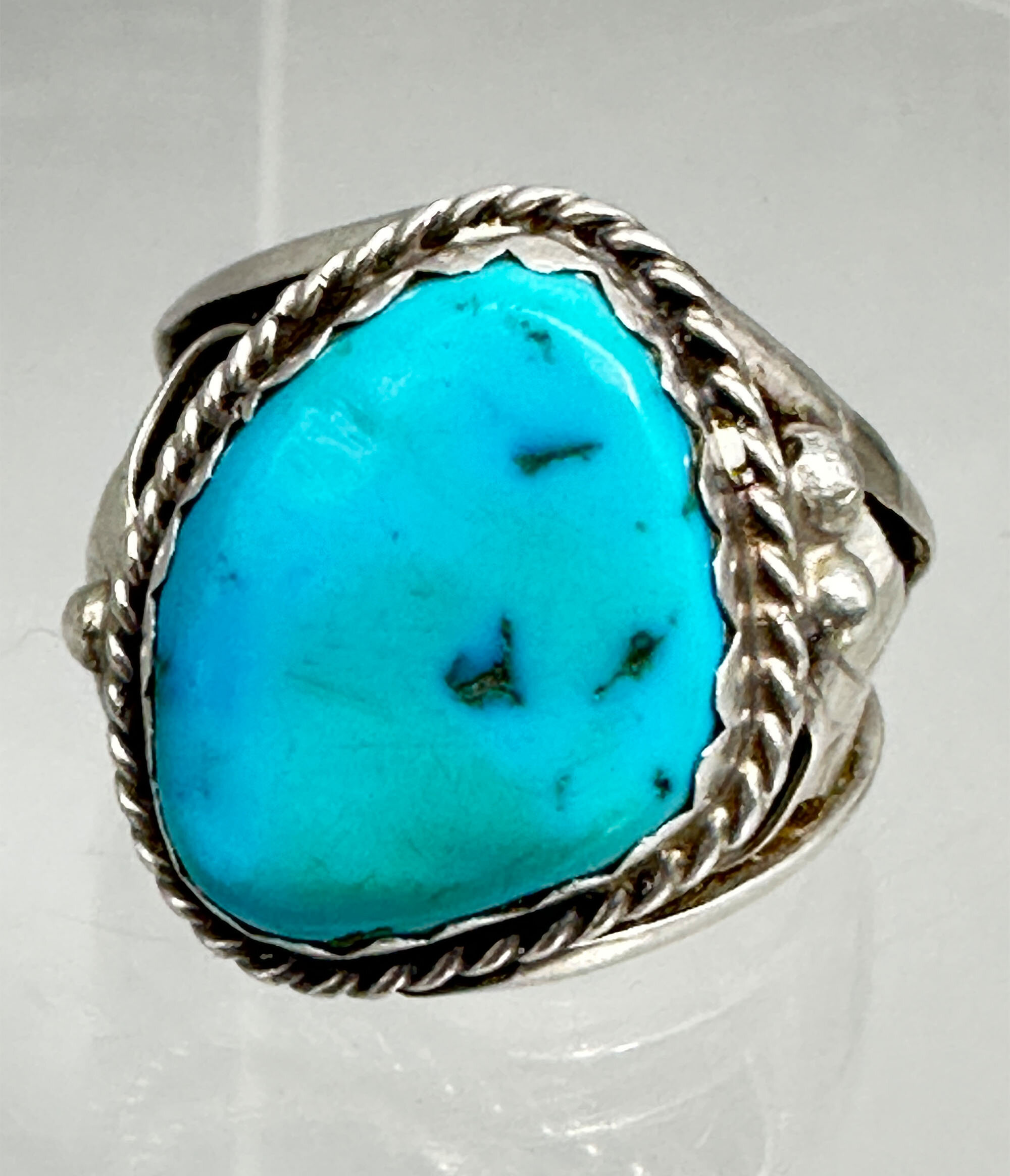
Navajo turquoise ring c1960
Price: £125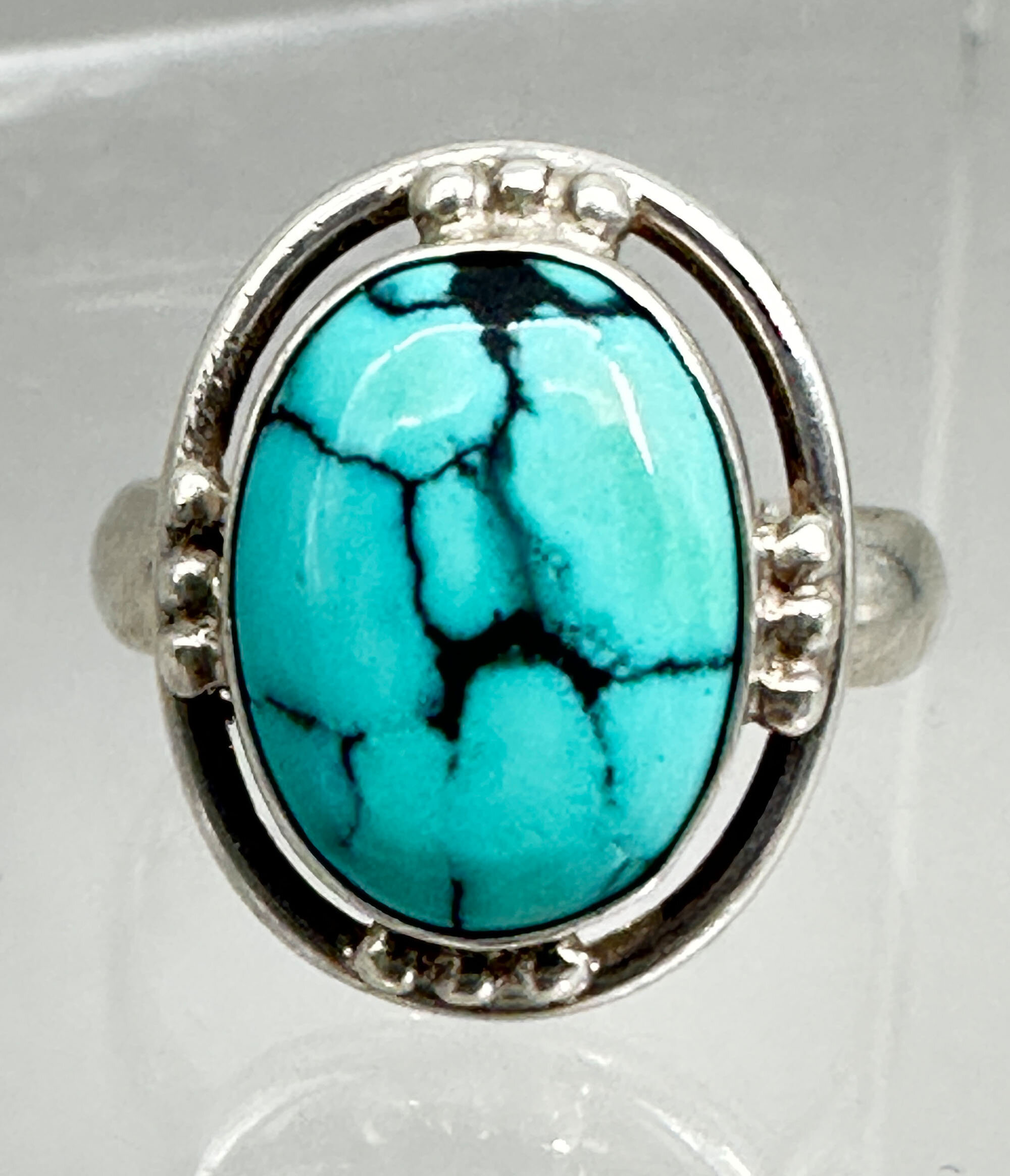
North American turquoise ring c1990
Price: £75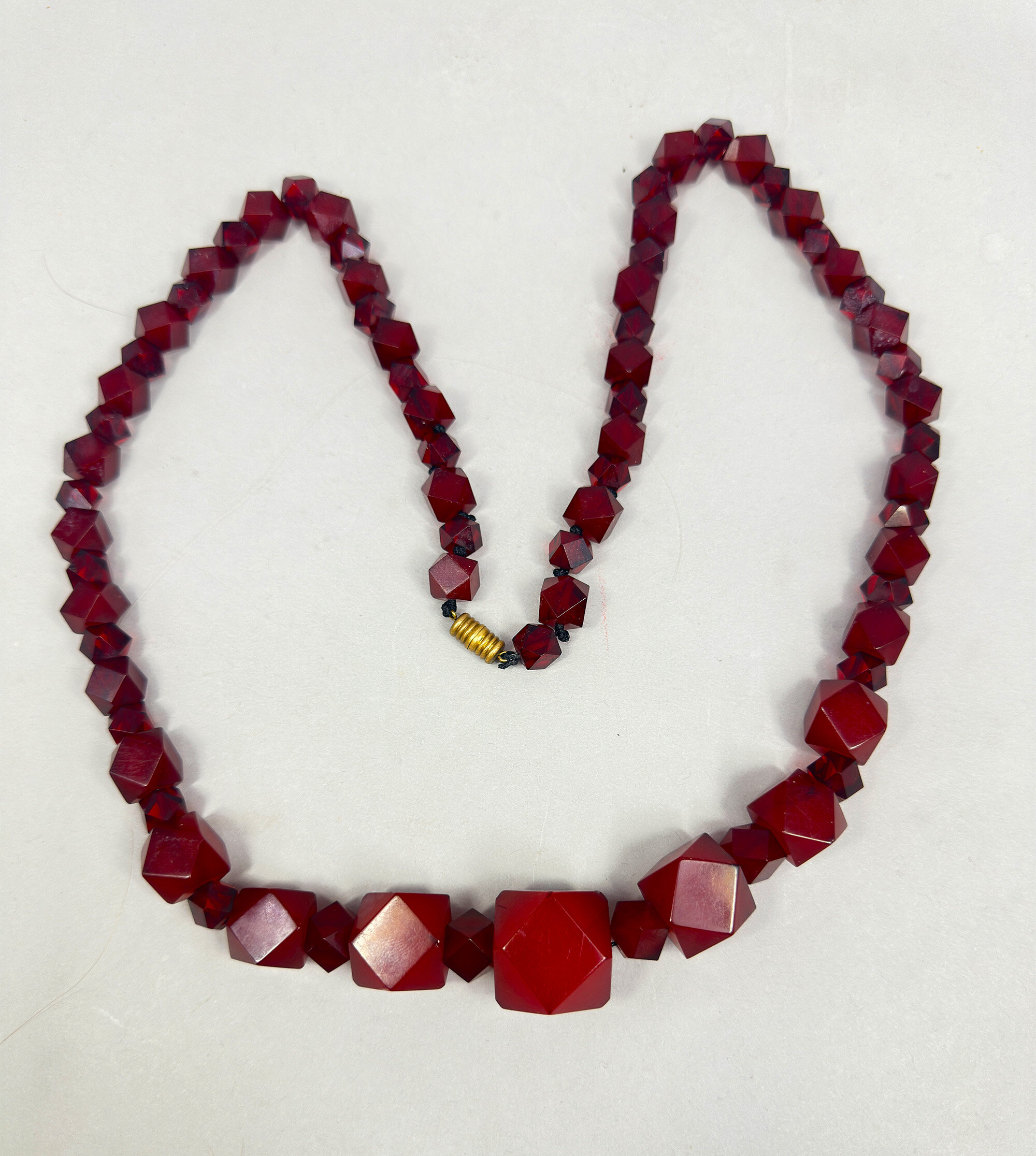
Art Deco Bakelite beads c1930
Price: £150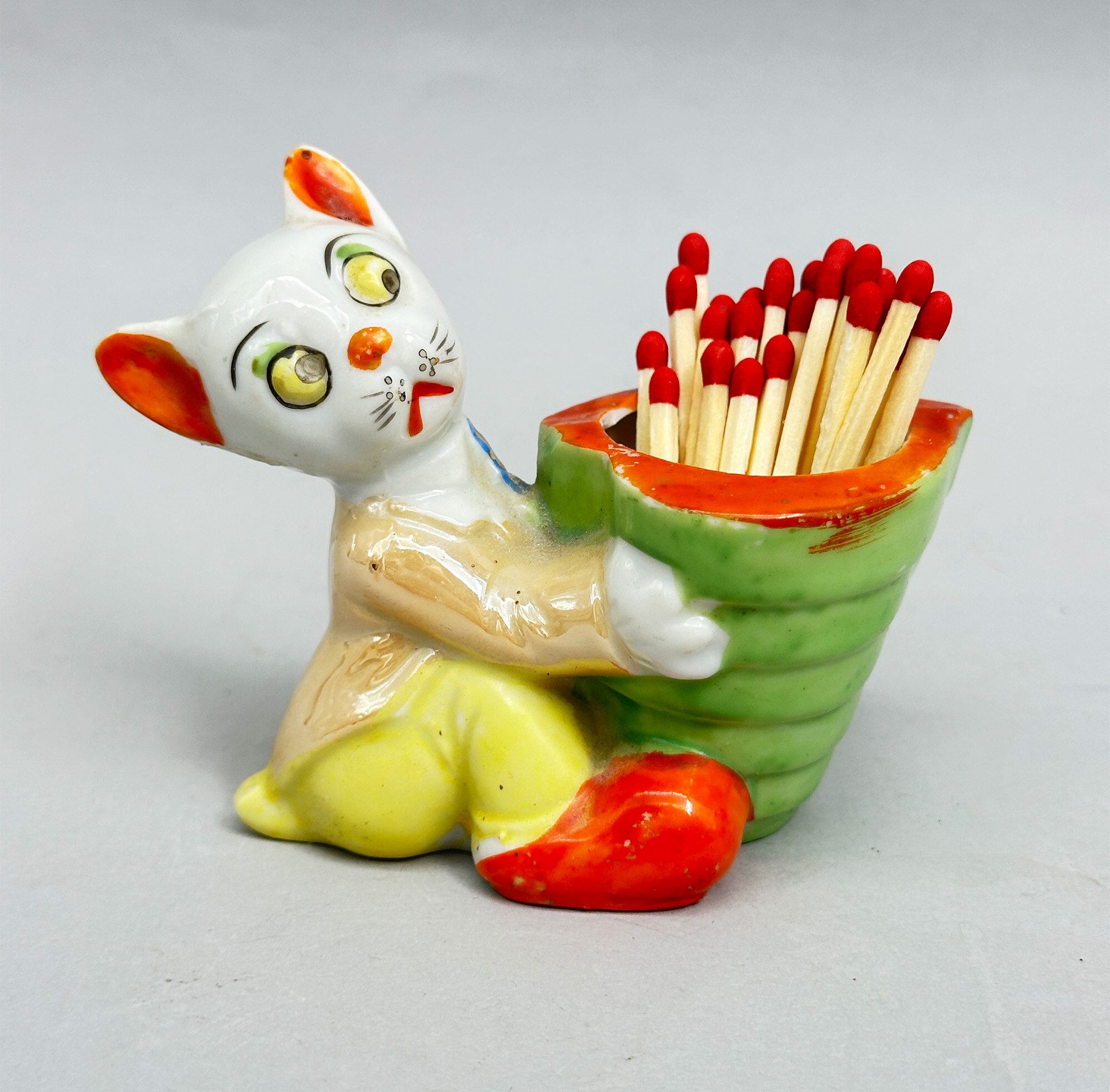
Novelty match holder with cat, Klimax Japan, mid C20th
Price: £20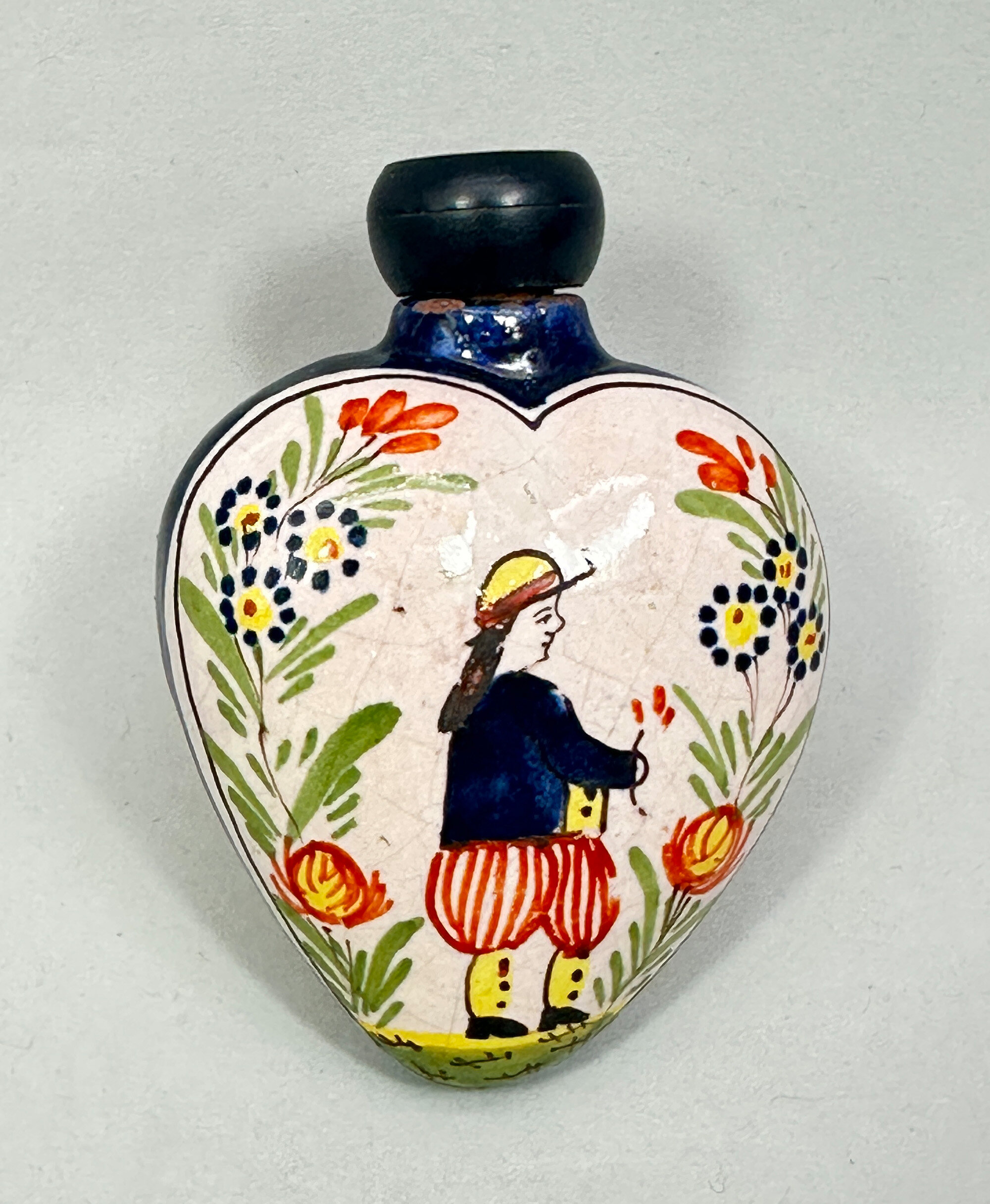
Faience Perfume Bottle and Stopper, Quimper France, C20th
Price: £75This bottle has the Breton gentleman on its front face and a fleur de lis to the reverse. The stylised lily, known as fleur de lis, became a symbol of the French royal family and France in general. It occurs, for example, on the Canadian flag but was also regularly used as a decorative motif by the Quimper potteries. These bottles can date to as early as the beginning of the twentieth century but a later time of production is probably a safer assumption here, perhaps to the 1950s. Few of these bottles survive with their fitted stoppers and the traces of cork to the top interior suggest that this stopper has been in place for some time and probably since the date of manufacture.
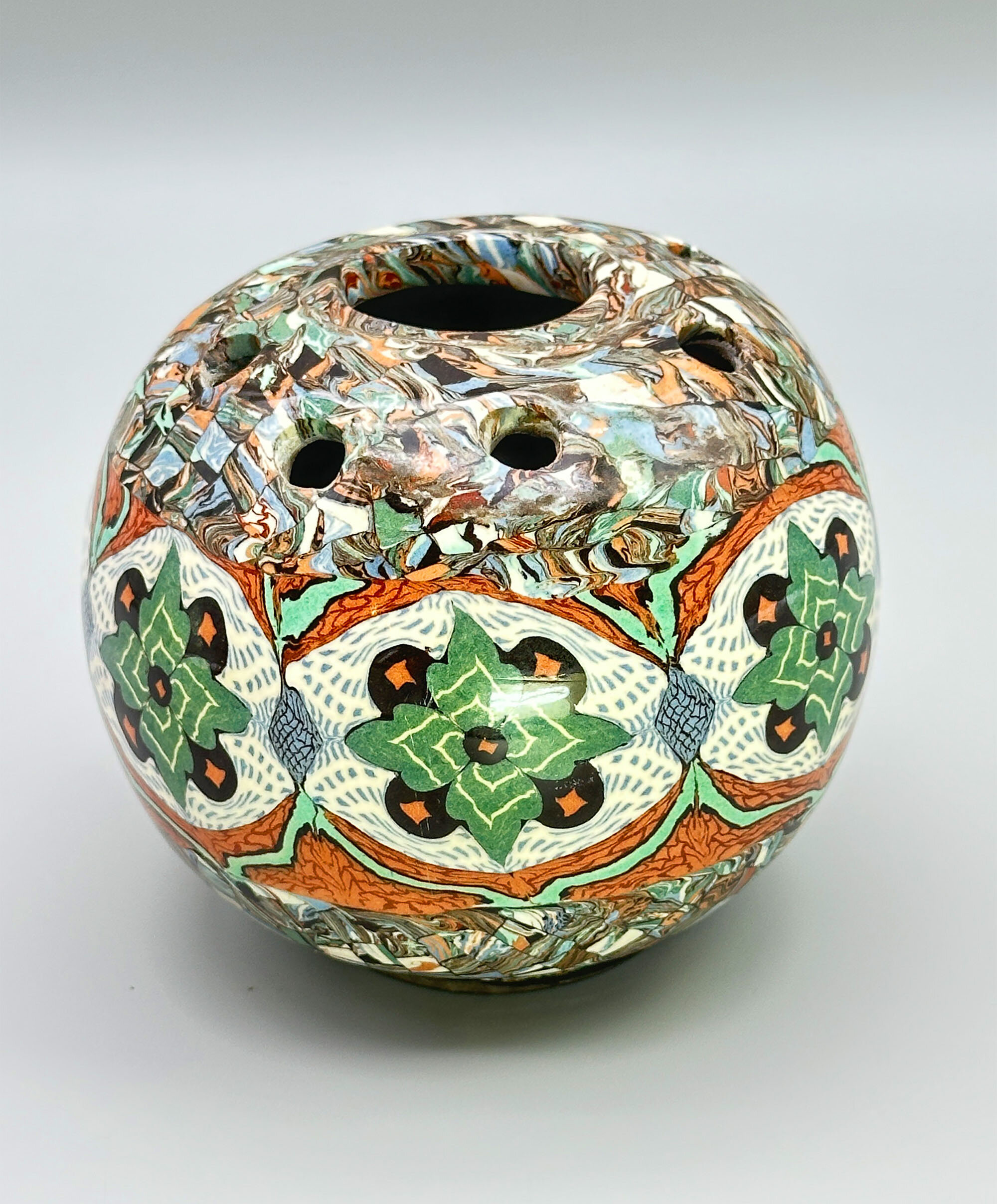
Vallauris Mosaic Pattern Vase, Jean Gerbino, signed, mid C20th
Price: £65Known for its ceramics since Roman times, when the deposits of clay found locally acted as stimulus for the production of pottery, the French Riviera town of Vallauris has been called the ‘city of 100 potters’. Pottery has been made there continuously since the classical period with a growth in production in the late nineteenth century followed by the establishment of various well known ateliers in the twentieth and the residence of Picasso himself who is said to have produced over 3500 pieces there.
Jean Gerbino Jean Gerbino (1876-1966) was a Sicilian ceramicist, who took French citizenship in 1928. He settled eventually in Vallauris and developed a unique technique combining mosaic and nériage (a mixture of coloured clays). The clays are coloured with oxides, hardened, and then assembled into plates to create colourful and distinctive mosaic patterns. These plates are then moulded, dried, and fired. The resulting forms are both distinctive and highly decorative, modern with a hint of the Art Deco era.
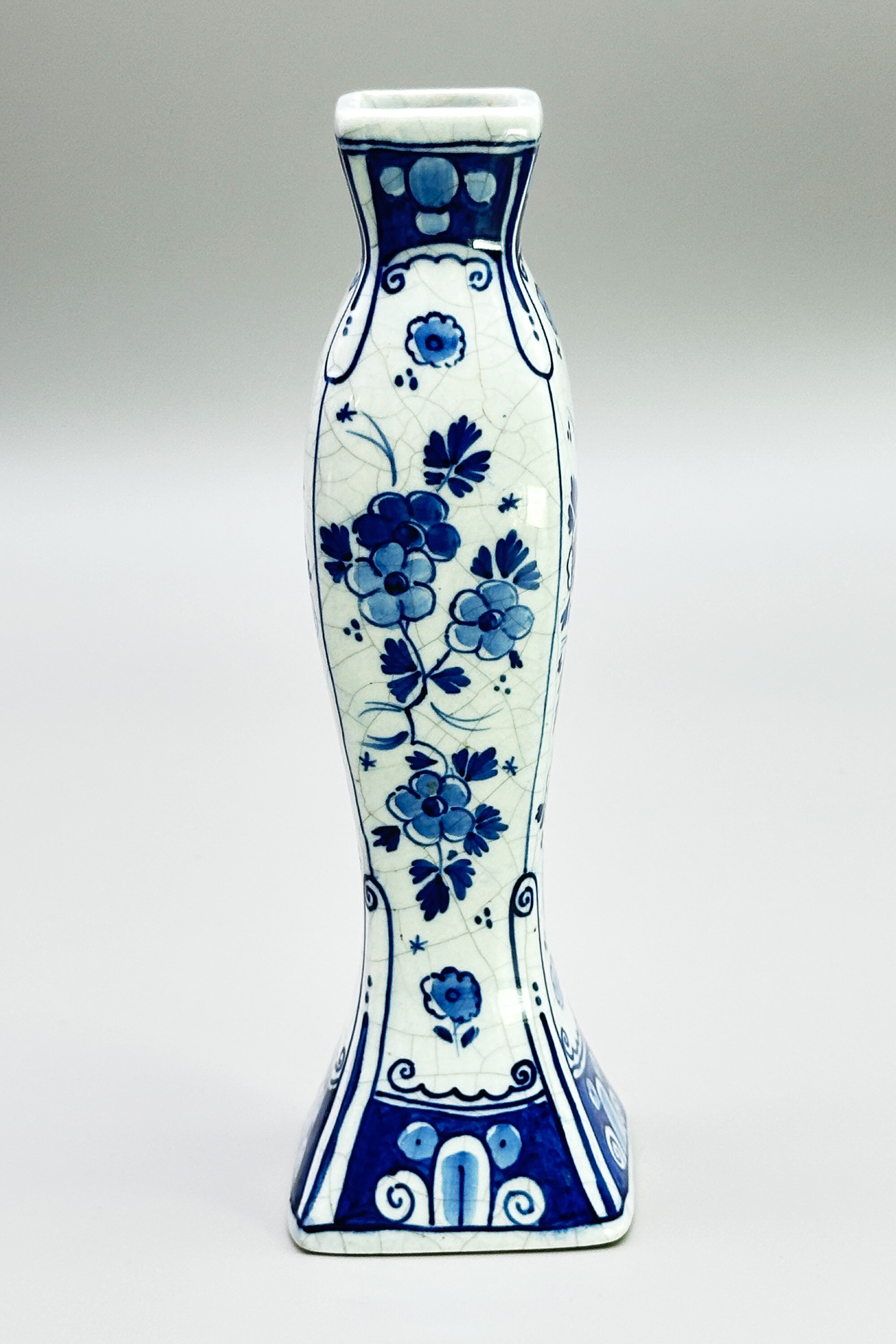
Delft style garniture vase, probably Chinese C20th
Price: £20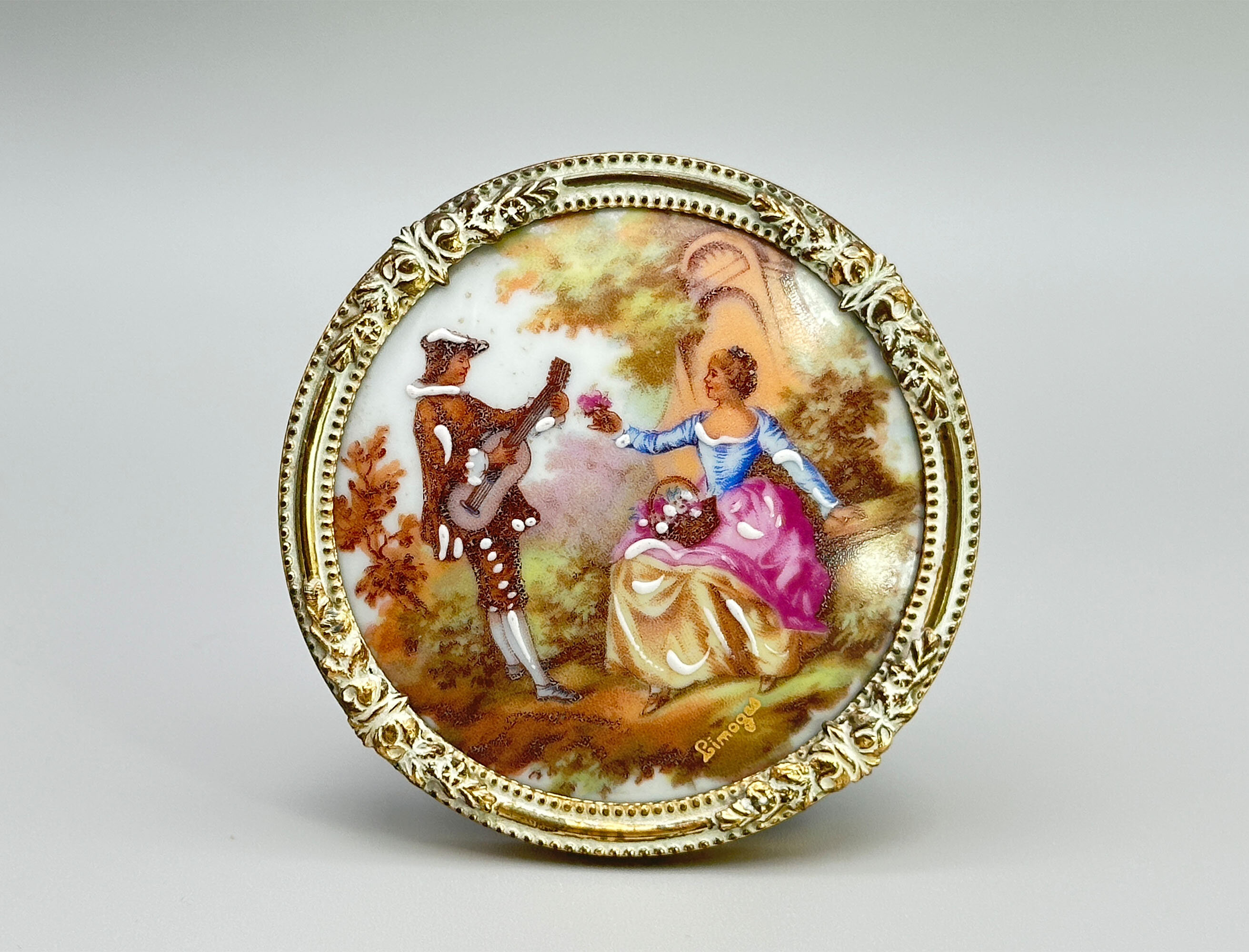
Small circular ceramic plaque after Fragonard marked Limoges, framed, late C20th
Price: £25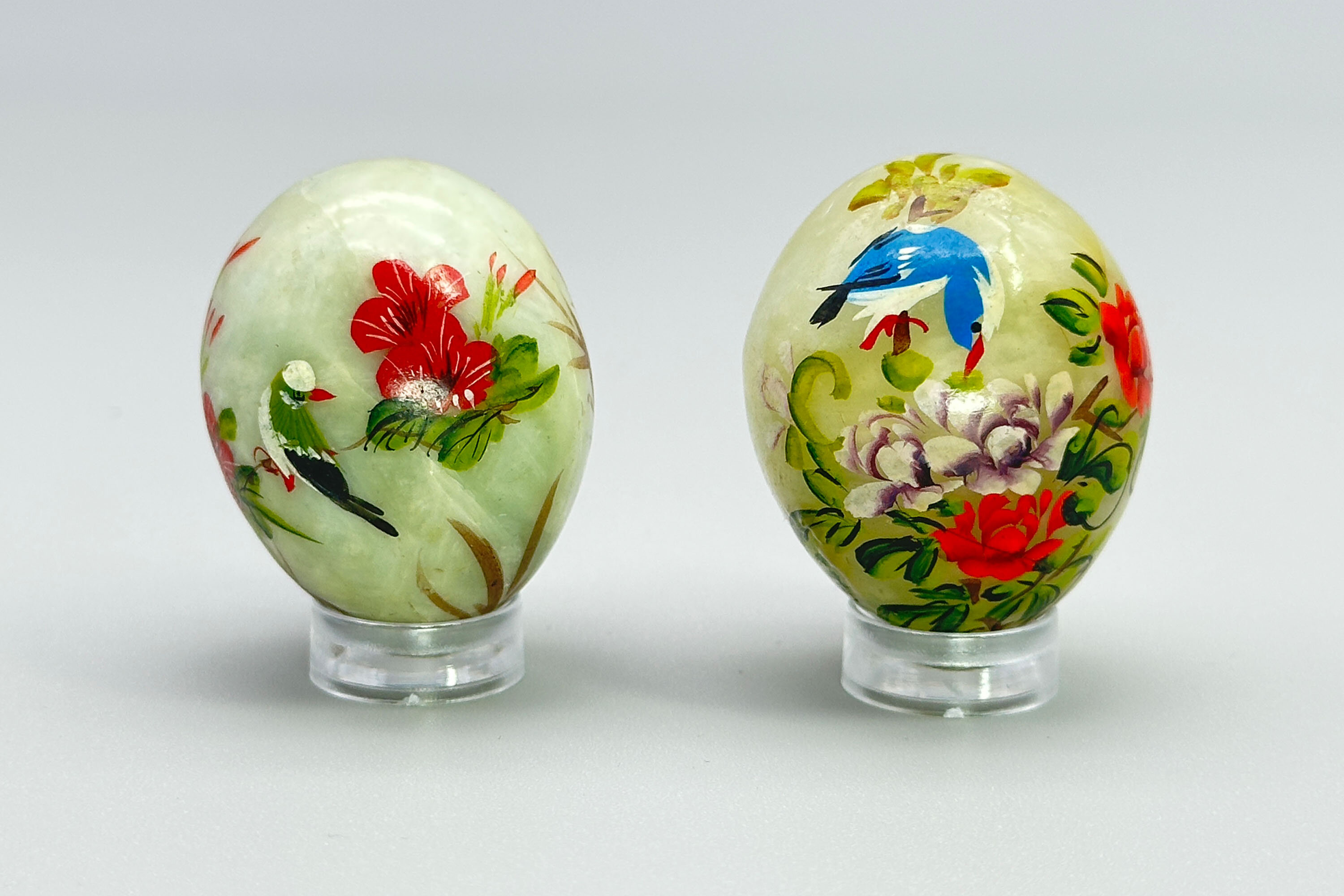
Pair of Chinese hand painted jade Eggs with modern stands
Price: £25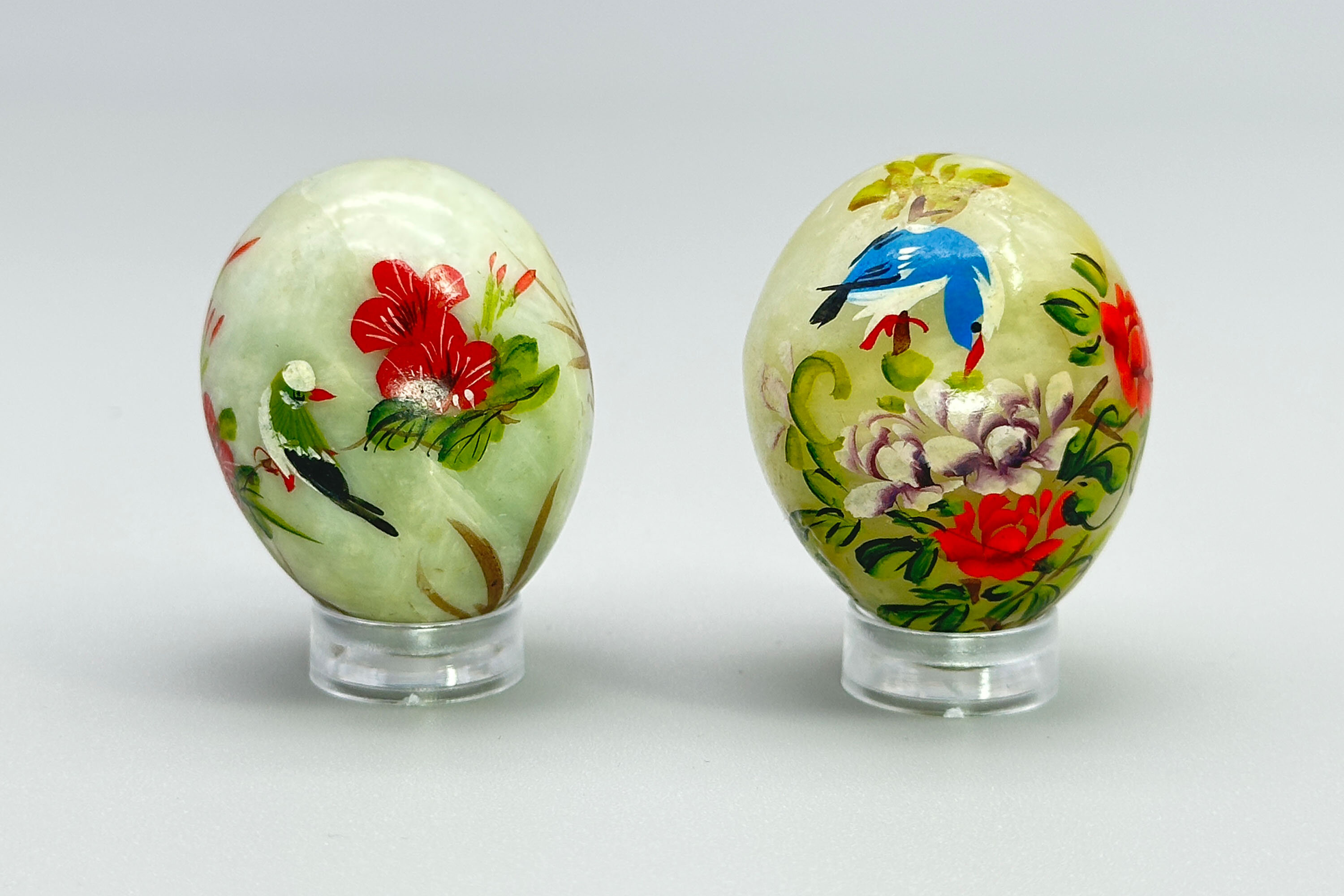
Pair of Chinese hand painted jade Eggs with modern stands
Price: £25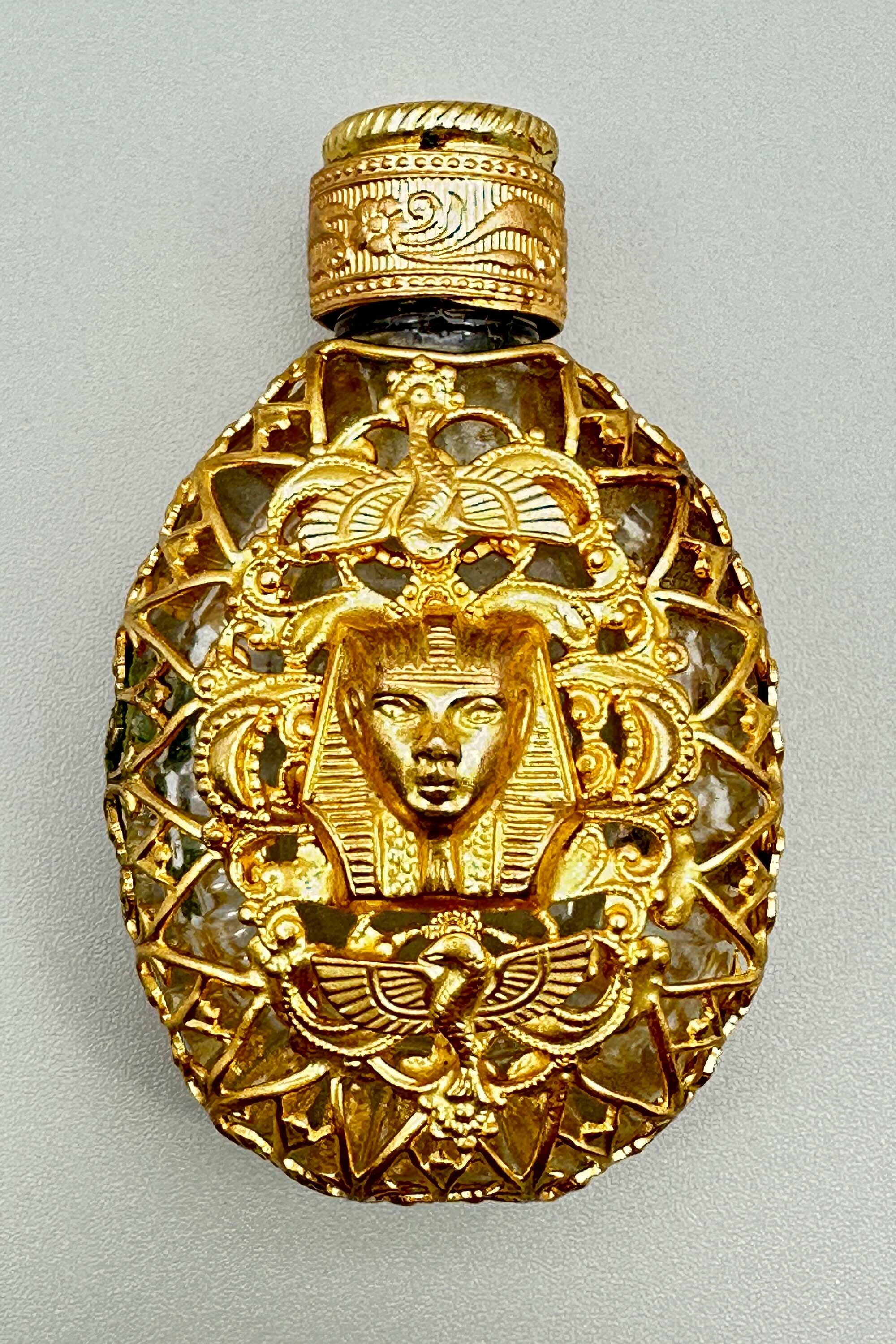
Egyptian Revival Perfume Bottle and Cover, probably Czech second half C20th
Price: £55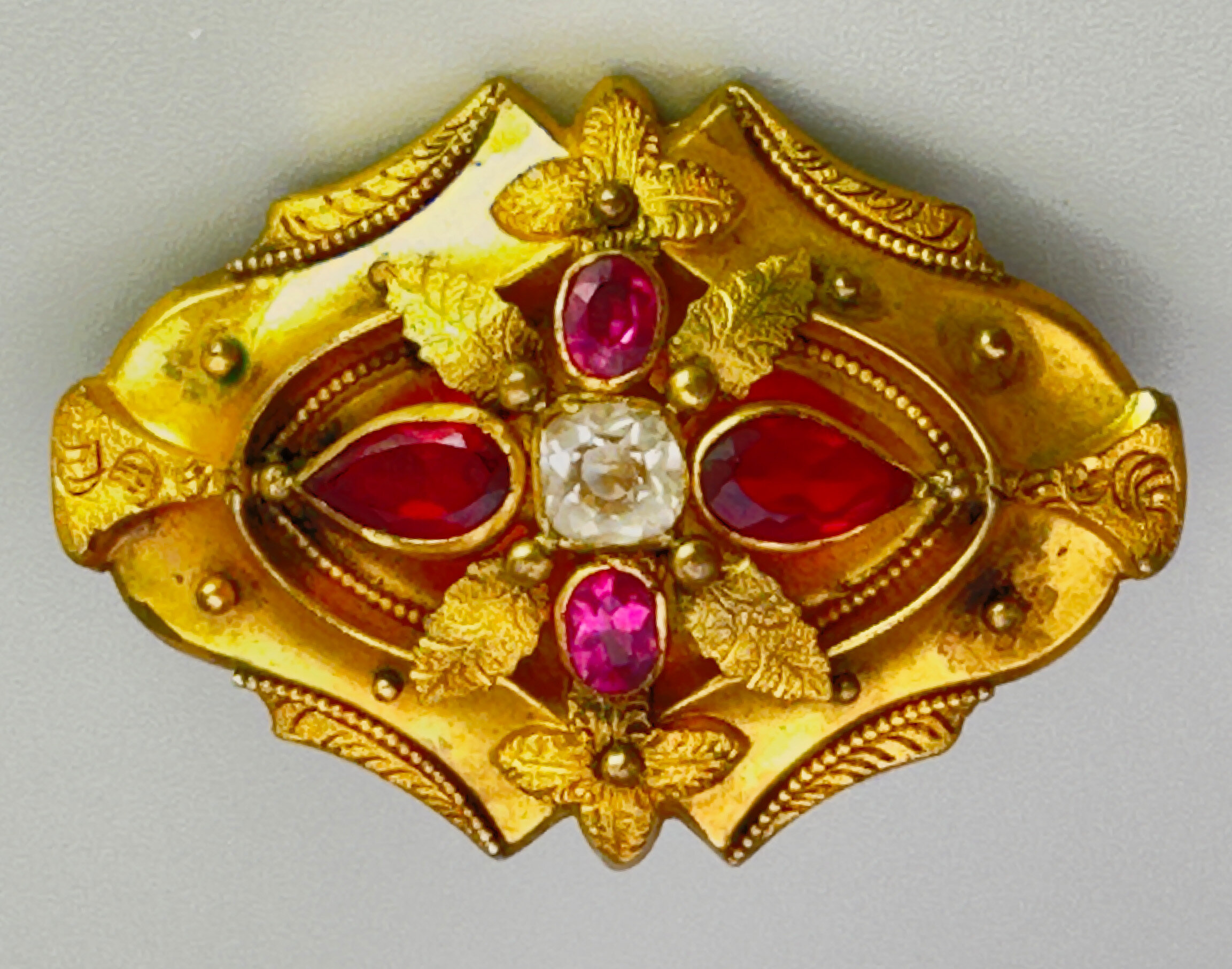
Victorian pinchbeck brooch with paste stone c1900
Price: £45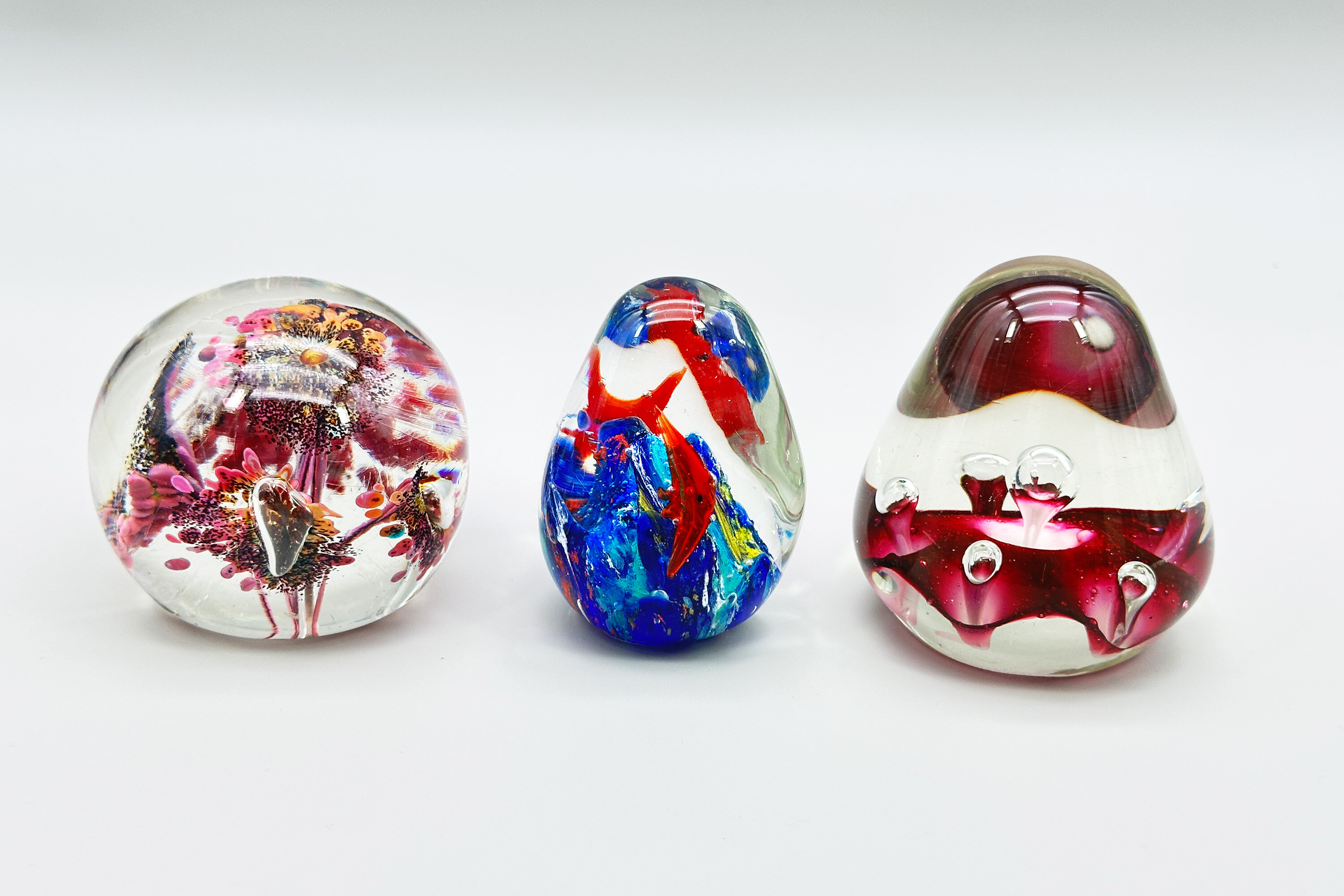
Three Art Glass Paperweights, late C20th
Price: £75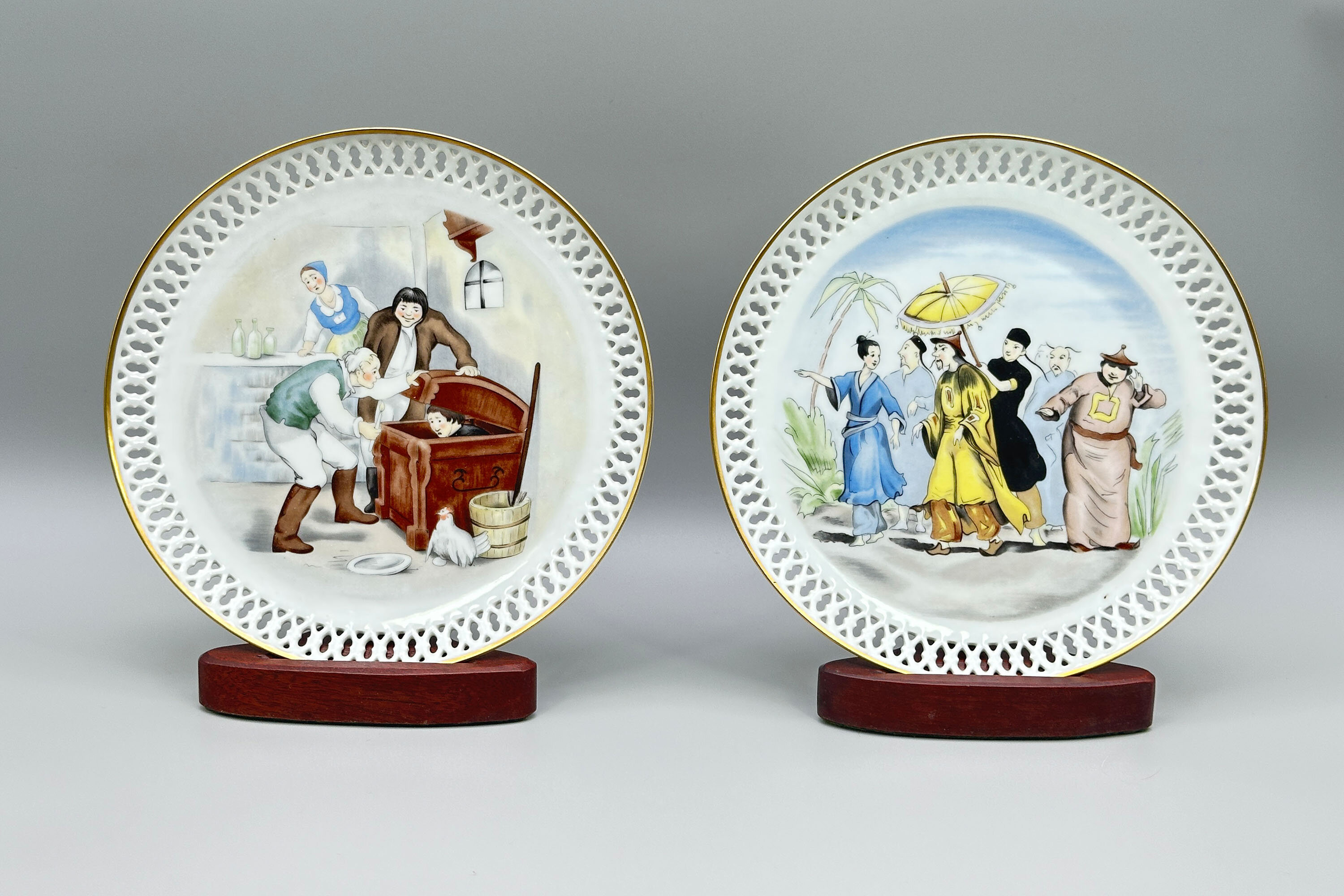
Two Bing & Grøndahl plates, scenes from Hans Christian Andersen, late C20th
Price: £45Bing & Grøndahl was established in 1853 by the sculptor Frederik Vilhelm Grøndahl and the merchant brothers Meyer Hermann Bing and Jacob Herman Bing. Their trademark, which can be seen on these two plates, was that of three towers, which was derived from the Coat of Arms of Copenhagen. Their designs proved popular and it is said that their dinnerware service in the ‘Seagull’ pattern could be found in one in ten Danish households in the 1950s. Eventually, in 1987 the company merged with its competitor, the Royal Porcelain Factory, under the name Royal Copenhagen, but some of the pieces produced thereafter still display the initials ‘B&G’ and the three tower symbol, as here. Originally sold with fitted boxes (not included here), these plates were probably produced in the early years after the merger and are sought after as collectors’ items today.
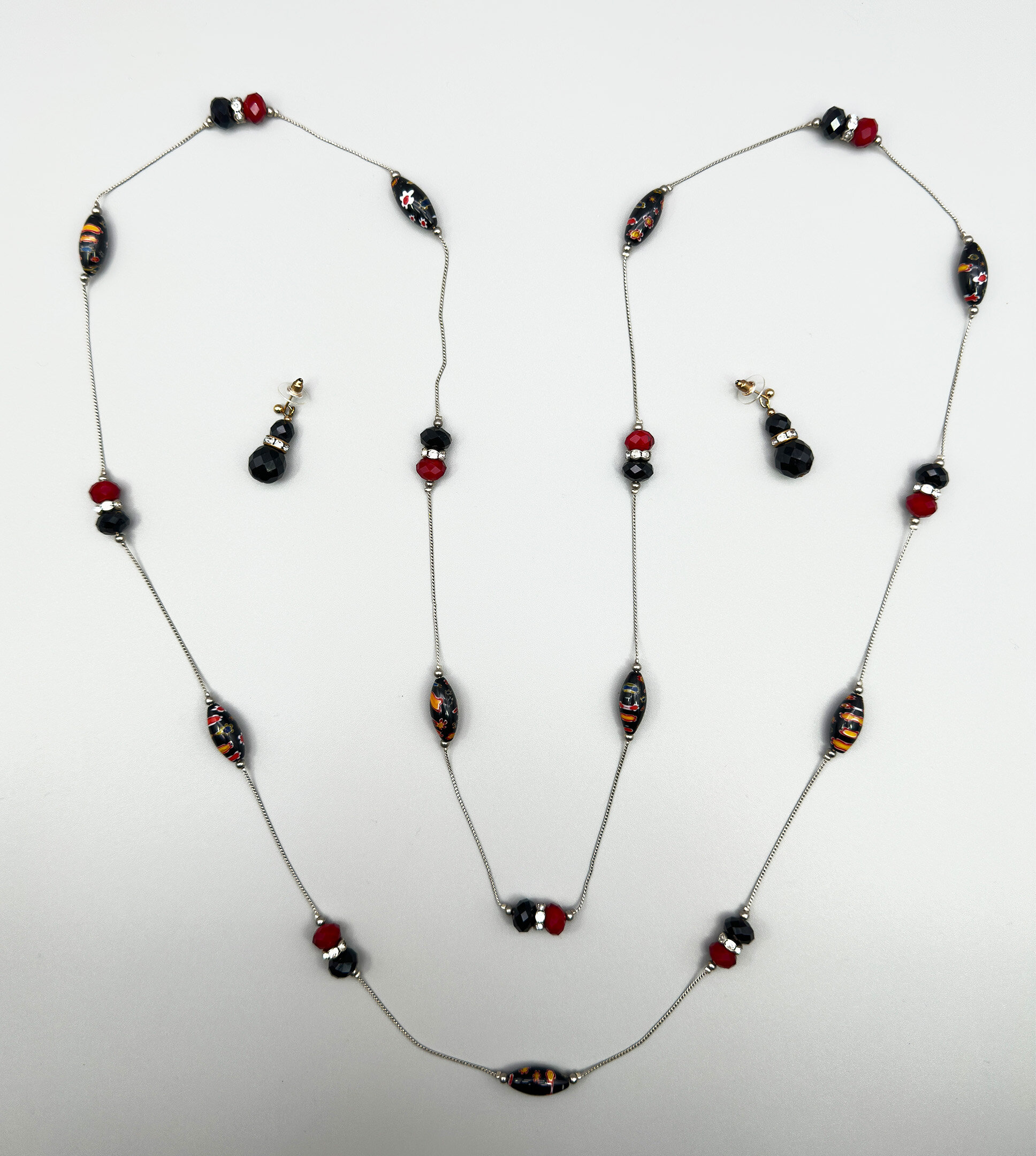
Opera length mille fiore station necklace and earrings c1950 and later
Price: £25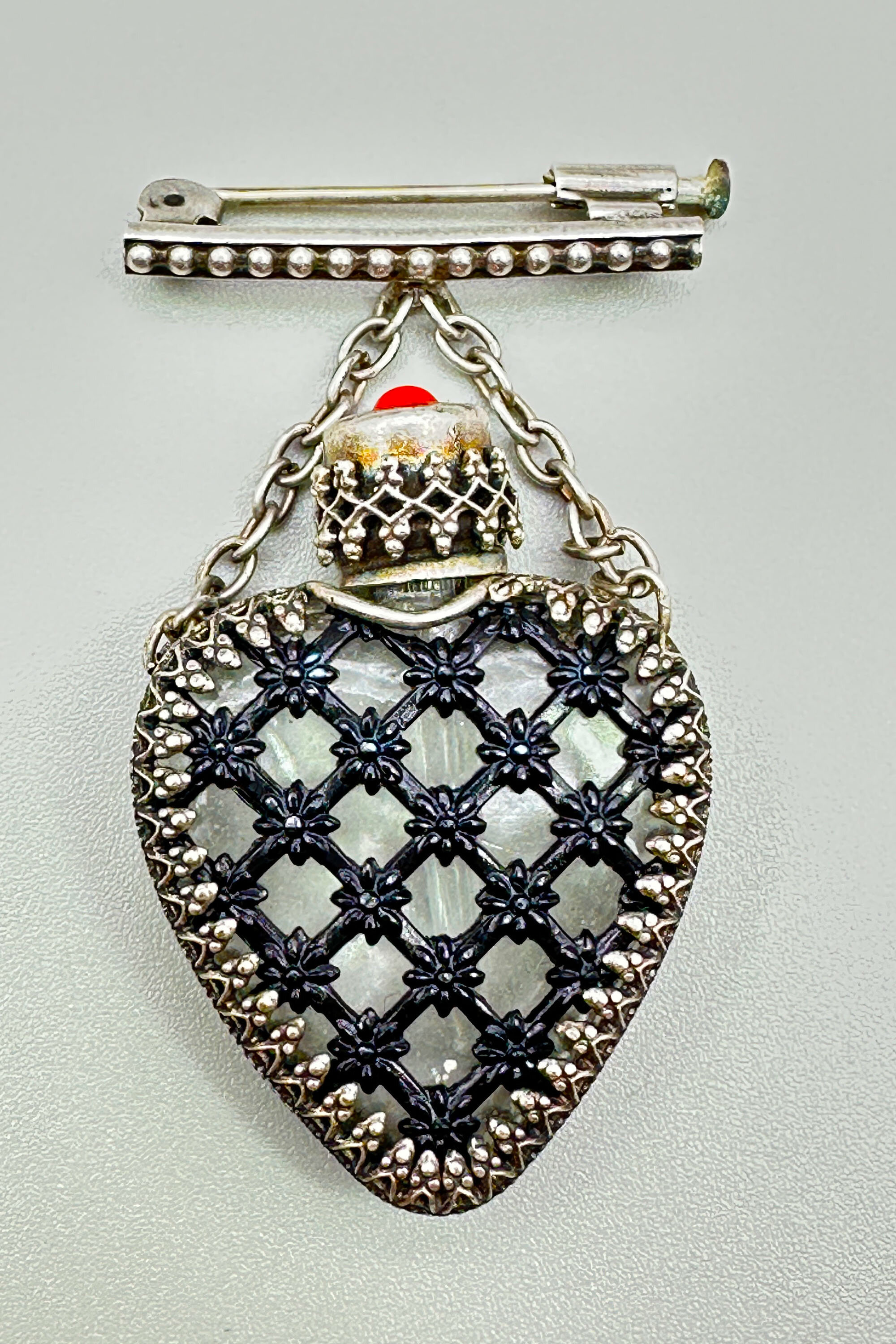
Perfume Bottle Brooch, probably French mid C20th
Price: £55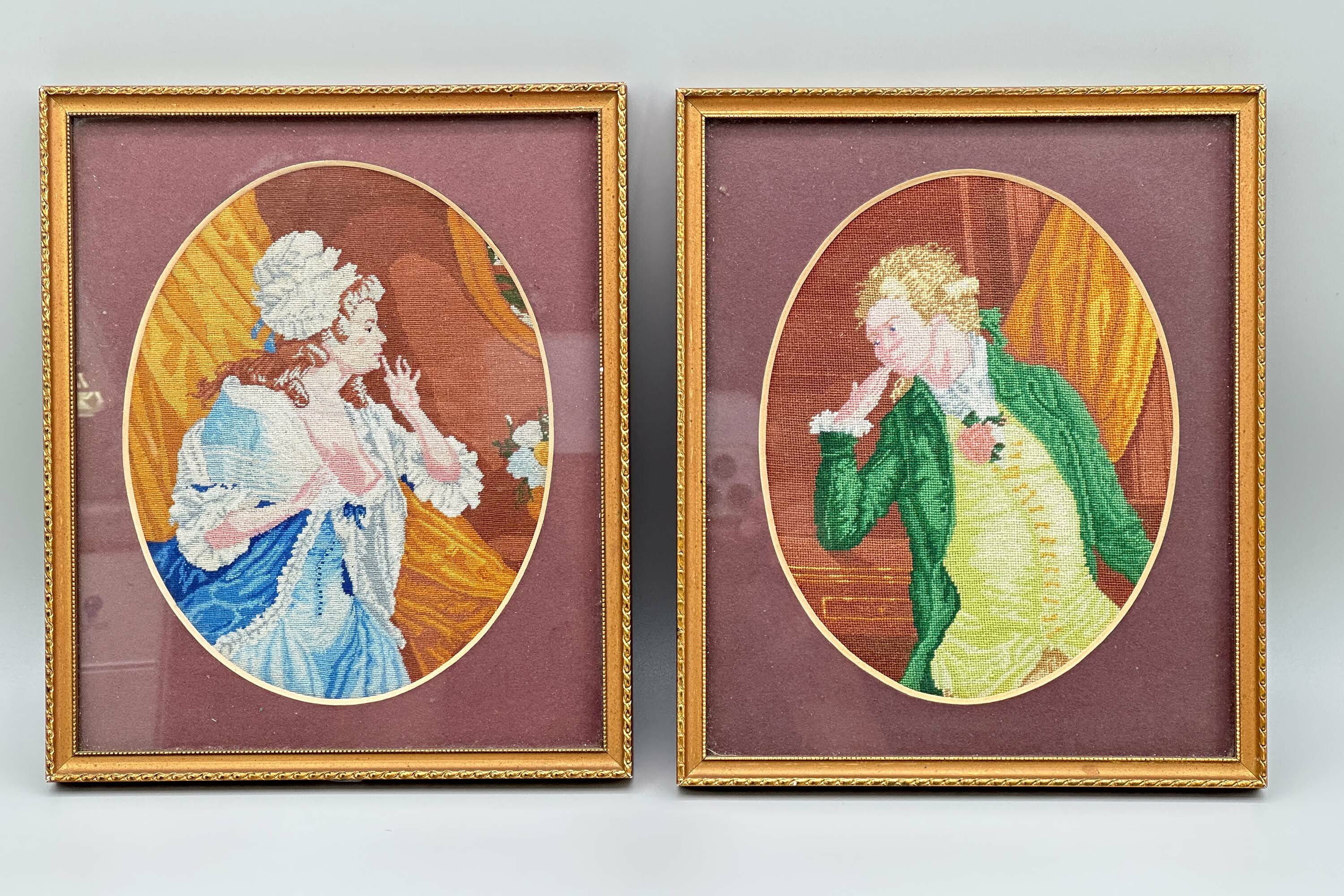
Pair of petit point Tapestry Pictures, The Needlewoman Shop London, mid C20th
Price: £55The fine stitching used here is a version of needlepoint termed ‘petit point’ because of the small size of stitches used. In general needlepoint, designs are stitched onto fine canvas using a simple tent stitch, a small, diagonal stitch that crosses over the intersection of one horizontal and one vertical thread of the canvas forming a slanted stitch at a 45-degree angle. Petit point uses the same technique but with much finer stitching and thread on a much finer canvas often requiring magnification for the work to be carried out. It allows more intricate designs and shading effects as can be clearly seen here. The technique was particularly popular in France amongst the aristocracy in the early eighteenth century which perhaps determines the choice of subject here but with their intricate stitching and complementary frames, this pair of tapestries would definitely be a candidate for boudoir accessories in the present day.
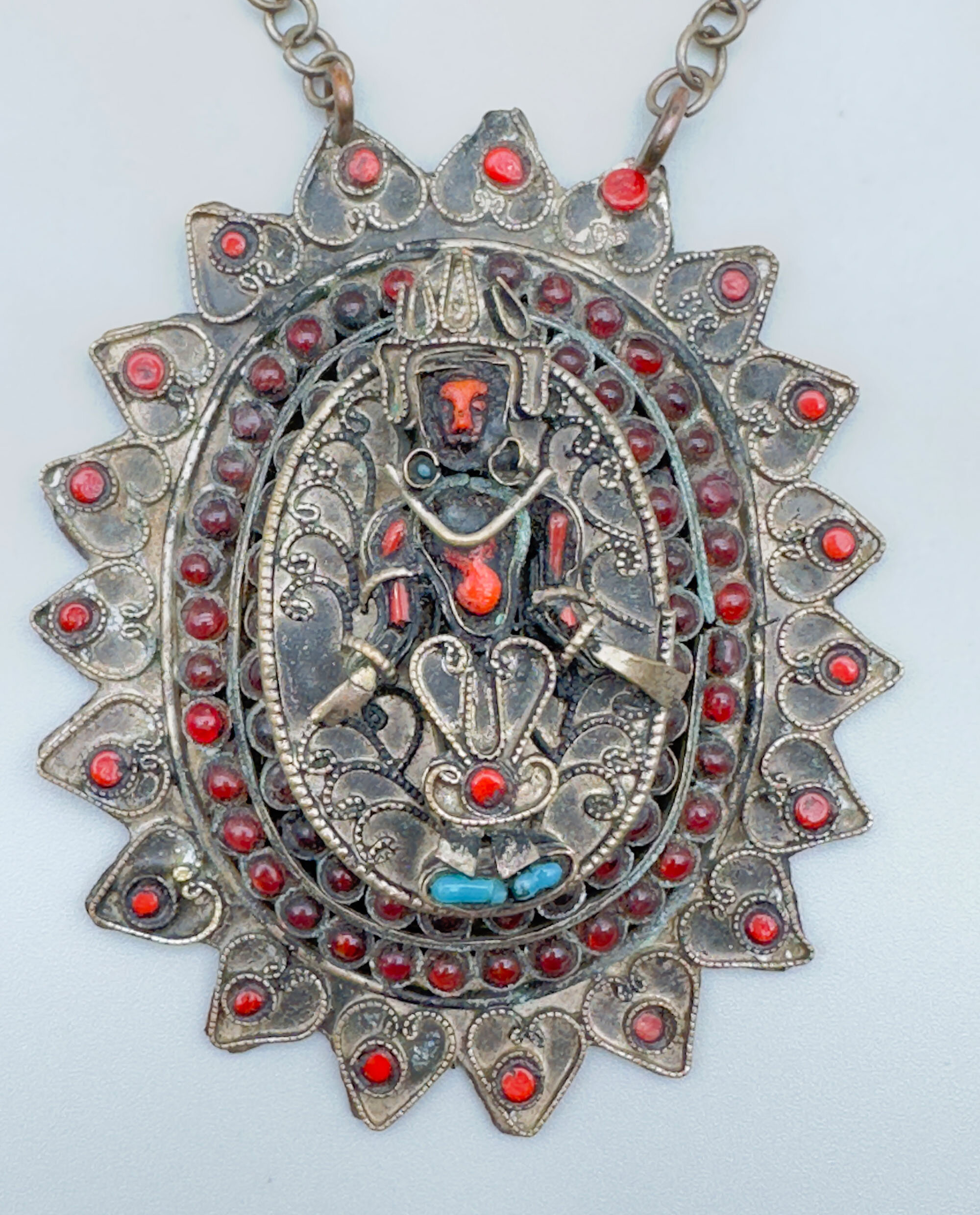
Tibetan amulet necklace featuring Buddhist deity c1900
Price: £25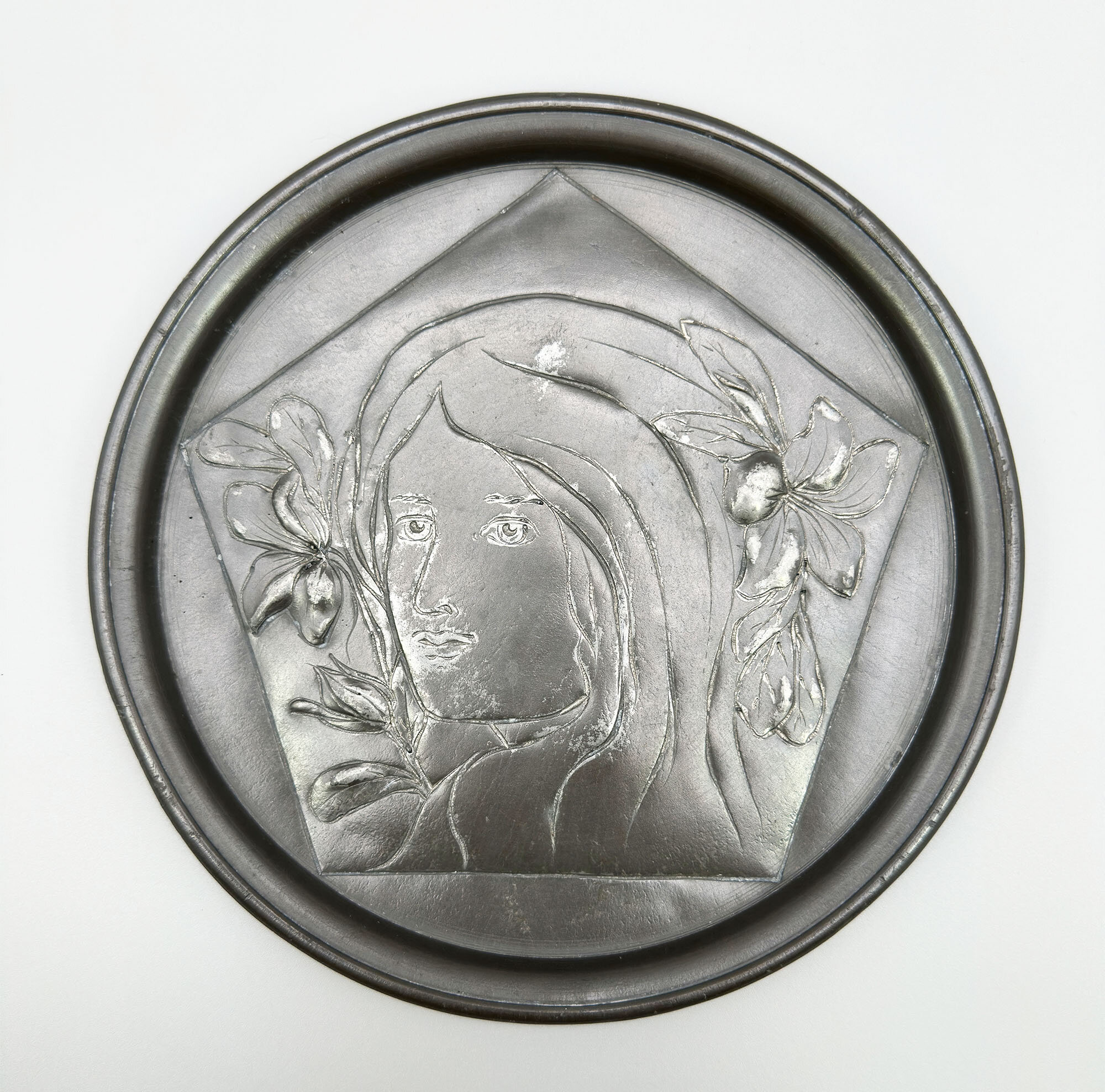
Pewter Plate in the Art Nouveau style, marked Joh. Heidl, C20th
Price: £20
Silver and marcasite statement brooch, 1956
Price: £125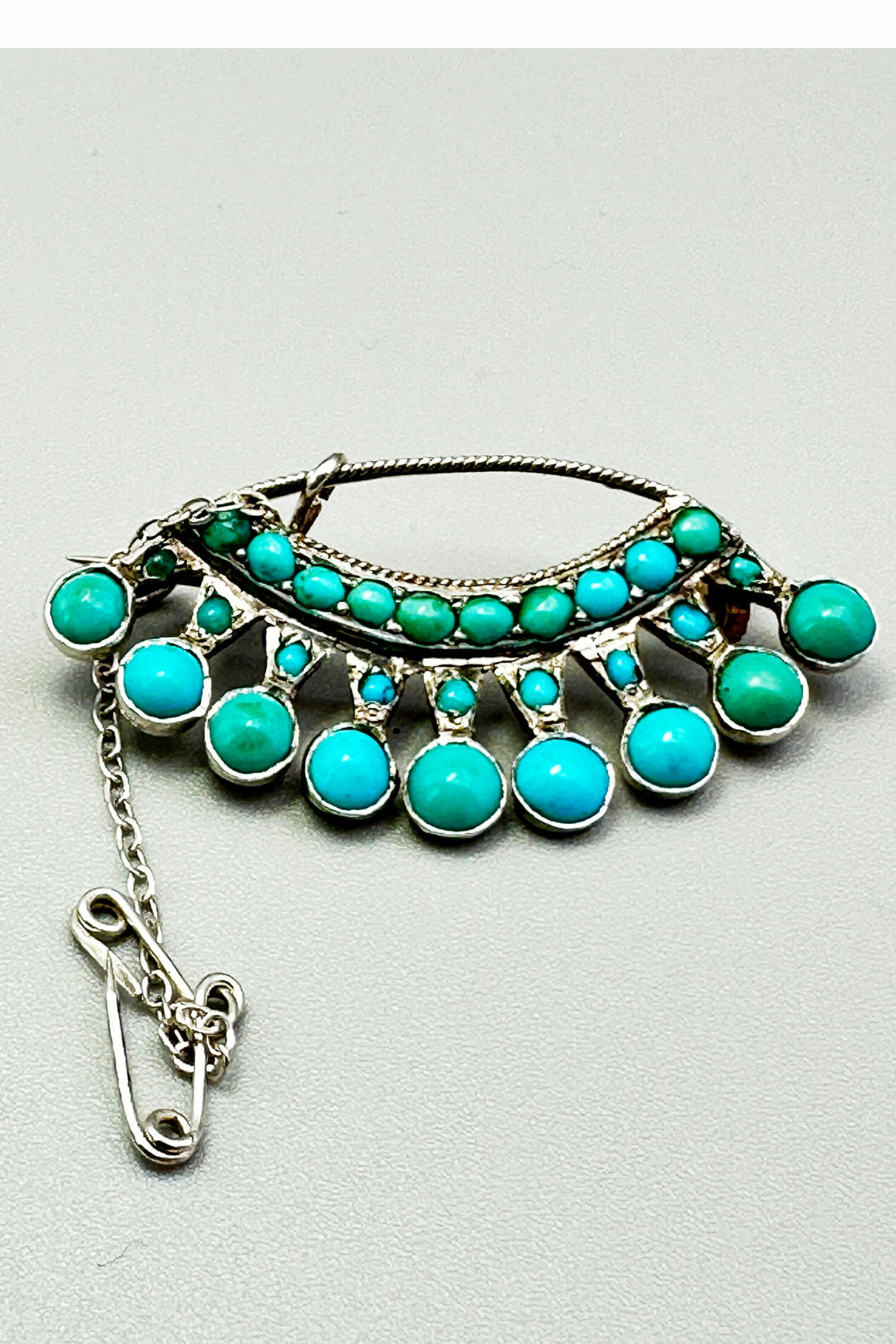
Edwardian silver and turquoise brooch c1910
Price: £55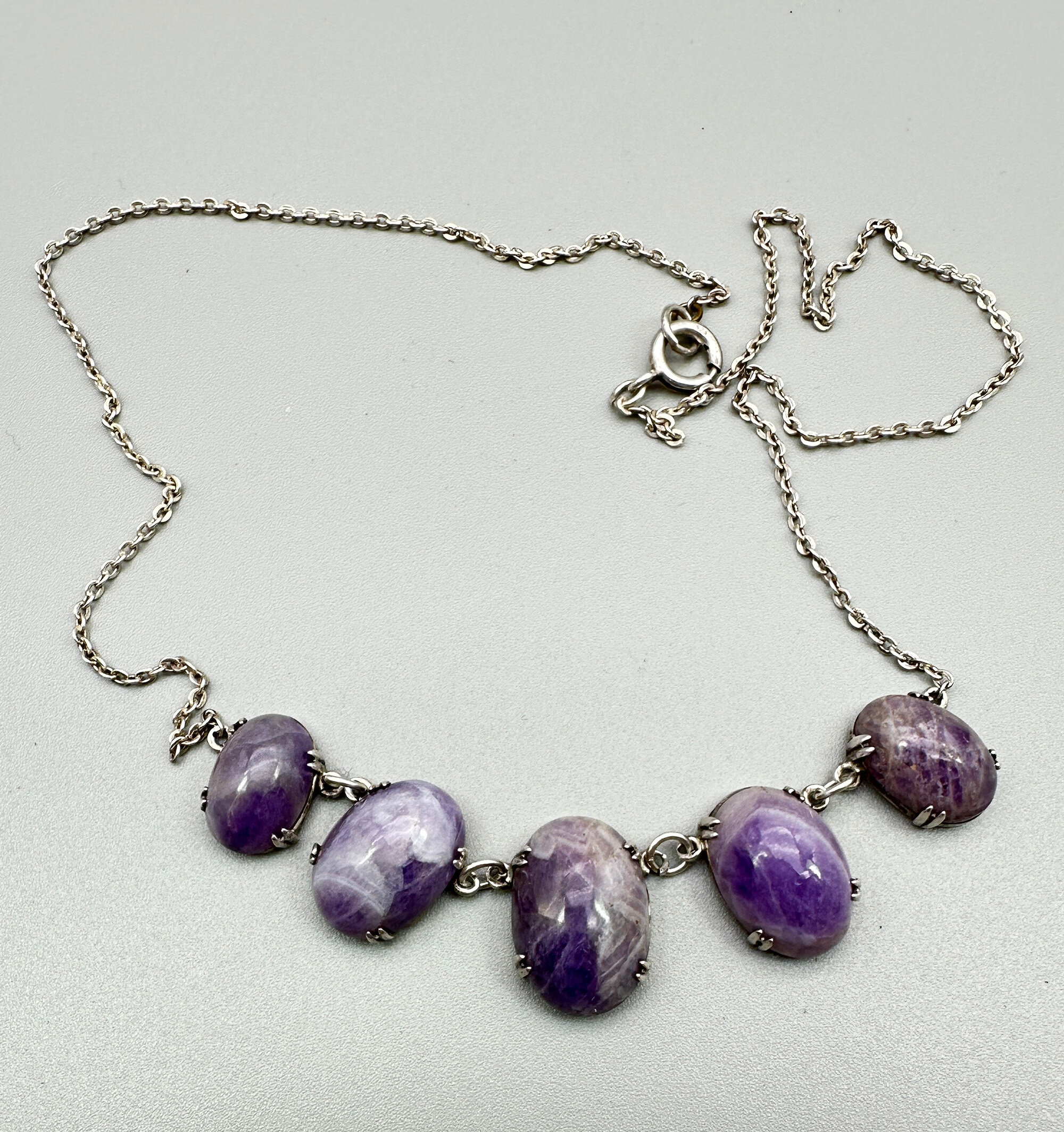
Scottish amethyst specimen necklace c1950
Price: £35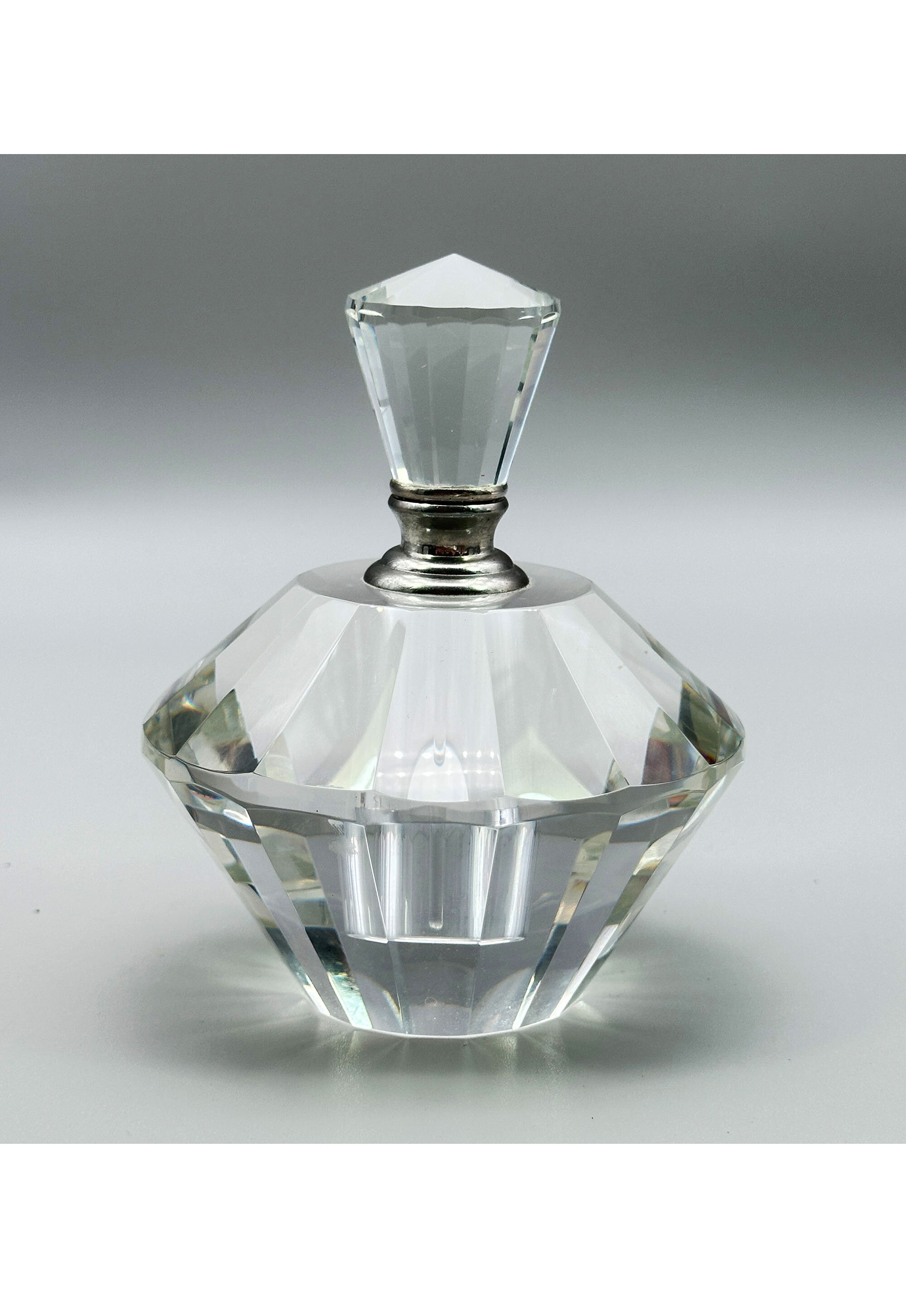
Art Deco style crystal glass Perfume Bottle and Stopper, late C20th
Price: £35
Perfume Bottle and Stopper, Stuart Akroyd, signed J S A, late C20th
Price: £75The signature here, which occurs on other pieces by the same artist, is for Stuart Akroyd, a celebrated English glassmaker who worked from studios in Sunderland then Sheffield from 1991 to 2021(see image 8). Born in 1966, Akroyd studied at Sunderland University, following this with a Post Graduate Diploma at the International Glass Centre, Brierley Hill. After working as the head maker at Lakeland Crystal, Cumbria he went on to establish his own business, Stuart Akroyd Glass Designs, in 1991, renaming it Stuart Akroyd Contemporary Glass when he moved from Sunderland to Sheffield in 2000. Best known for his sculptural pieces which were inspired by the ‘Skylon’ structure, the well known symbol of the 1951 Festival of Britain, Akroyd also worked on a smaller scale and there a number of small bottles by him of which this is an excellent example. The glass effects are skilful and inventive and the flat panel to the body is both decorative and functional, allowing the level of fluid in the bottle to be seen clearly. Many of his sculptural pieces were made in his later Sheffield workshop which, with its greater space, allowed him to employ the techniques necessary to create them, so it is a reasonable guess that this bottle and its companions belong to the first phase of his output.
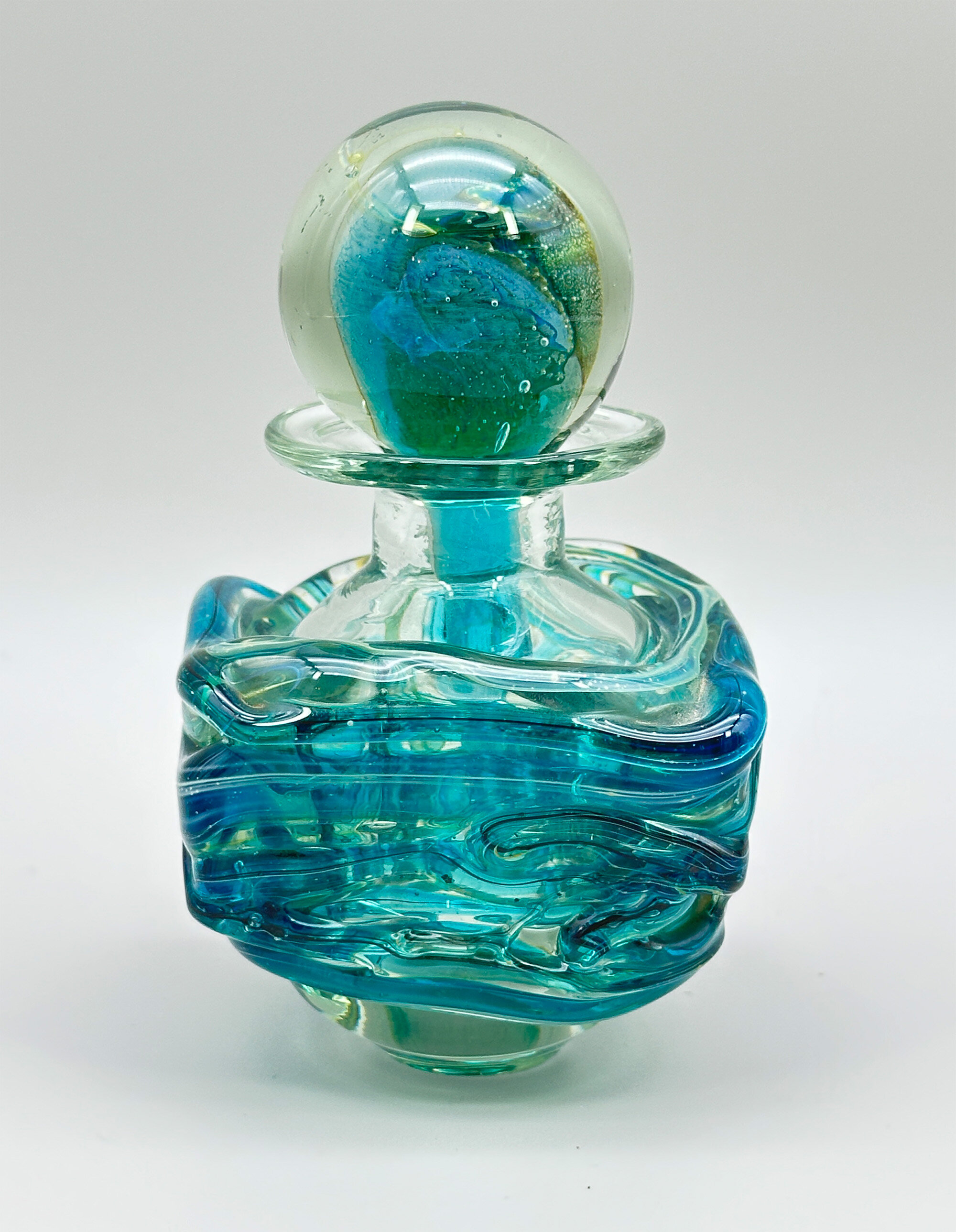
Mdina Blue Summer Perfume Bottle and Stopper, signed, 1970s
Price: £55Mdina Glass was founded in the Maltese town of Mdina in 1968 by Michael Harris and Eric Dobson. The town had no history of glass making but the venture proved to be a success. Its wares, free formed organic glassware, often in colours inspired from the sea, sand, earth and sky, proved very popular with tourists visiting Malta. Michael Harris left Mdina in 1972 and formed a new company, Isle of Wight Studio Glass, on the Isle of Wight, UK, leaving Eric Dobson in charge, but many of the designs he created continued to be made at Mdina Glass after his departure. This perfume bottle may possibly be an original Michael Harris design. Certainly it reflects the organic forms he created and the colourings, resembling the popular ‘sea and sand’ range, are consistent with this although the pattern here is more correctly referred to as ‘blue summer’ and the stopper of this bottle is a better match in colouring and design than some of the other examples currently on the market.
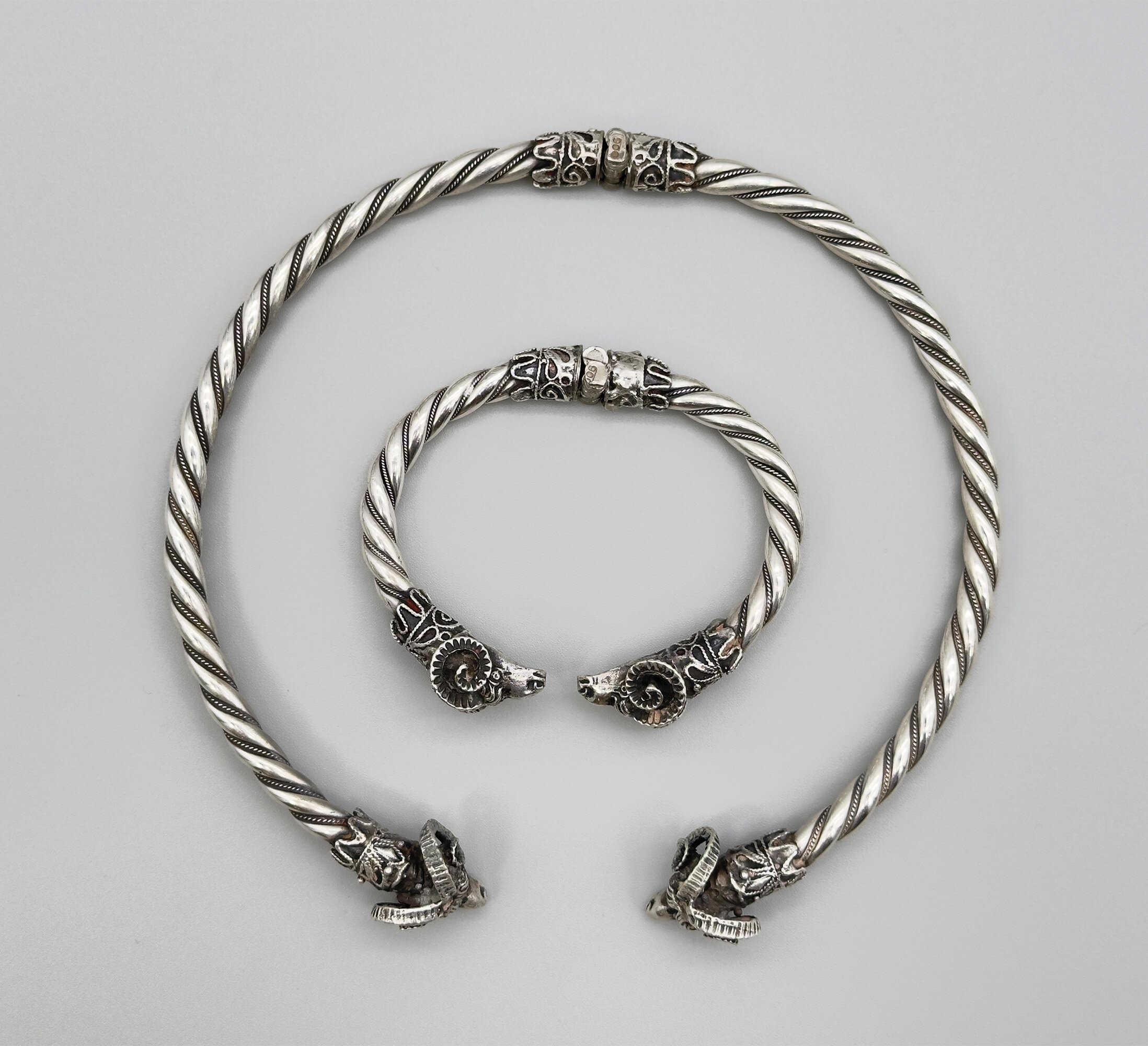
Stunning Art Deco Indian silver neck ring and bracelet c1920
Price: £650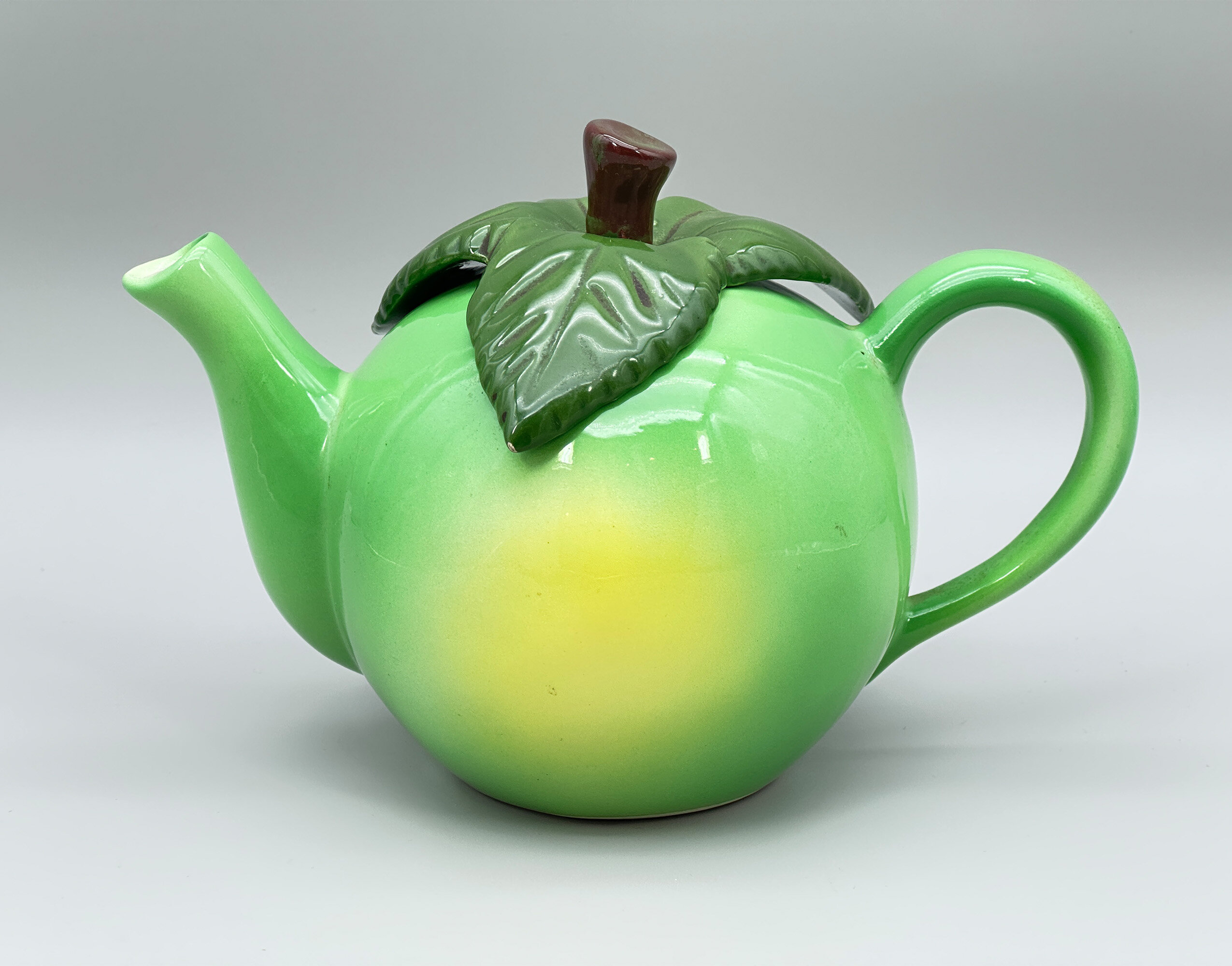
Novelty Teapot in the form of an apple, probably English, late C20th, early C21st
Price: £35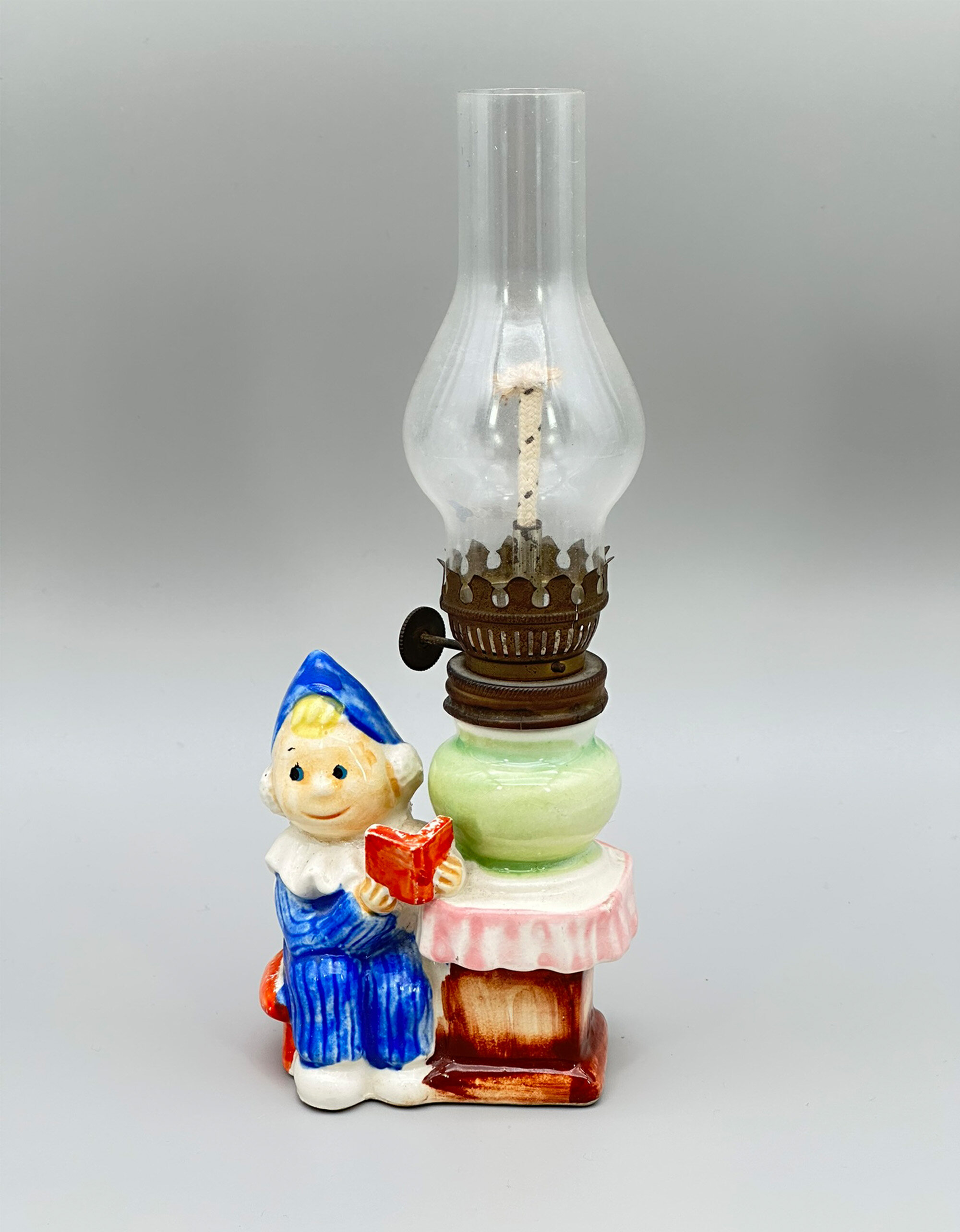
Andy Pandy Oil Lamp, German, Karl Meyer, 1950s
Price: £35TV linked merchandise was created even in the earliest days of the medium and this charming small ceramic oil lamp, hardly the safest accessory for the nursery, is an amusing example. Andy sits next to a table with an urn on the top which forms the base of the lamp. Oil or paraffin would have been contained inside and once lit the wick could be adjusted by turning the round flat knob on the side. This has the trademark symbol for the German toy manufacturers Karl Meyer (see image 7). The base is marked ‘FOREIGN’ which was a common requirement for items imported into the UK after the second World War and allowed the makers to conceal their country of origin, which might have been useful to some of them at the time. A true piece of nostagia whether the figure represented is familiar or not.
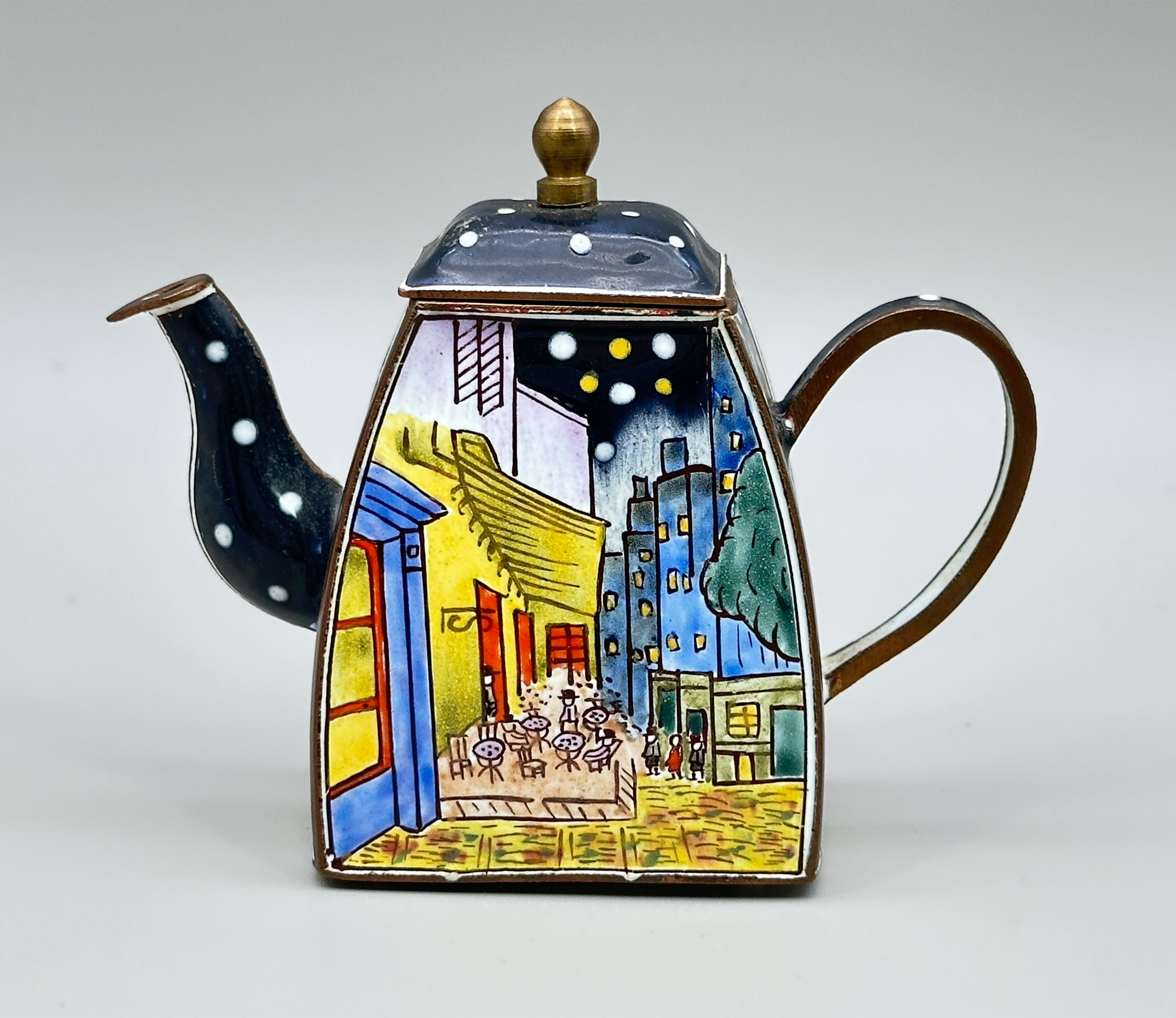
Trade+Aid Teapot, Van Gogh Café Scene, UK 1990s
Price: £25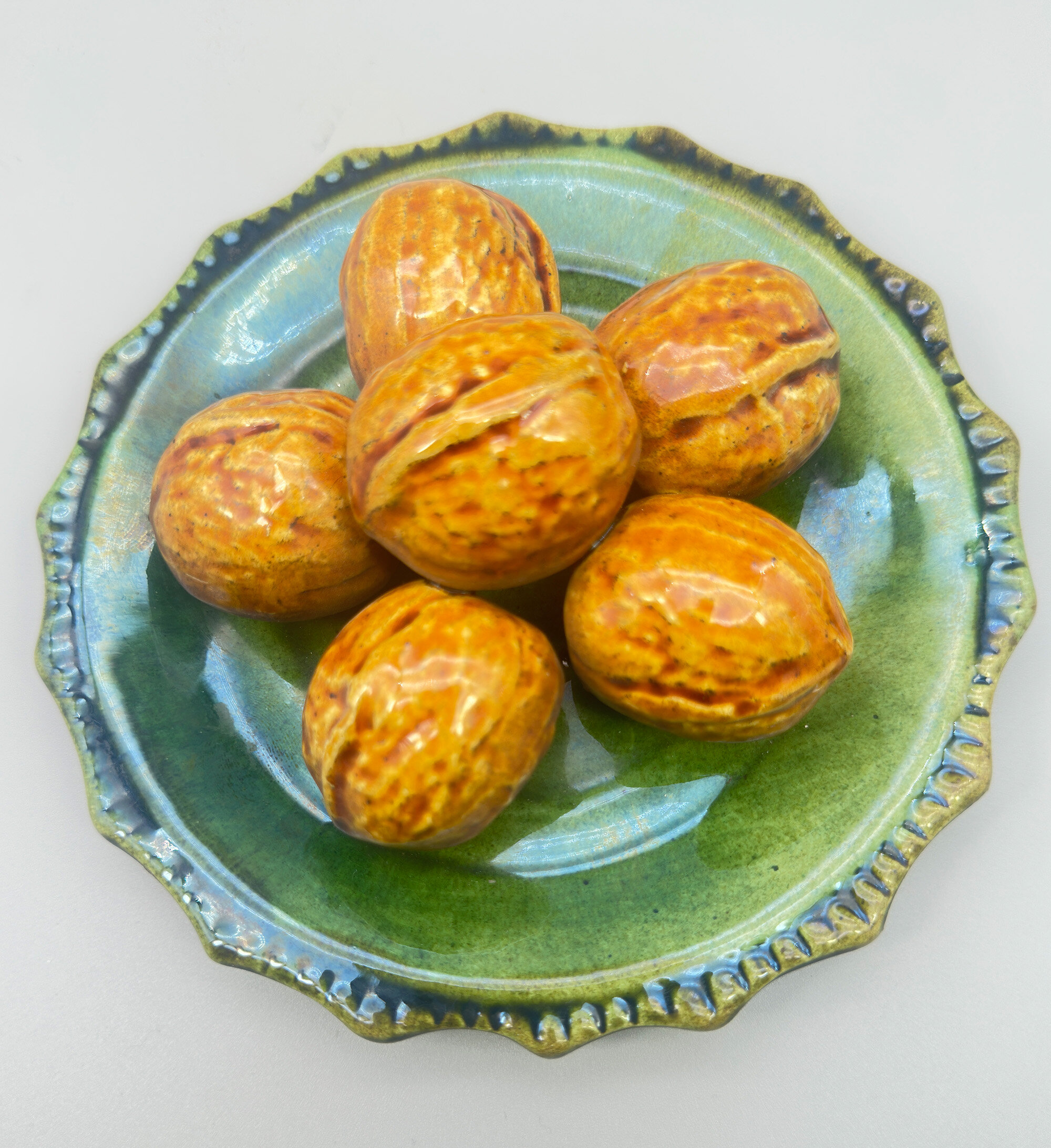
Majolica palissy style Walnut Dish, Roque Gaeiras, Portugal, second half C20th
Price: £45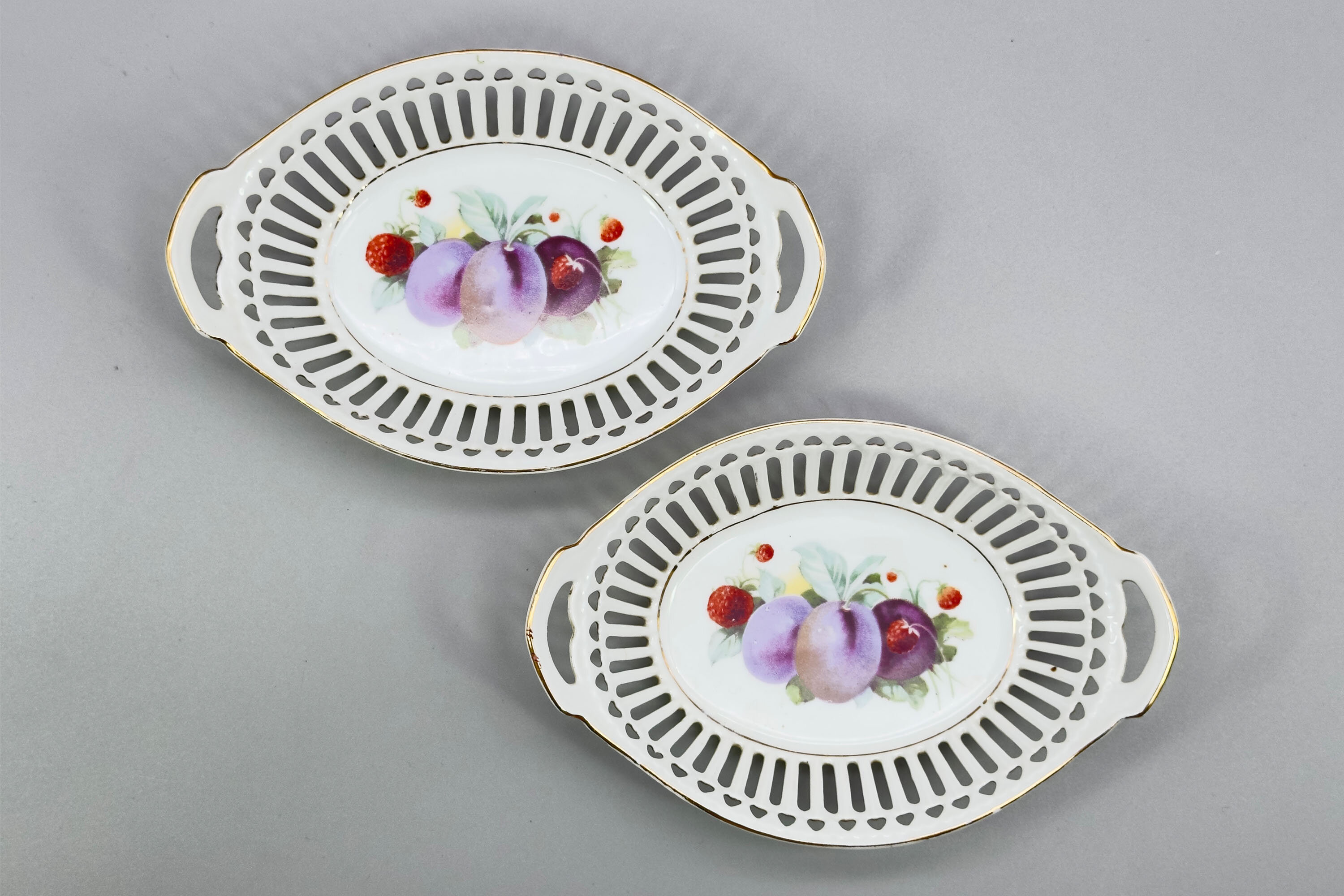
Pair of continental style openwork border Dishes, probably Chinese C20th
Price: £20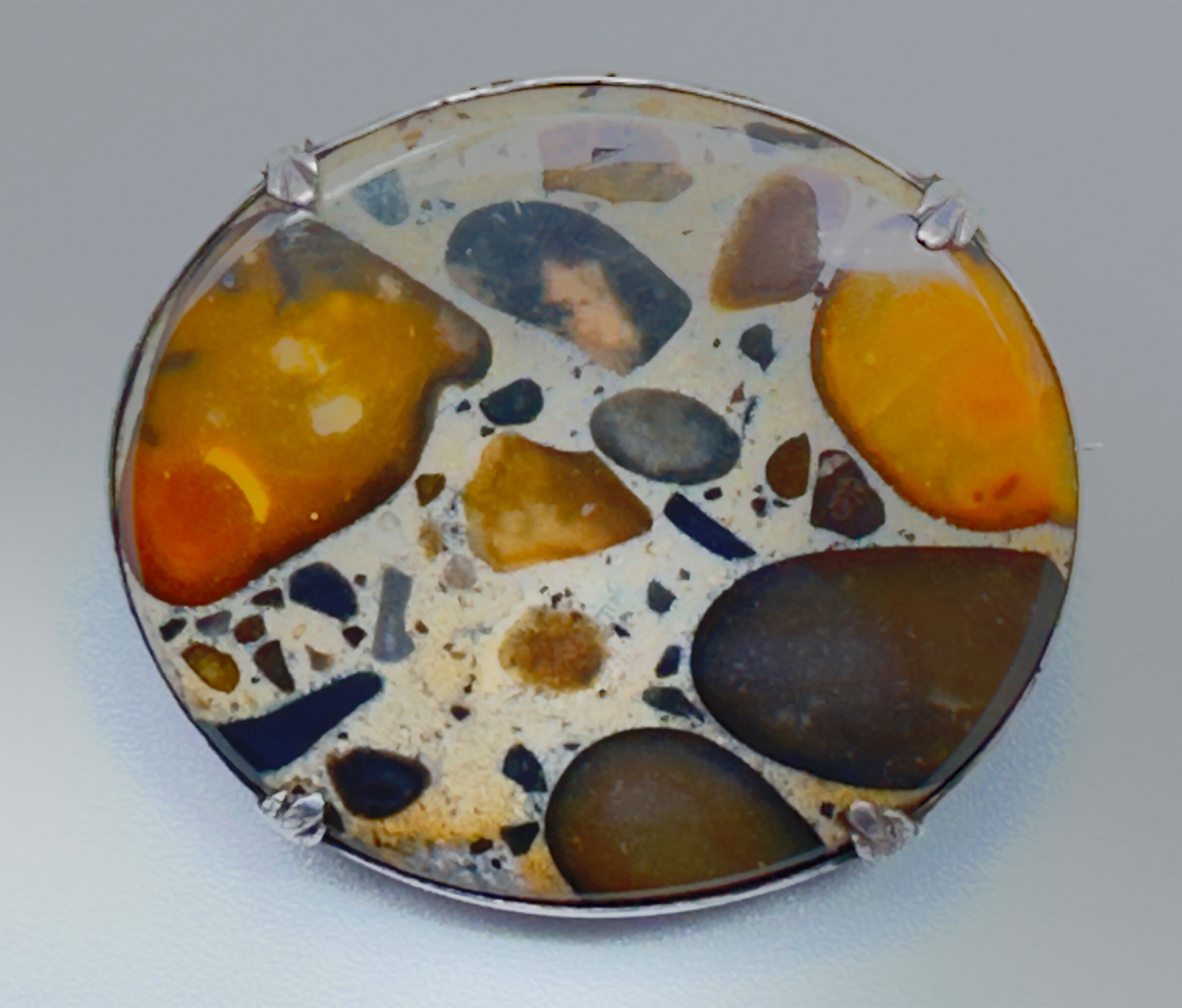
Hertfordshire puddingstone Brooch c1940
Price: £35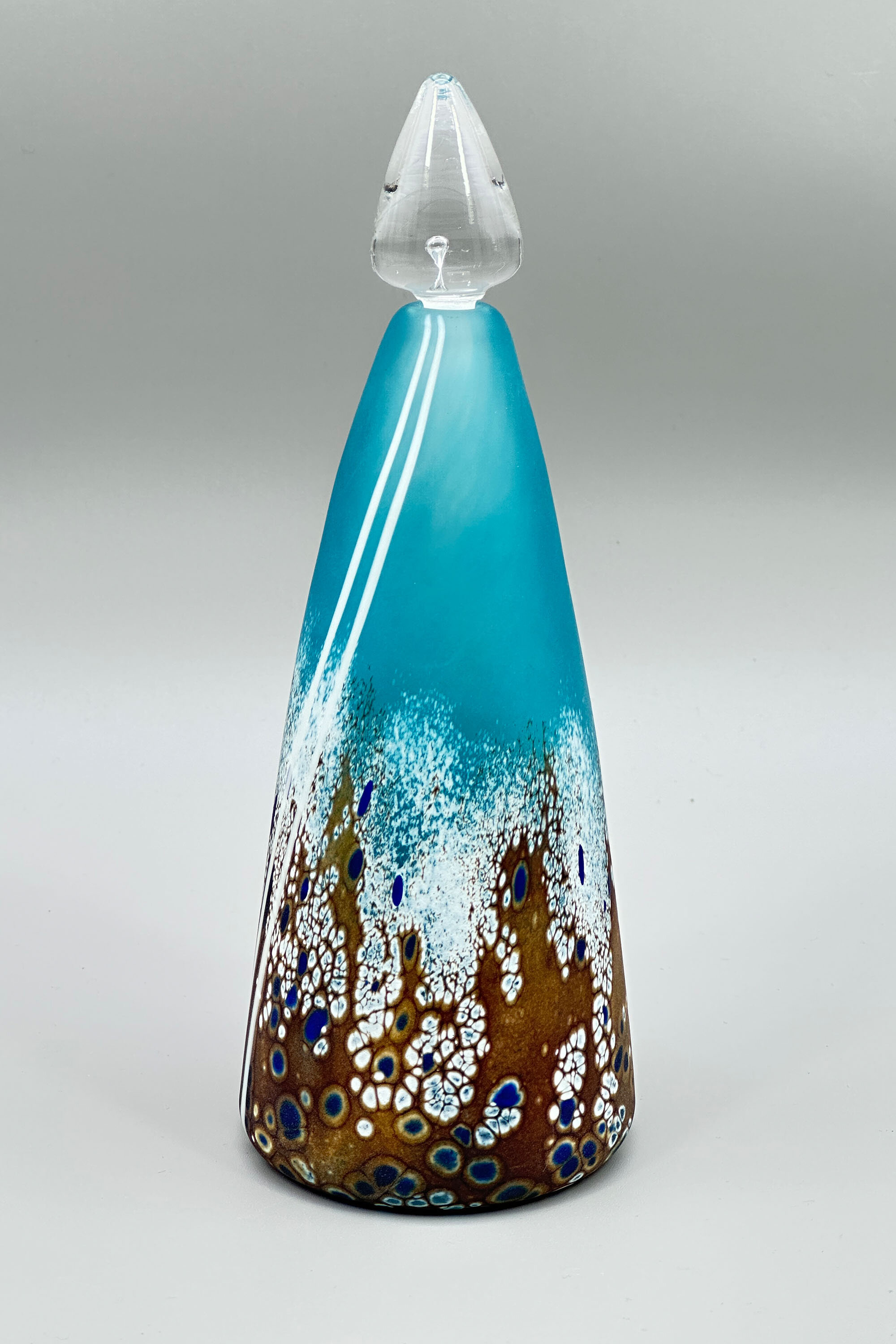
An art glass Perfume Bottle and Stopper, Martin Andrews Glass, C21st
Price: £75Martin Andrews (see image 9) graduated from West Surrey College of Art and Design with a BA (hons) Glass in 1991. Following this he was based in London until 2000 when he then launched his current workshop at the Ruskin Glass Centre in Stourbridge. His work often draws on the earth's natural forms and patterns and his ‘beach’ range is a prime example of this. Most of his pieces are signed, but this bottle is not, perhaps because of its size, but its inclusion in the studio’s inventory makes its provenance beyond doubt.
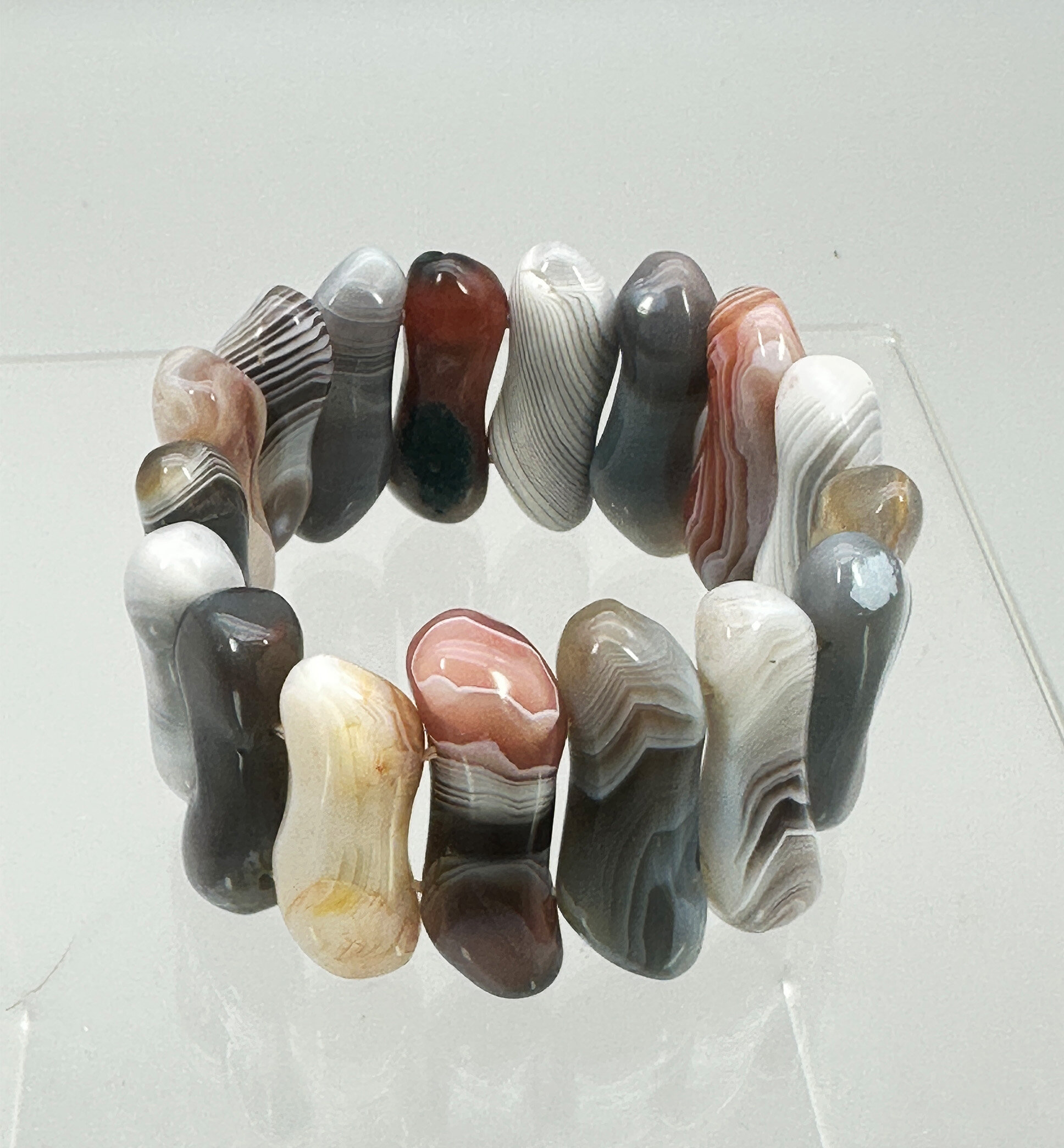
Scottish agate specimen bracelet c1970
Price: £85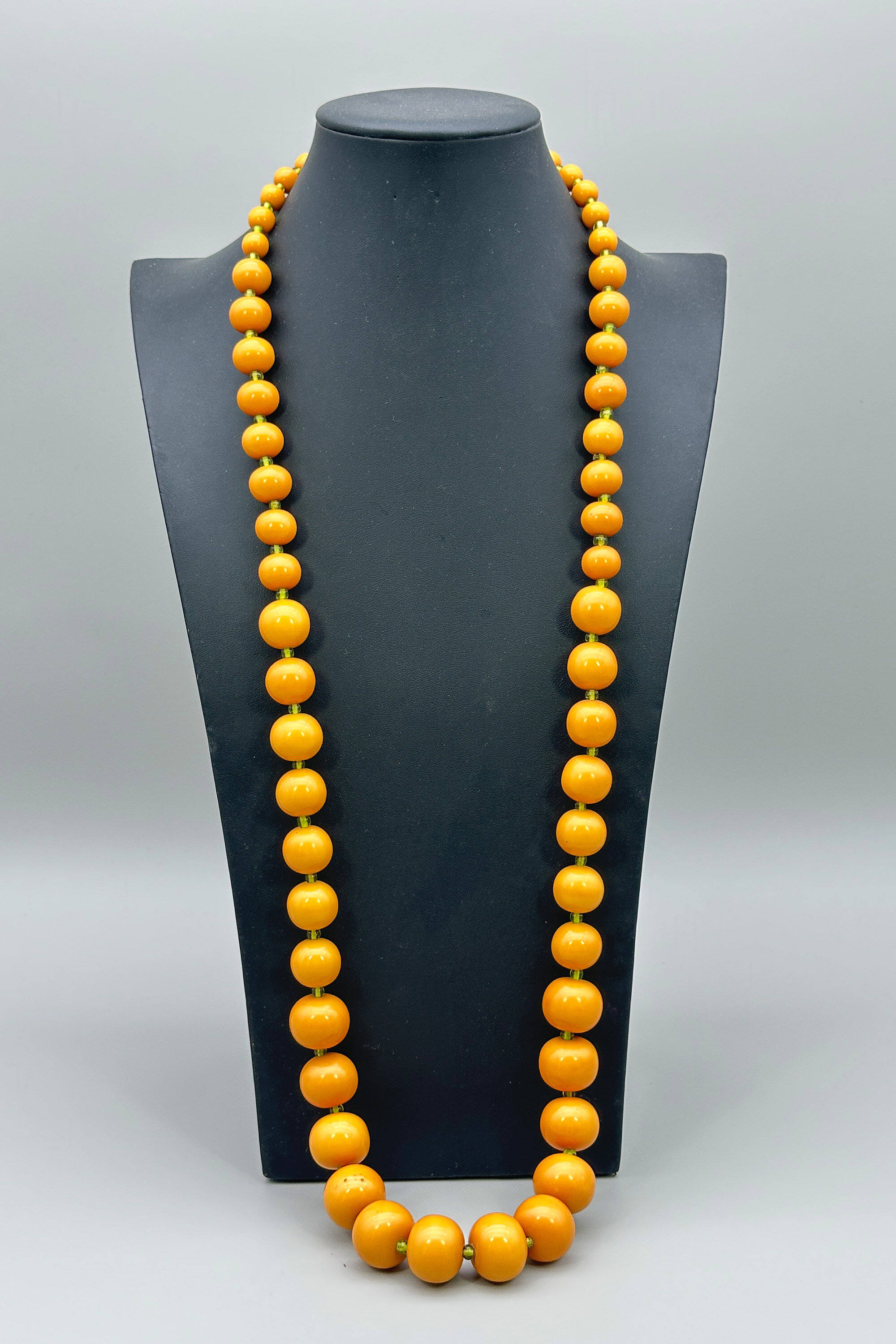
Long strand of butterscotch amber coloured beads c1960
Price: £25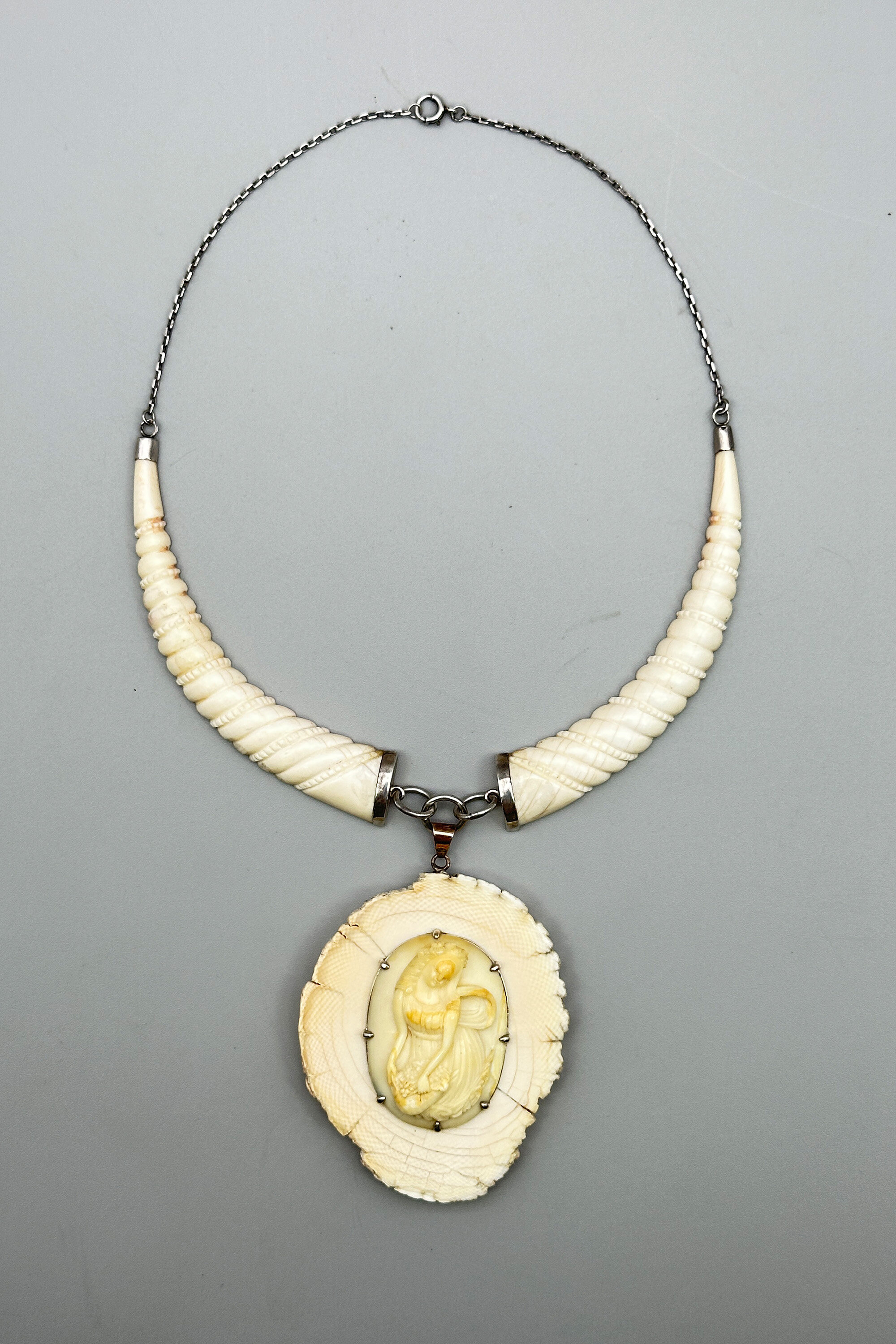
Victorian carved bovine bone necklace, Indian c1900
Price: £175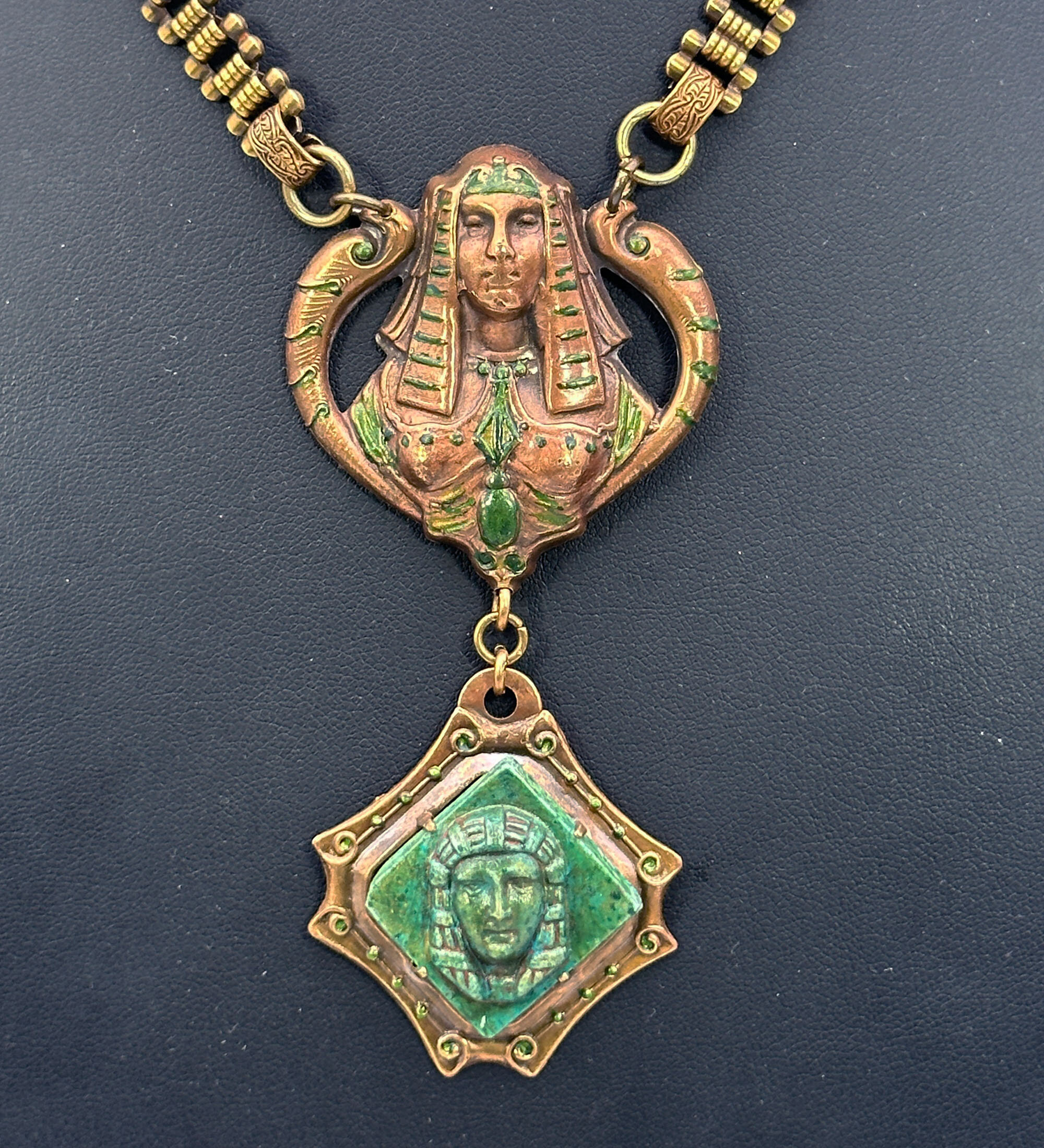
Early Neiger Brothers book chain necklace c1910
Price: £325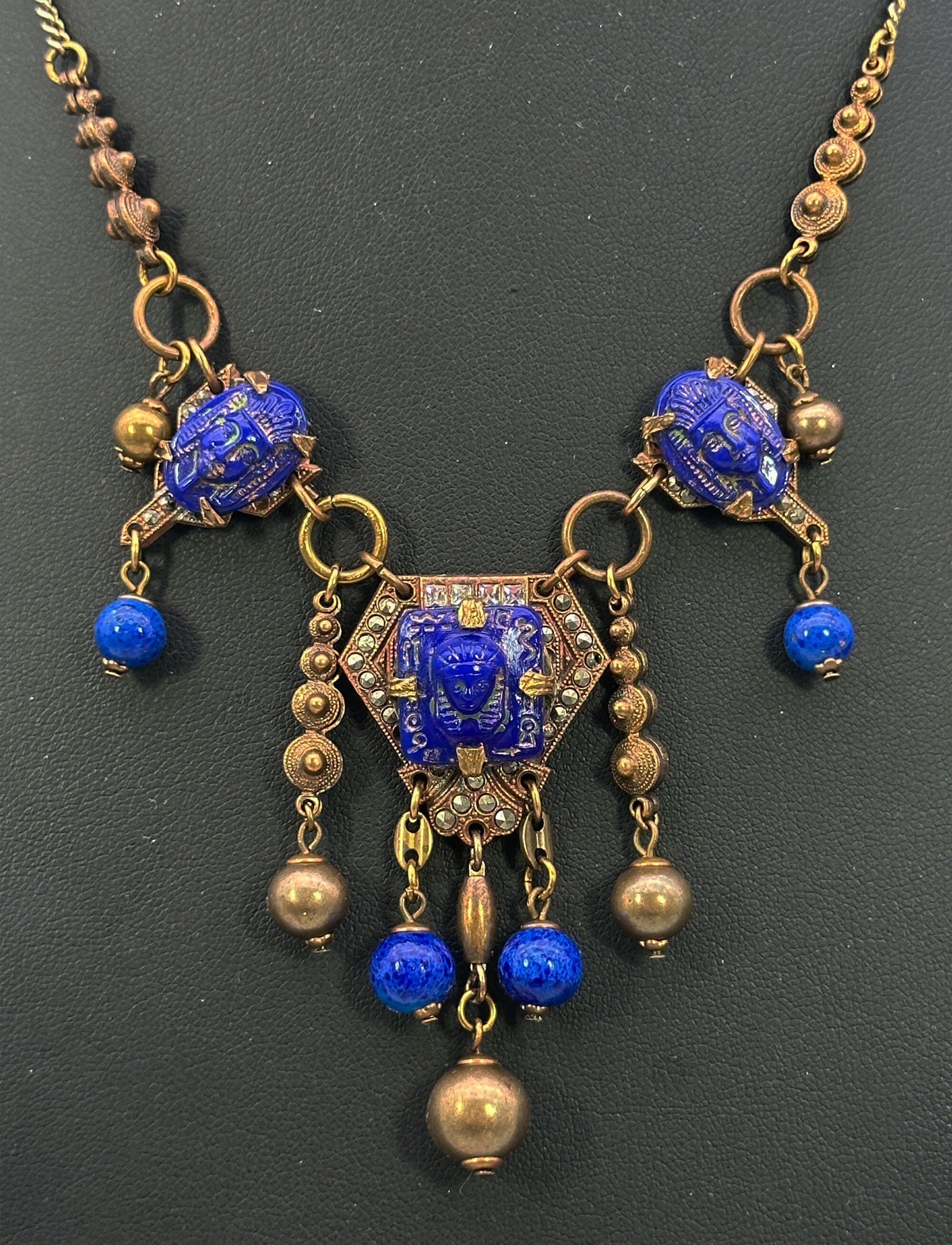
Neiger Brothers necklace with Egyptian Revival glass plaques c1930
Price: £225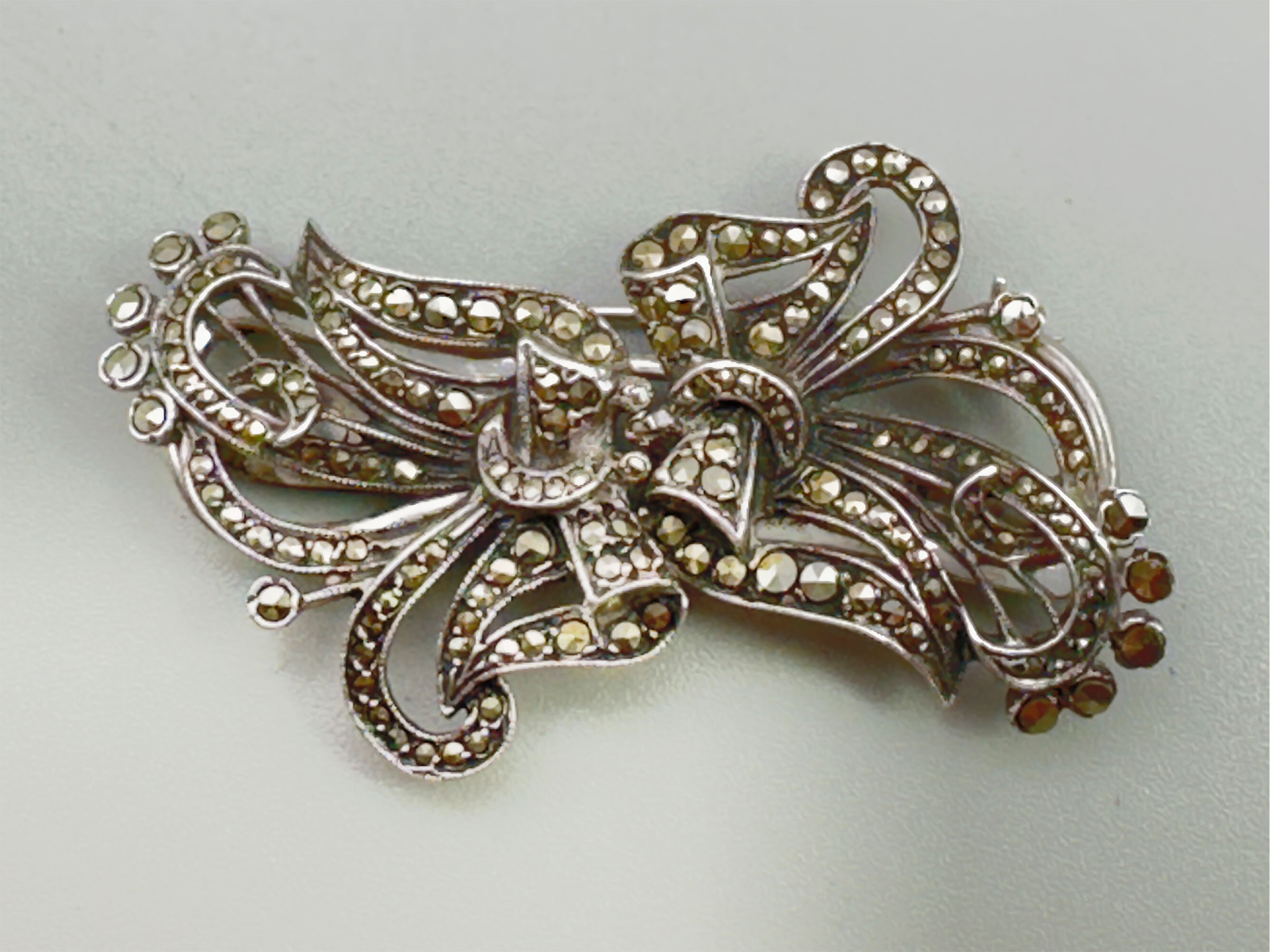
Art Deco convertible brooch dress clips c1930
Price: £95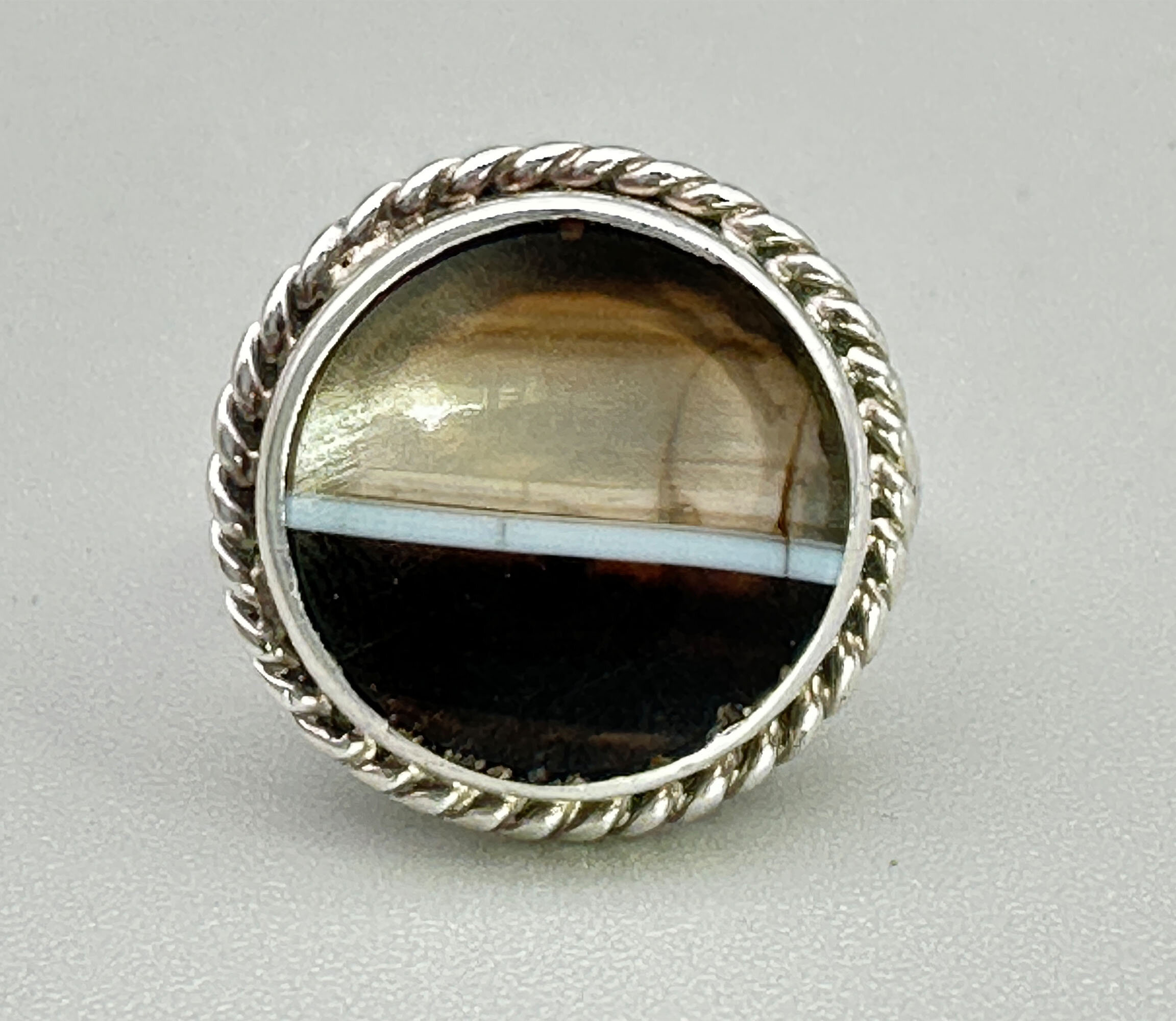
Art Deco concave cut agate ring c1930
Price: £55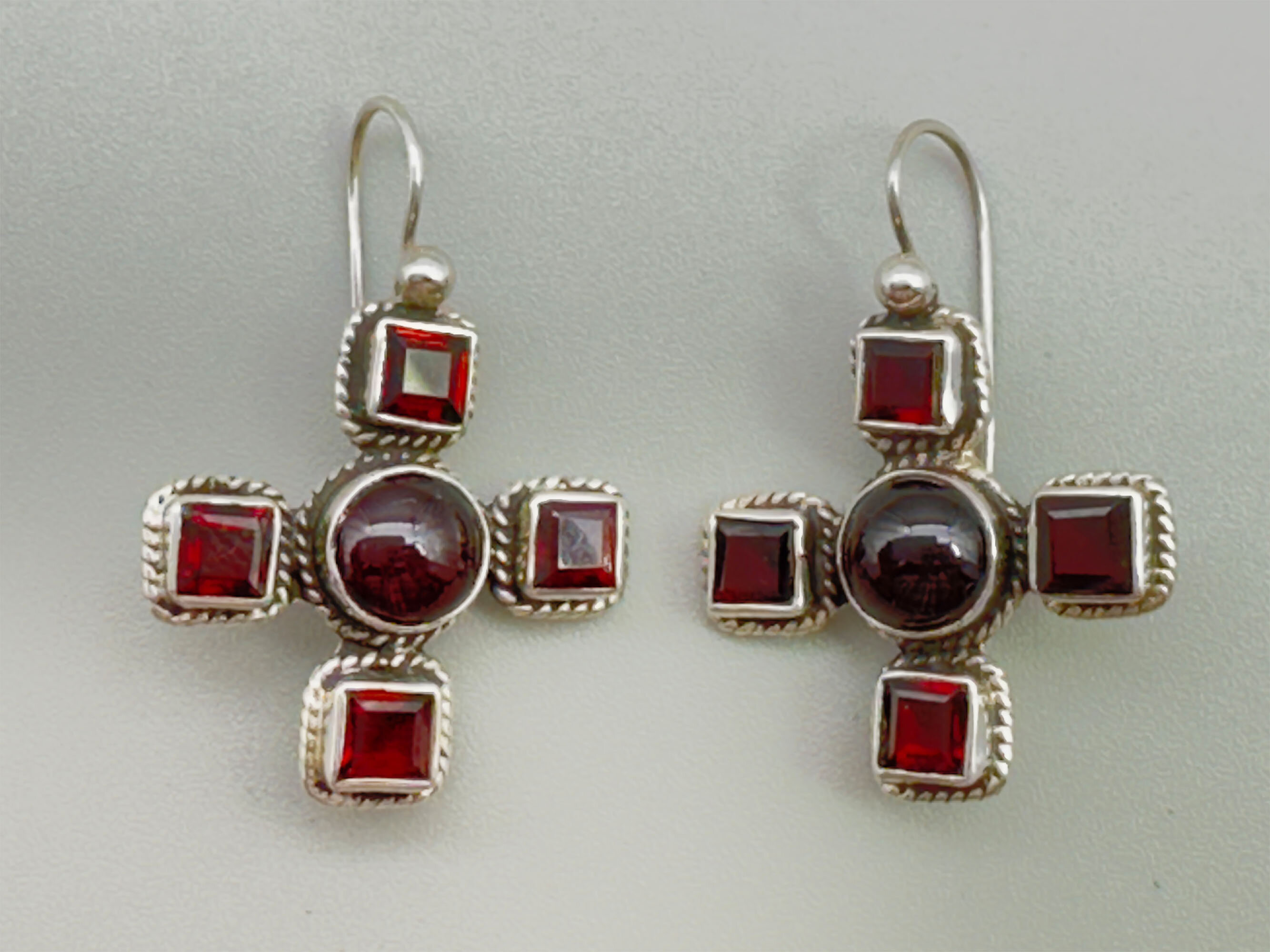
Etruscan style garnet cross earrings c1910
Price: £65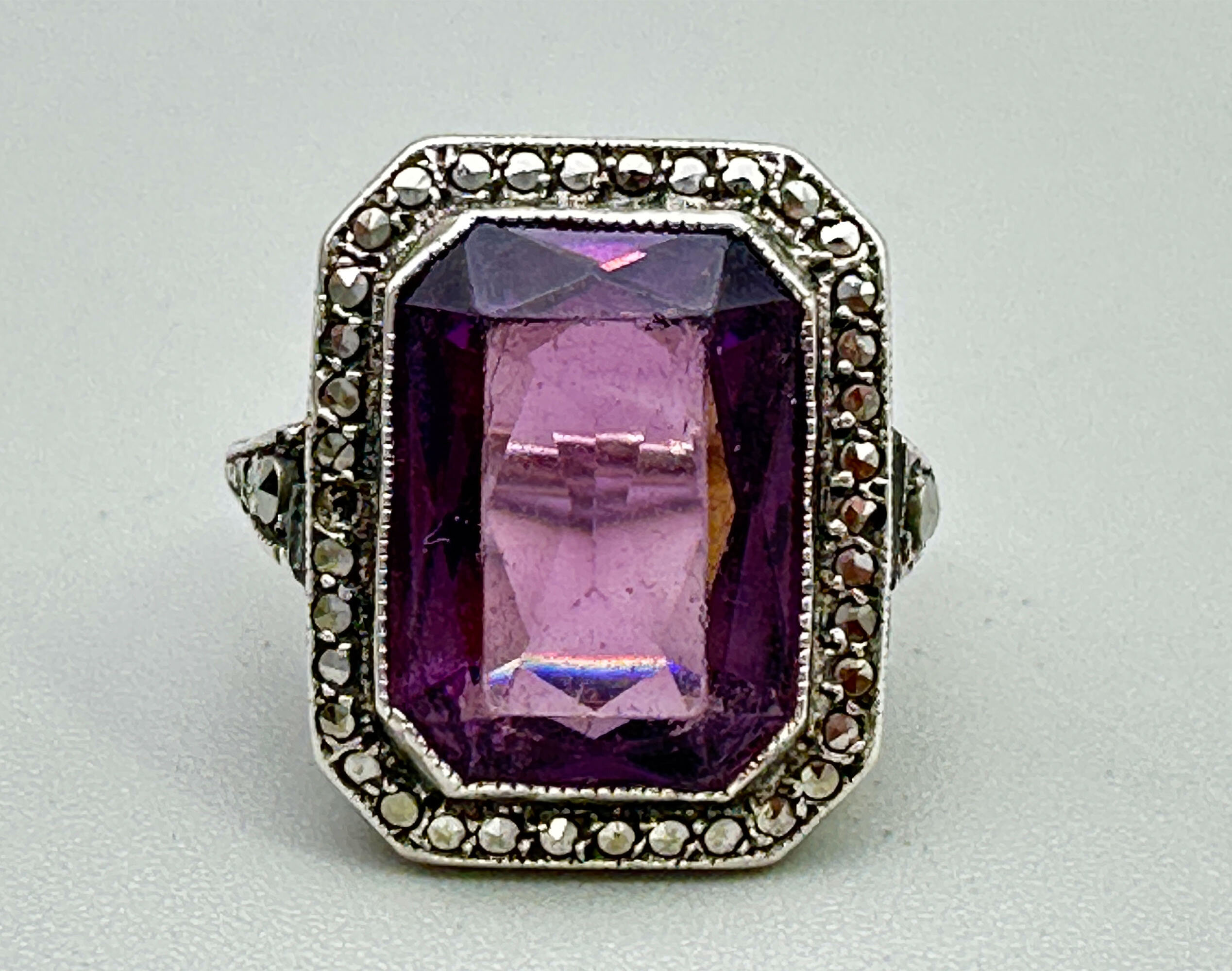
Art Deco emerald cut paste stone ring c1920
Price: £55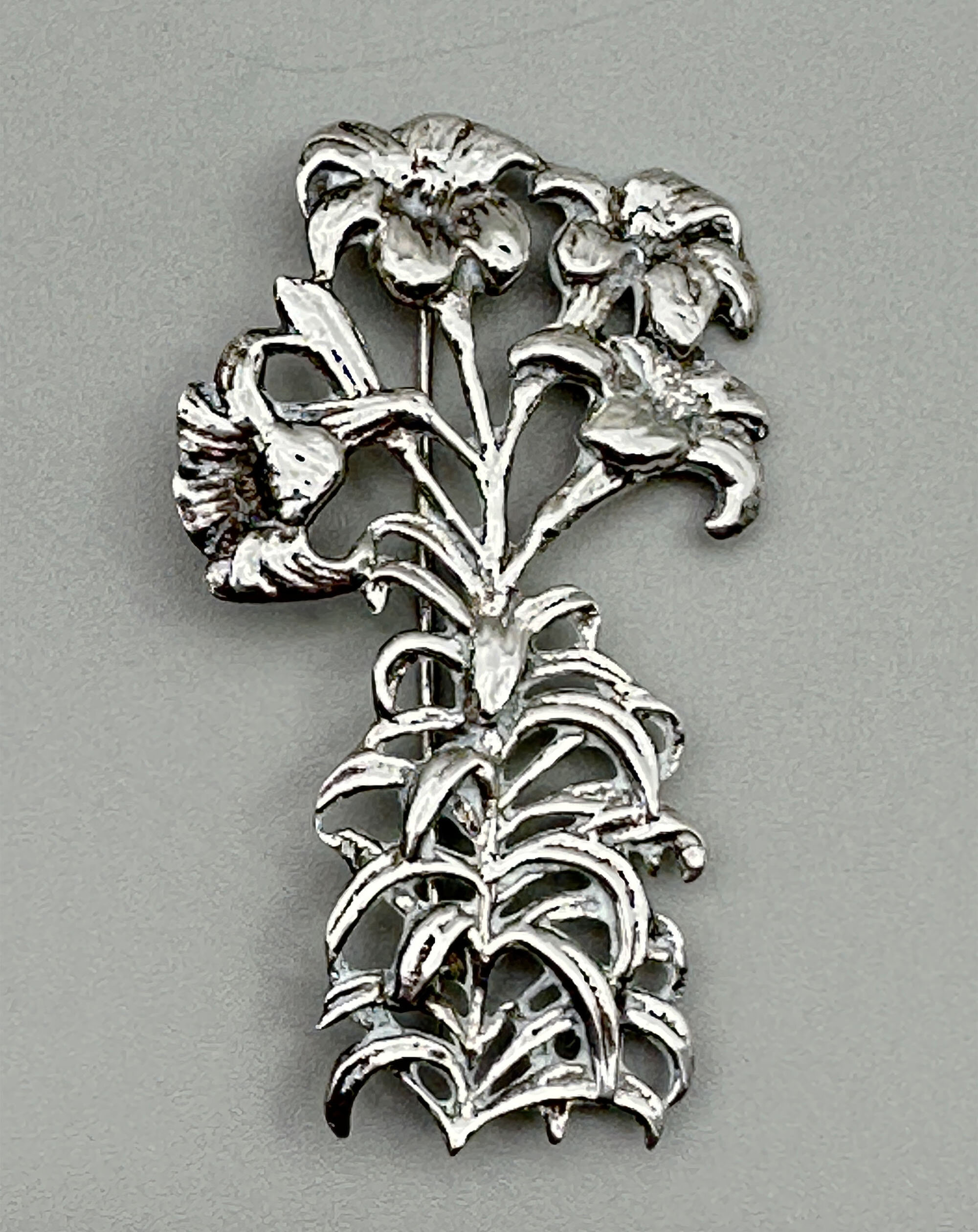
Art Nouveau style Lily bouquet brooch c1950
Price: £65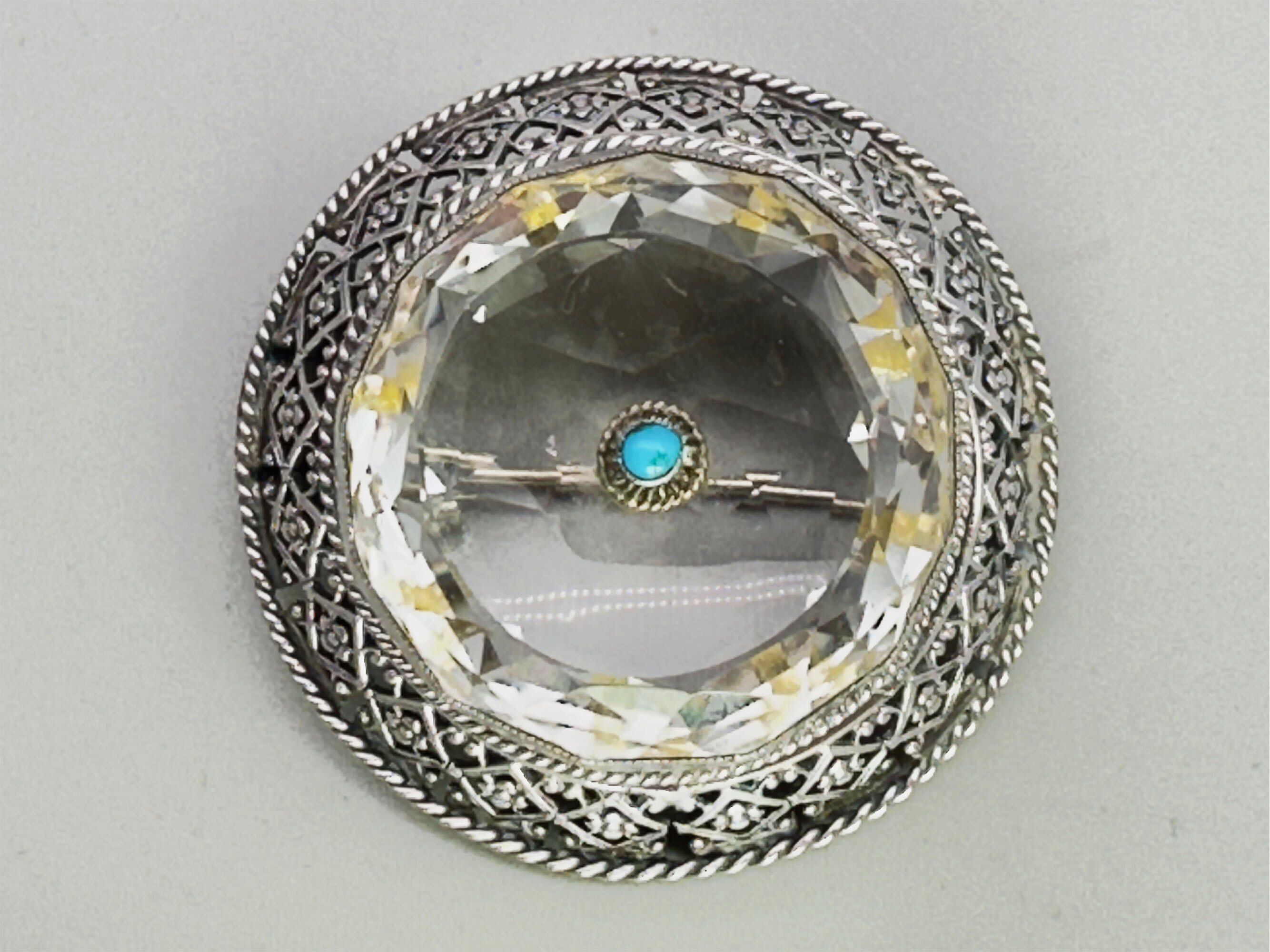
Etruscan style rock crystal and turquoise round brooch c1900
Price: £65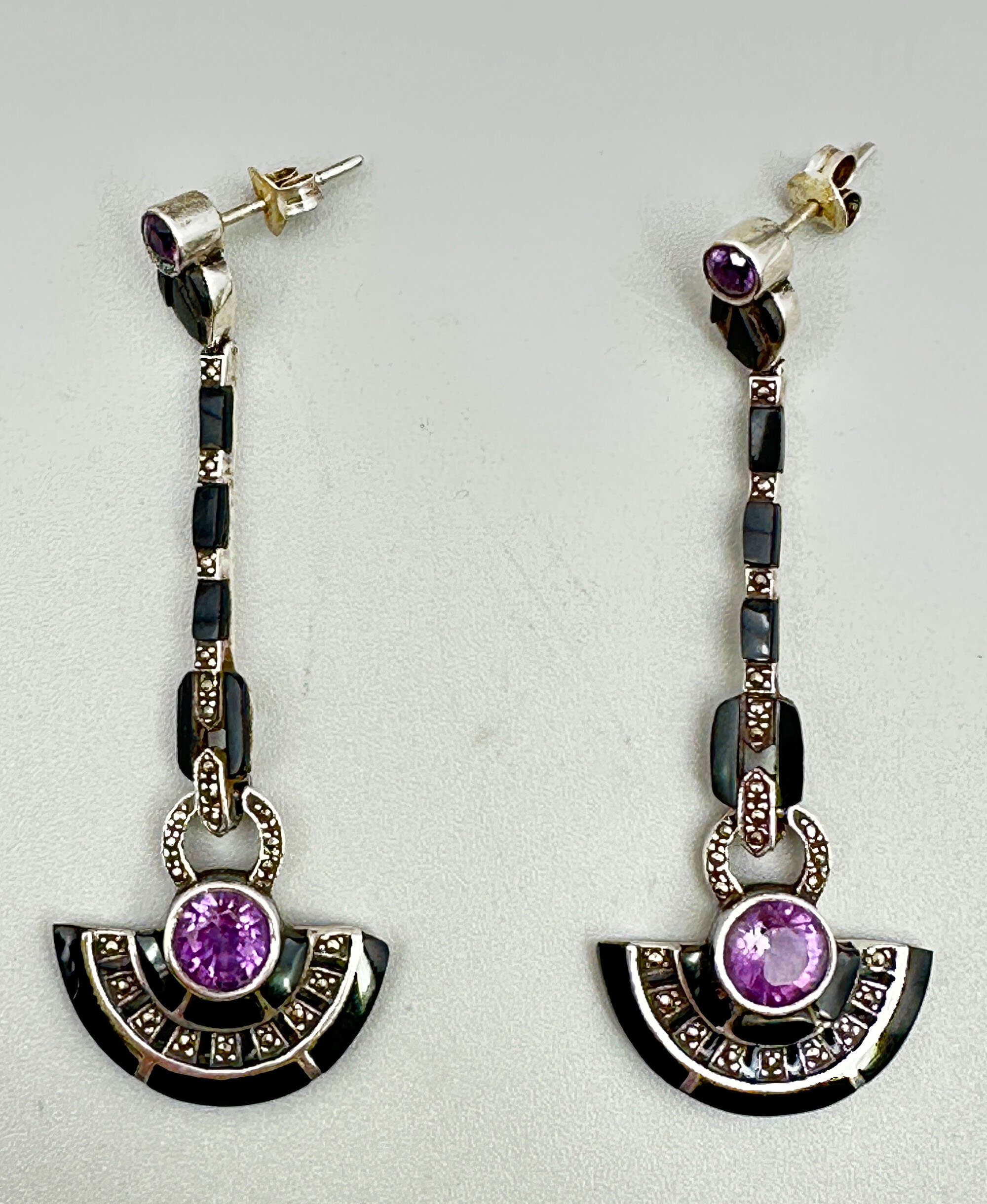
Art Deco style earrings with onyx and amethyst c1970
Price: £85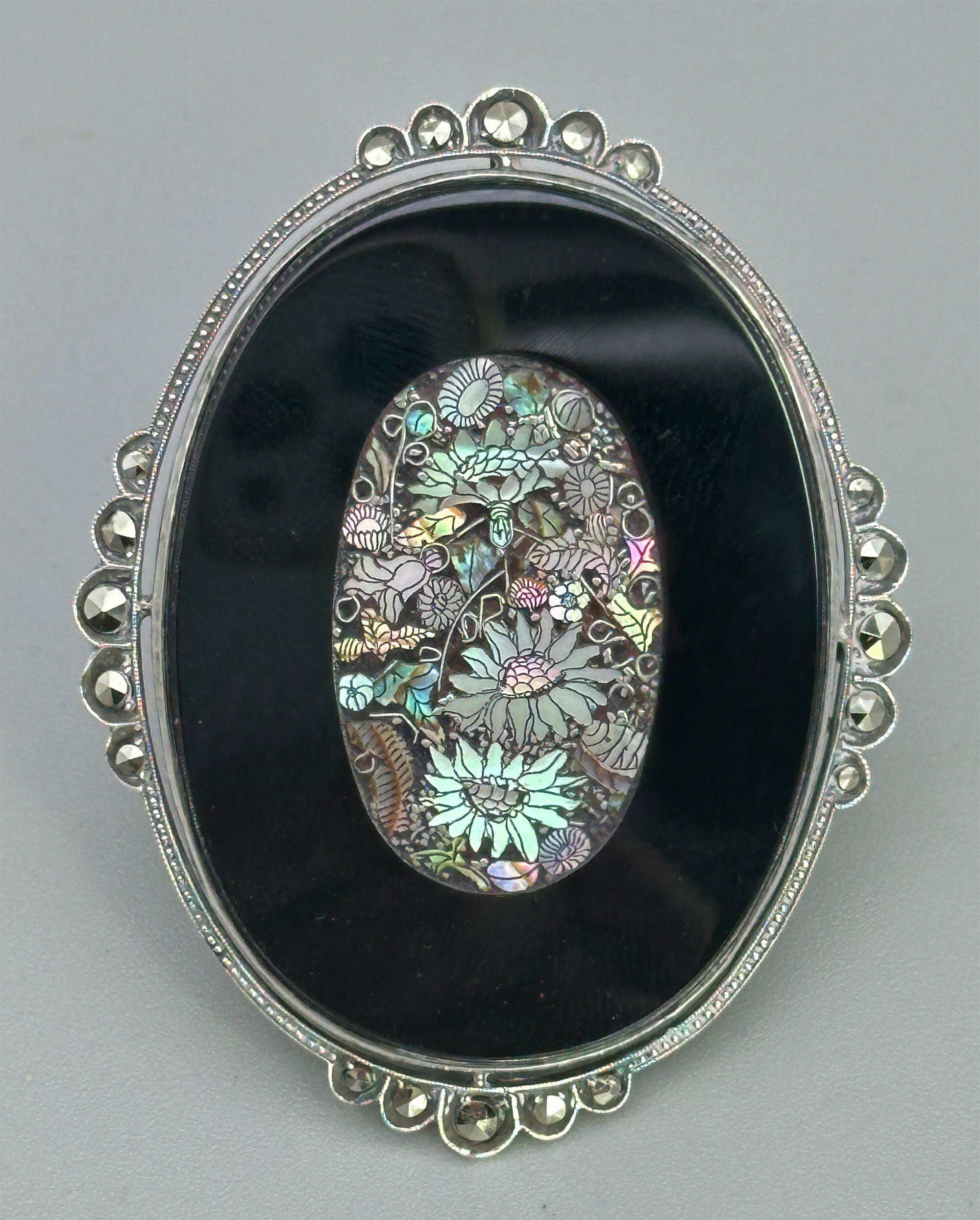
Art Deco brooch with Shibayama style mother of pearl plaque c1920
Price: £225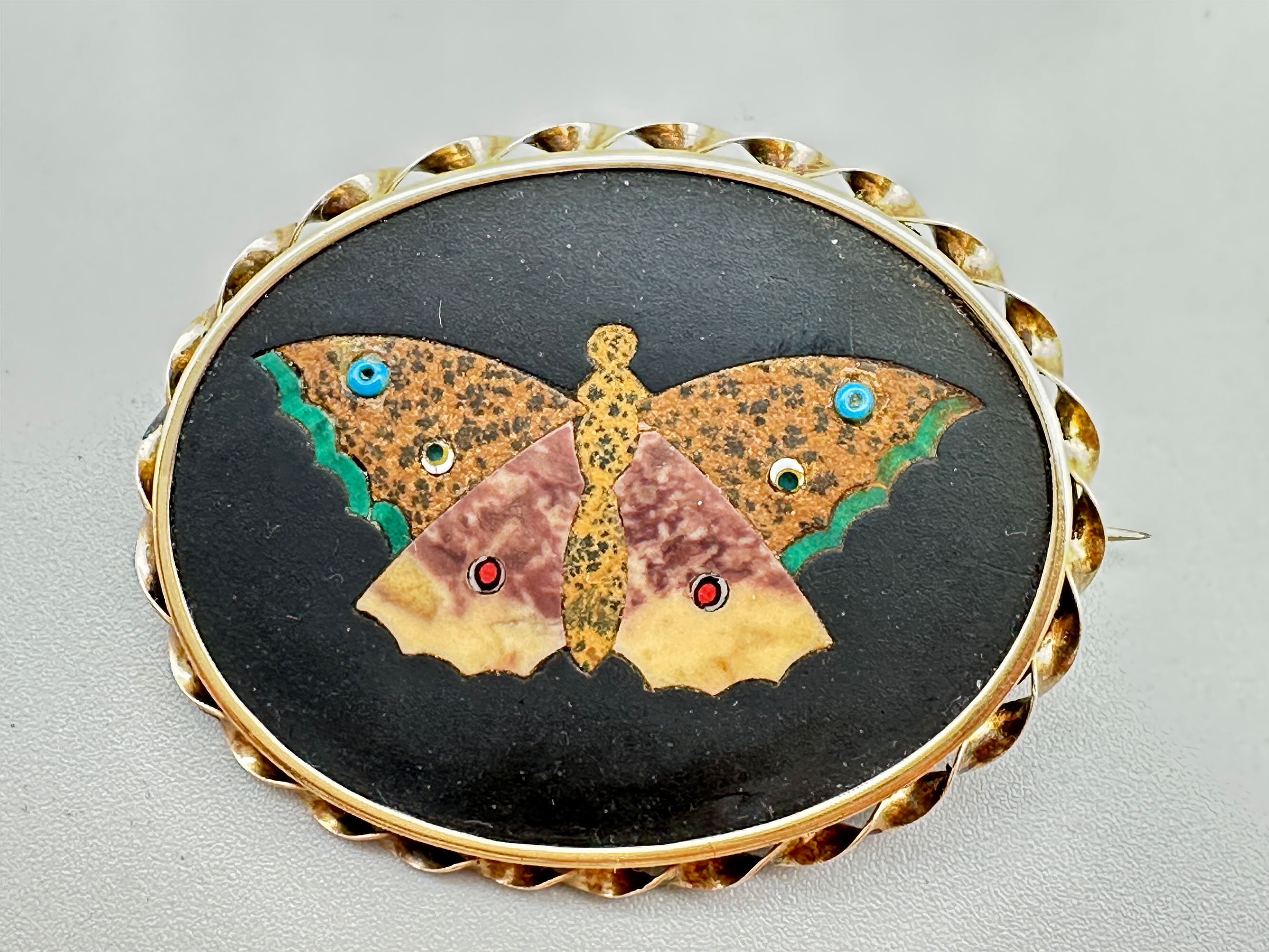
Pietra Dura jasper moth brooch c1920
Price: £175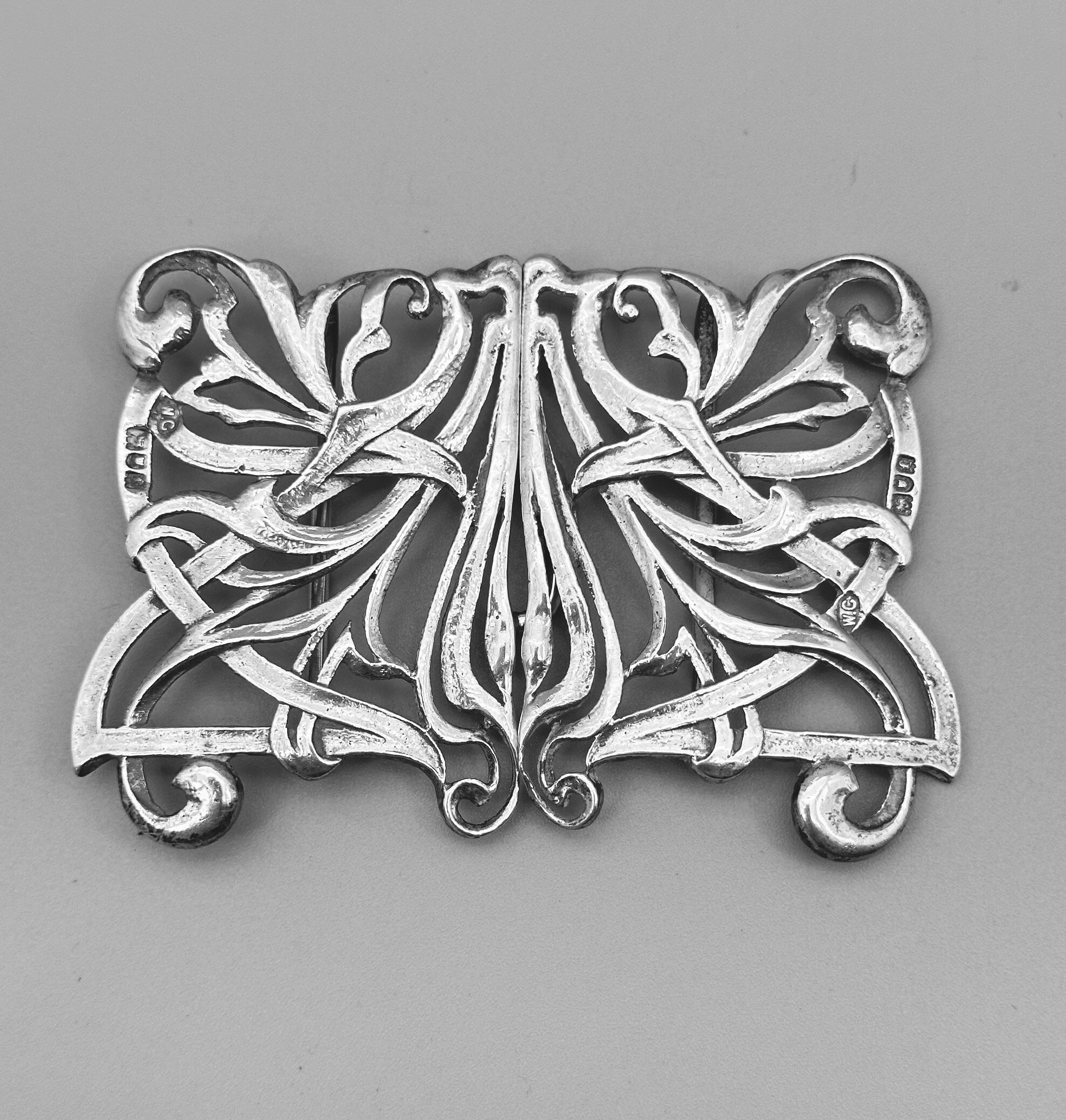
Art Nouveau William Comyns silver buckle, 1901
Price: £250William Comyns founded the company in 1858. He initially operated from the former premises of silversmith Robert Tagg at 2 Carlisle Street, Soho, London, where he registered his first maker’s mark (W.C in a four-tipped oval) in 1859. Comyns’ silverware was retailed by some of the world’s most prestigious firms, including Tiffany & Co., The Goldsmiths & Silversmiths Company, and leading London retailers such as Henry Lewis and Howell & James.
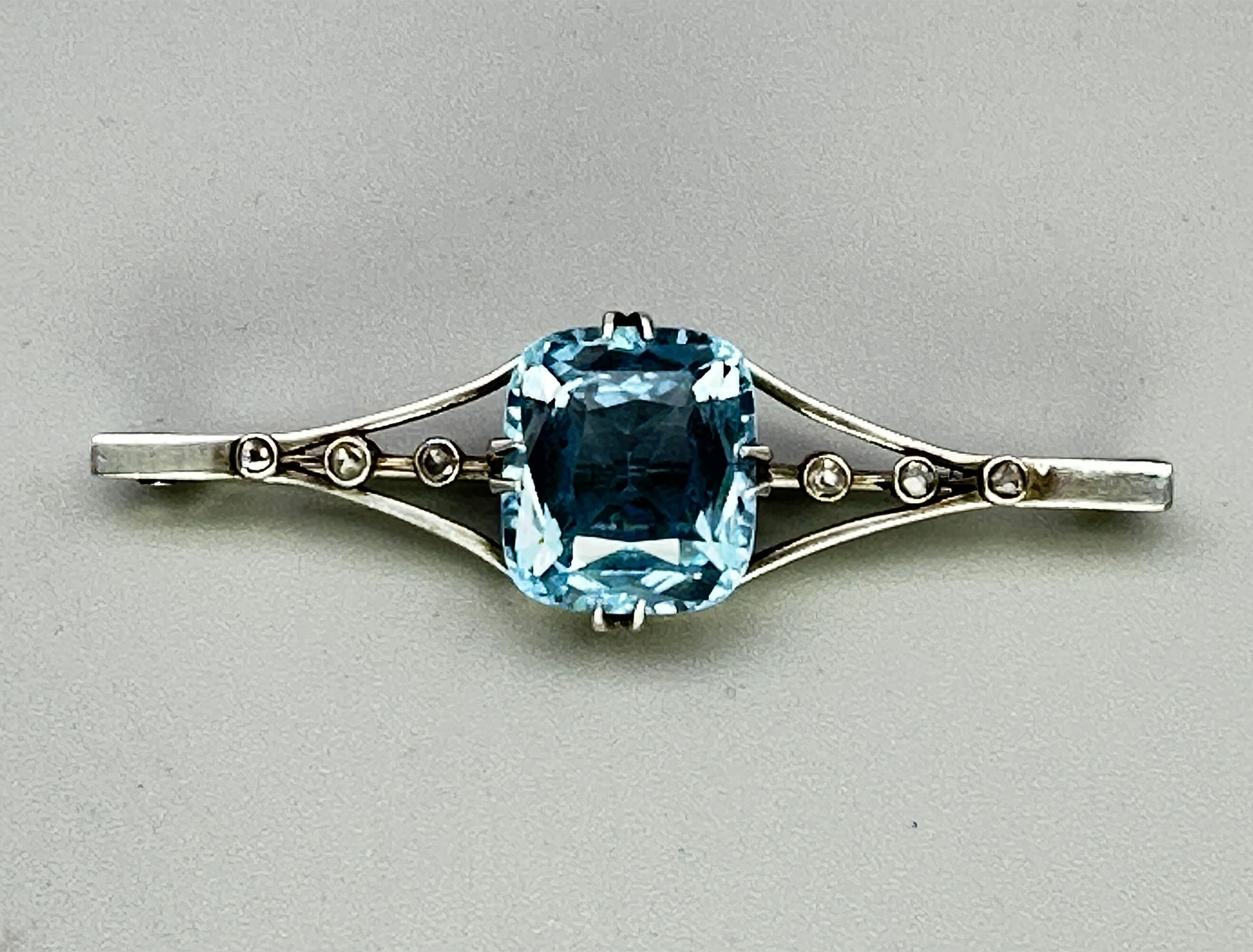
Art Deco brooch with large zircon stone c1930
Price: £175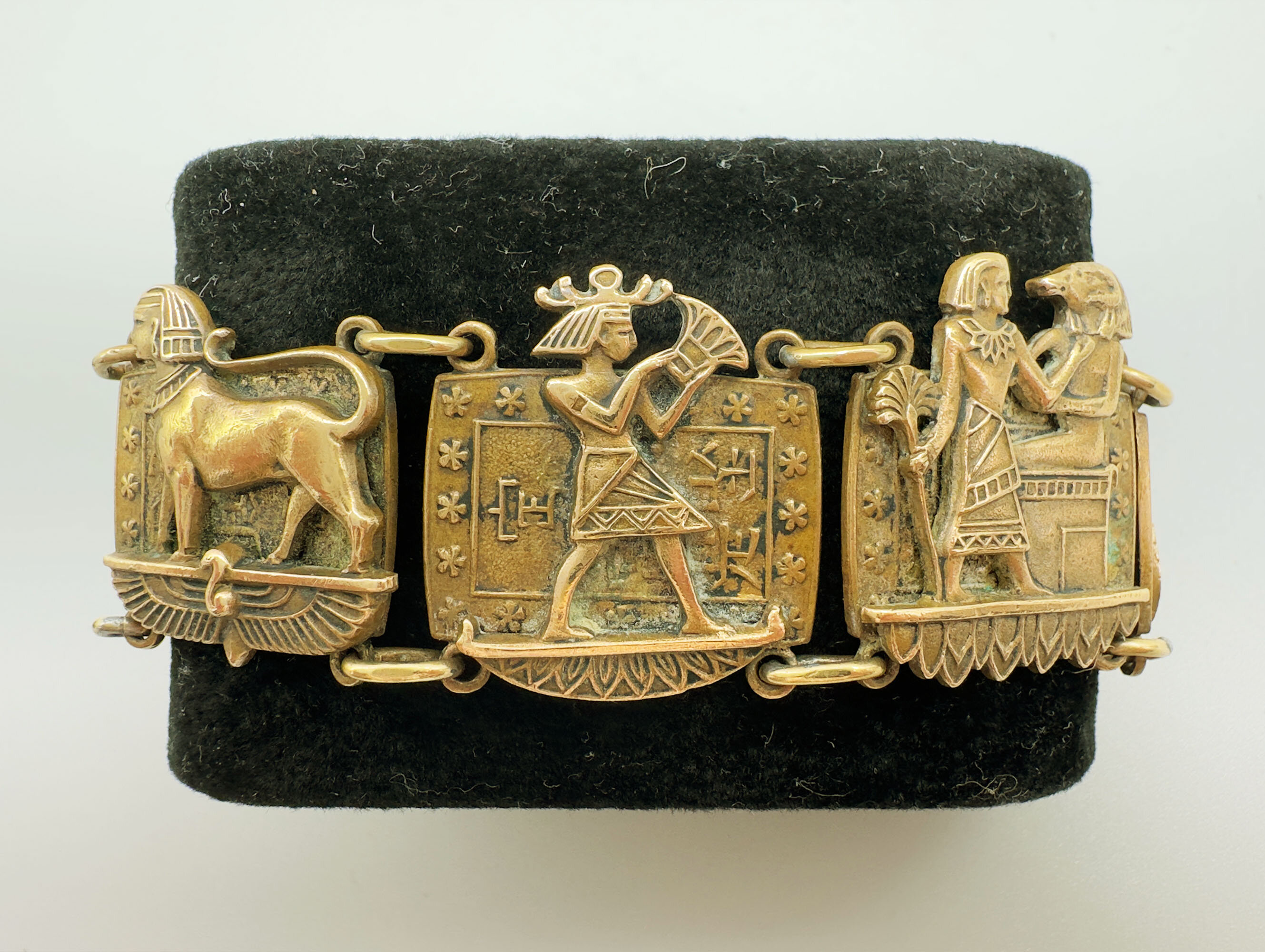
Egyptian Revival souvenir bracelet c1900
Price: £95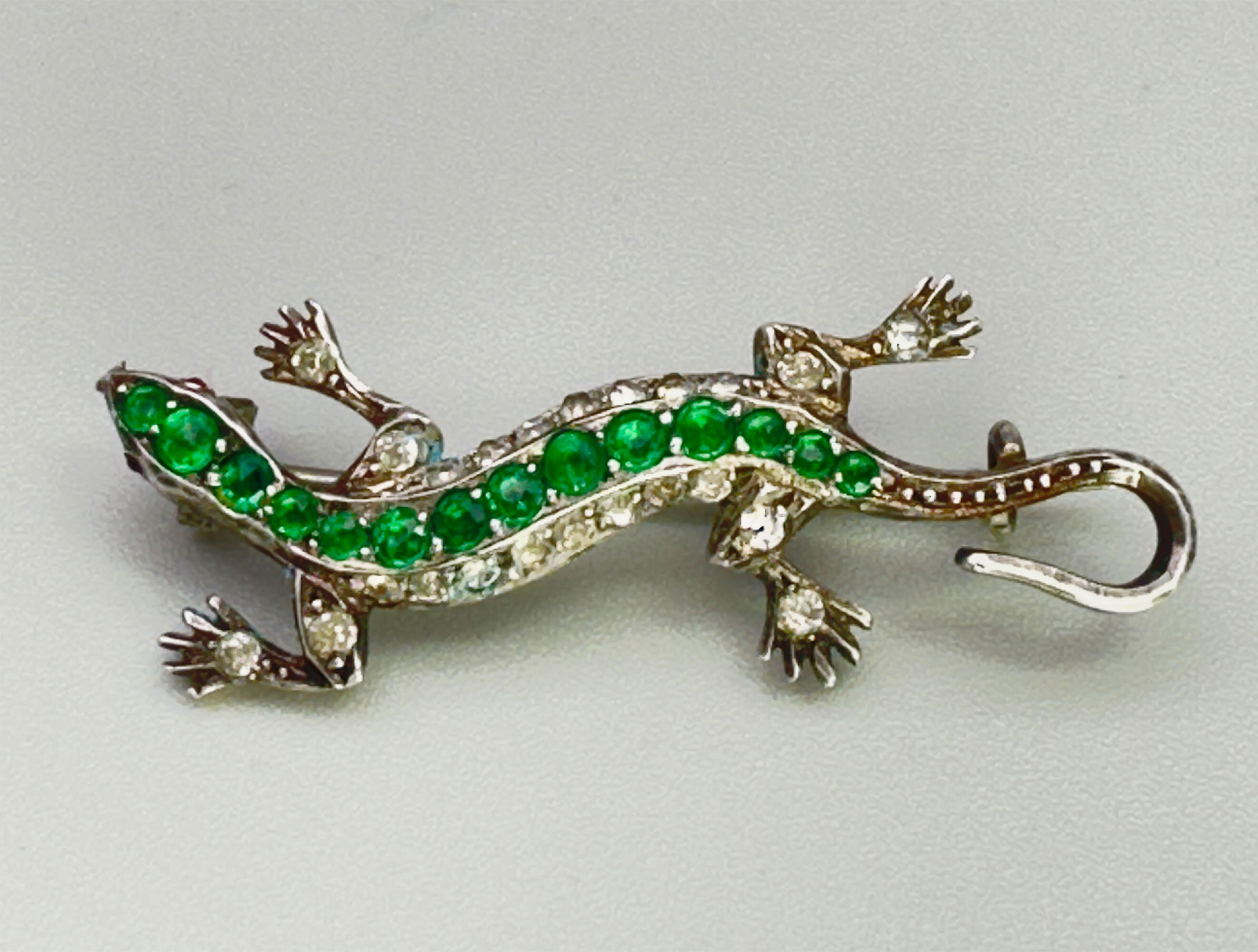
Victorian silver lizard brooch with paste stones c1880
Price: £100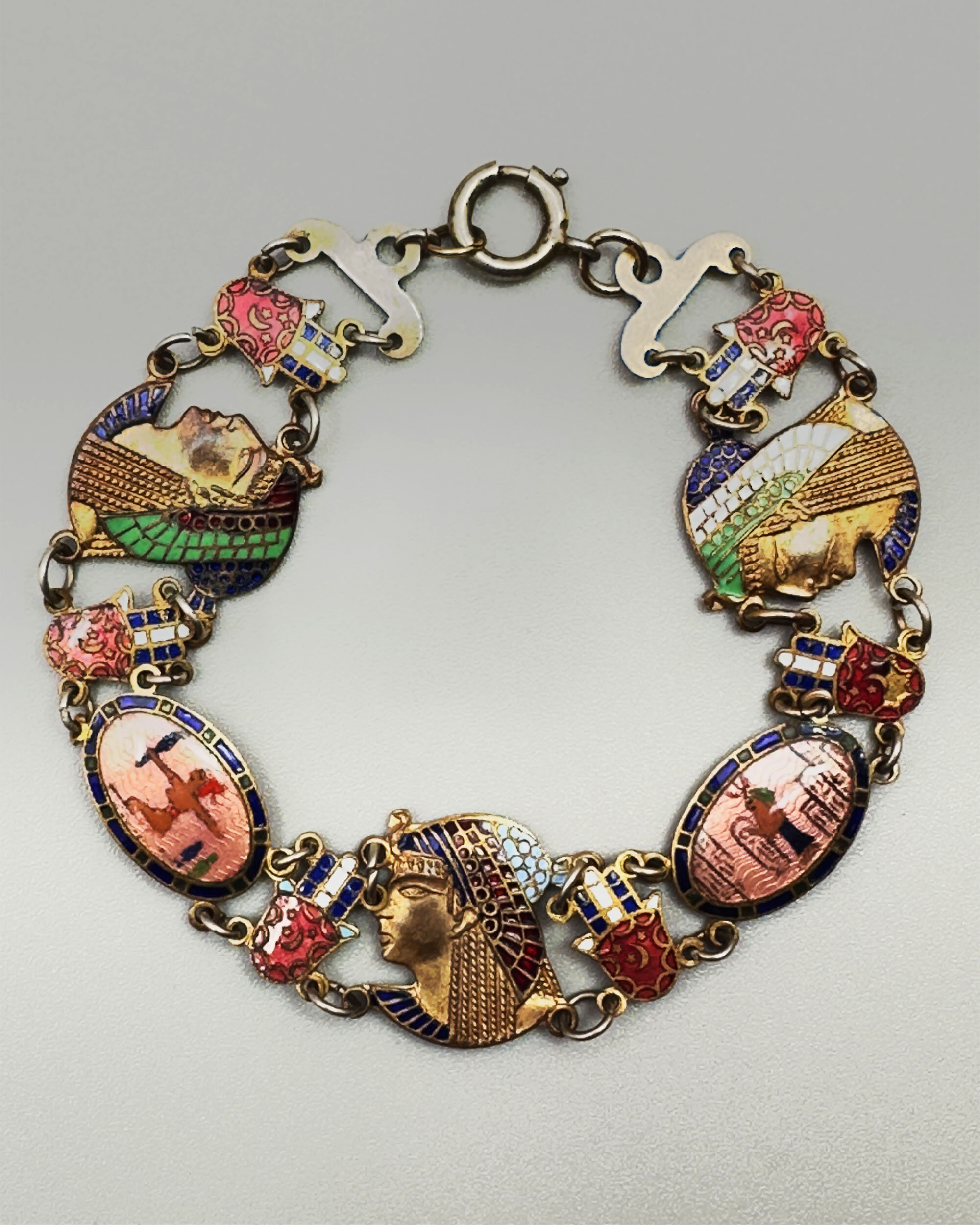
French enamel egyptian revival bracelet c1900
Price: £125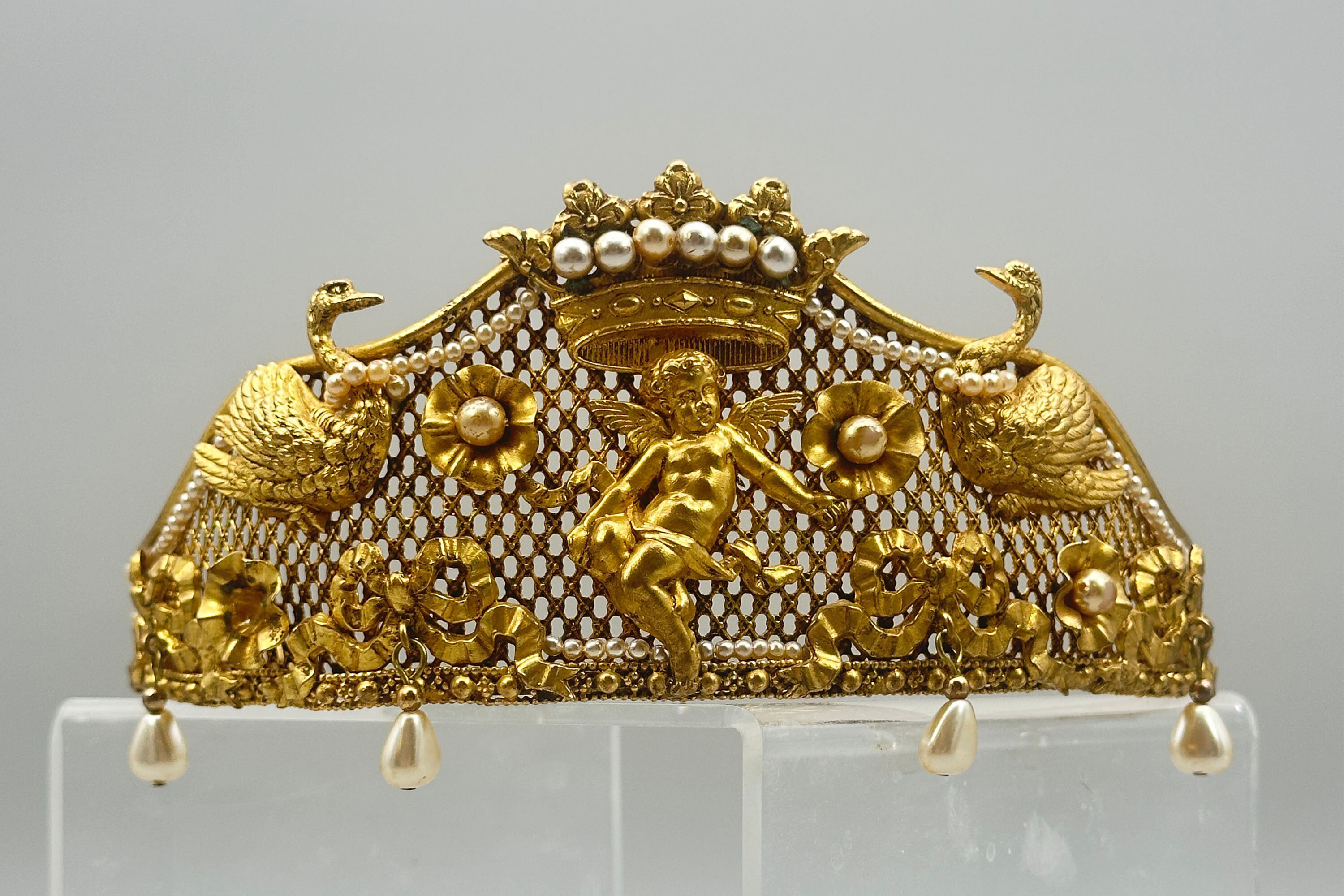
Unique Butler & Wilson Neoclassical Tiara 1980s
Price: £195As most people who love costume jewellery know, Butler & Wilson have been and are a powerhouse British brand that have been designing costume jewellery since the 1970s. Pieces like this one are quite collectable due to their age and design. There are many collectors around the world that collect both vintage and new pieces. This one is for you!
